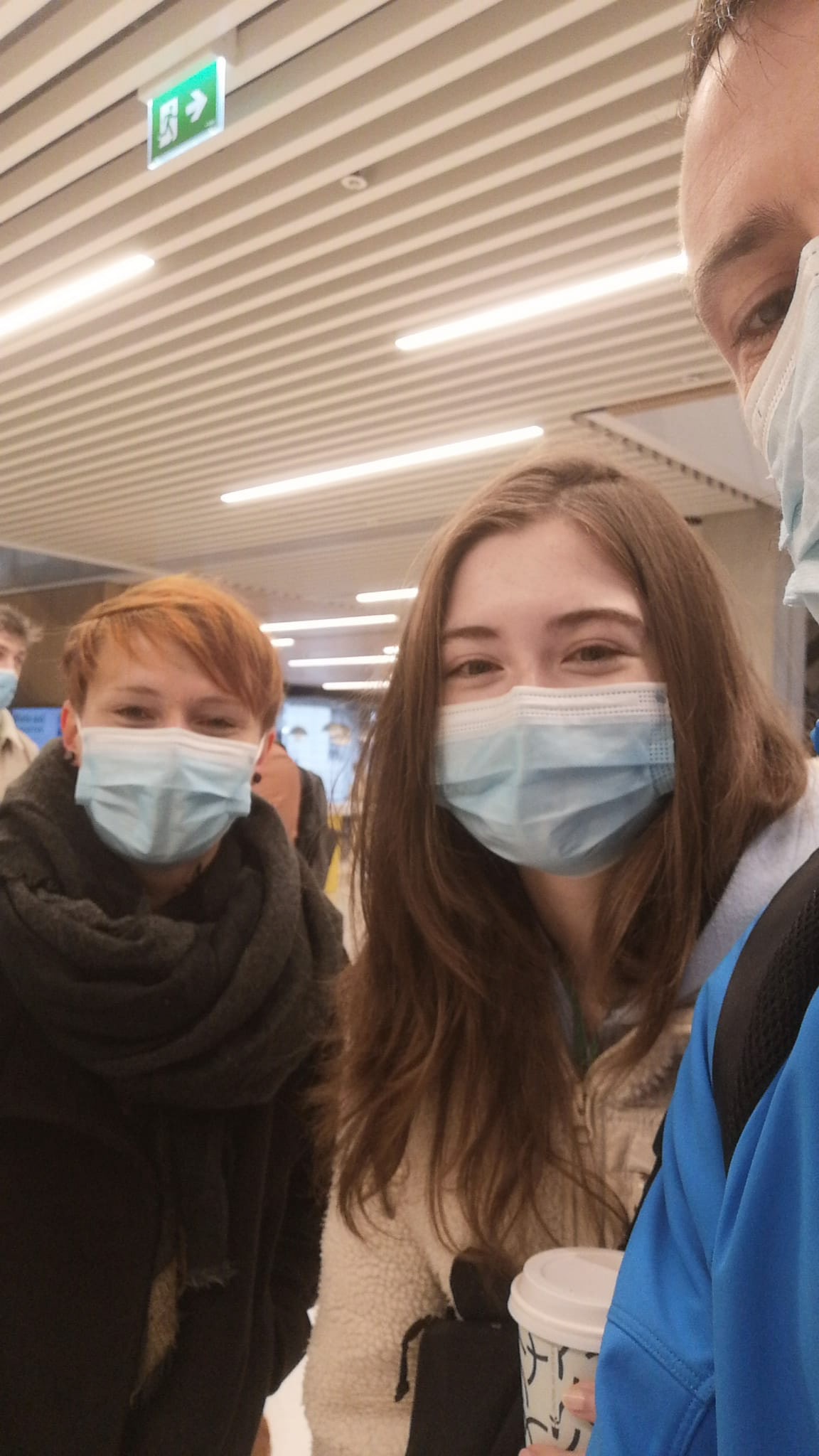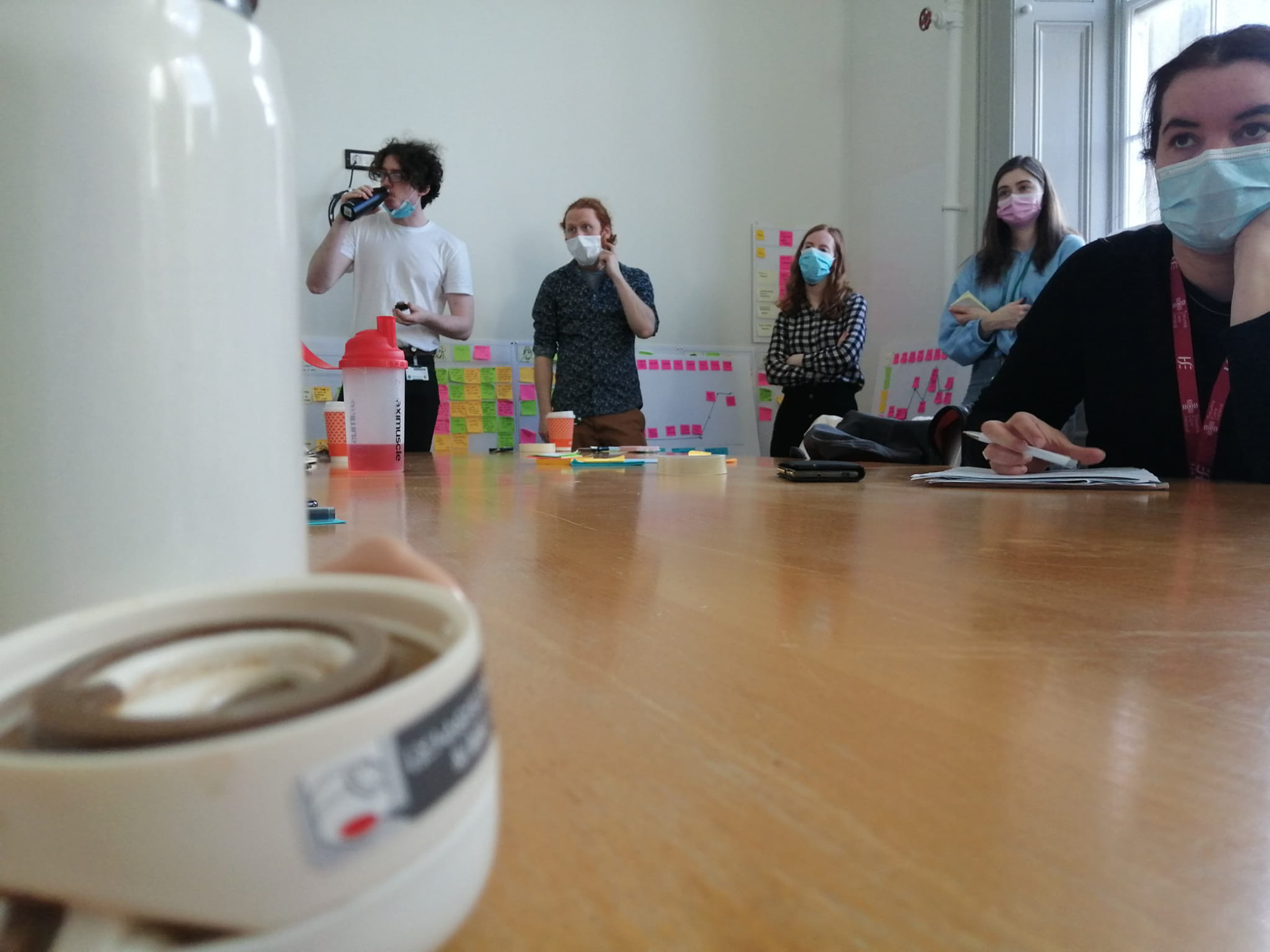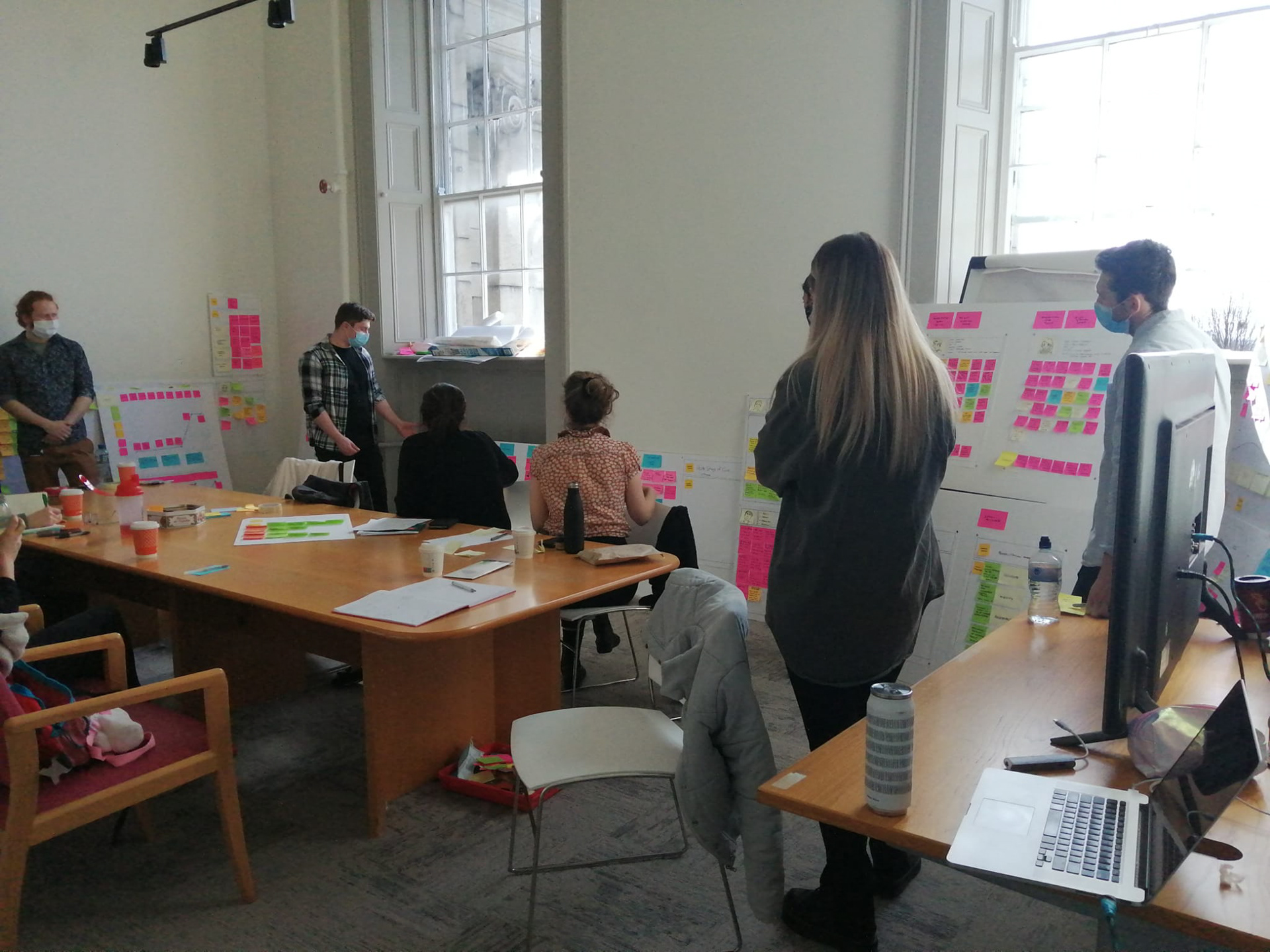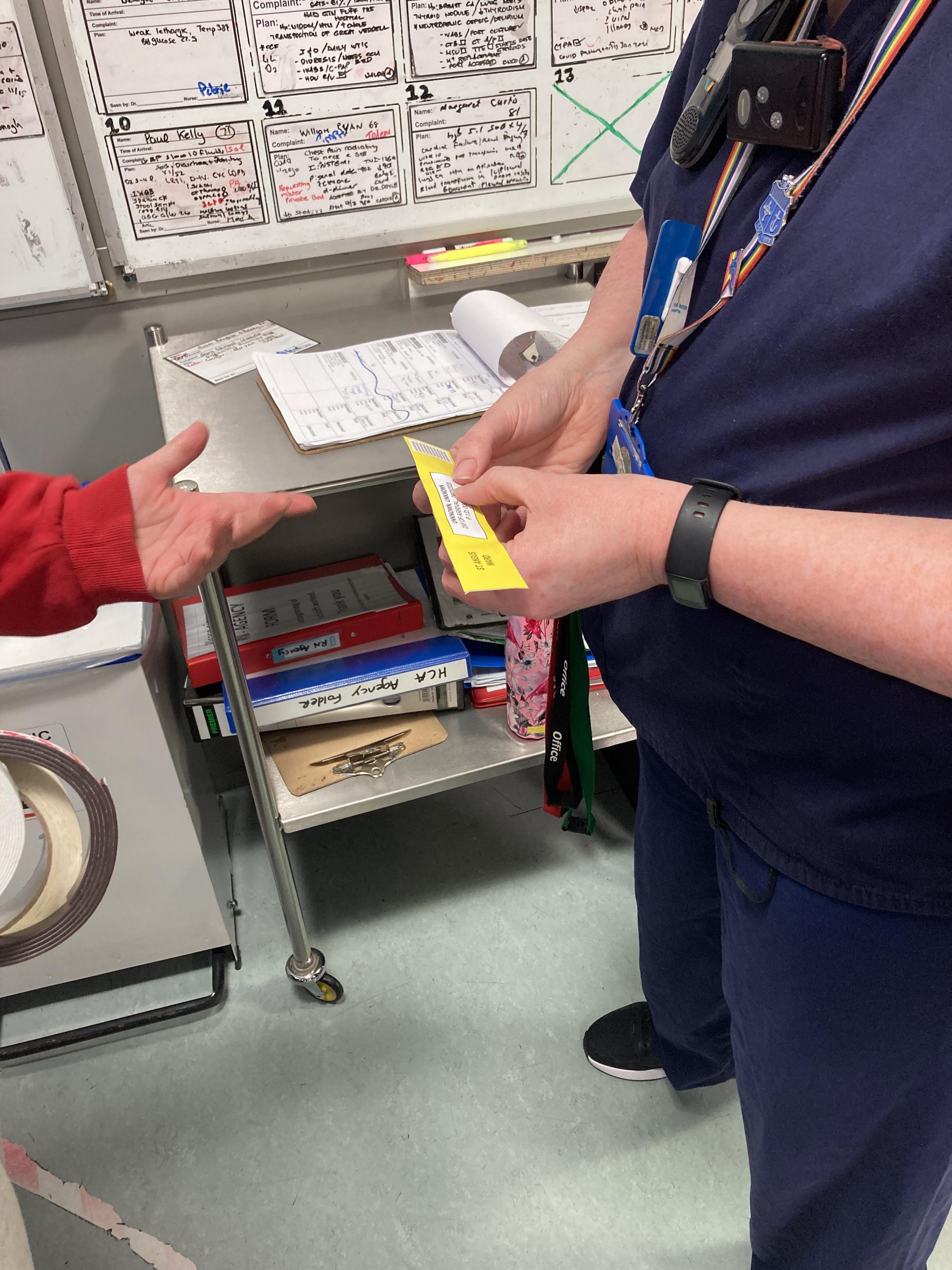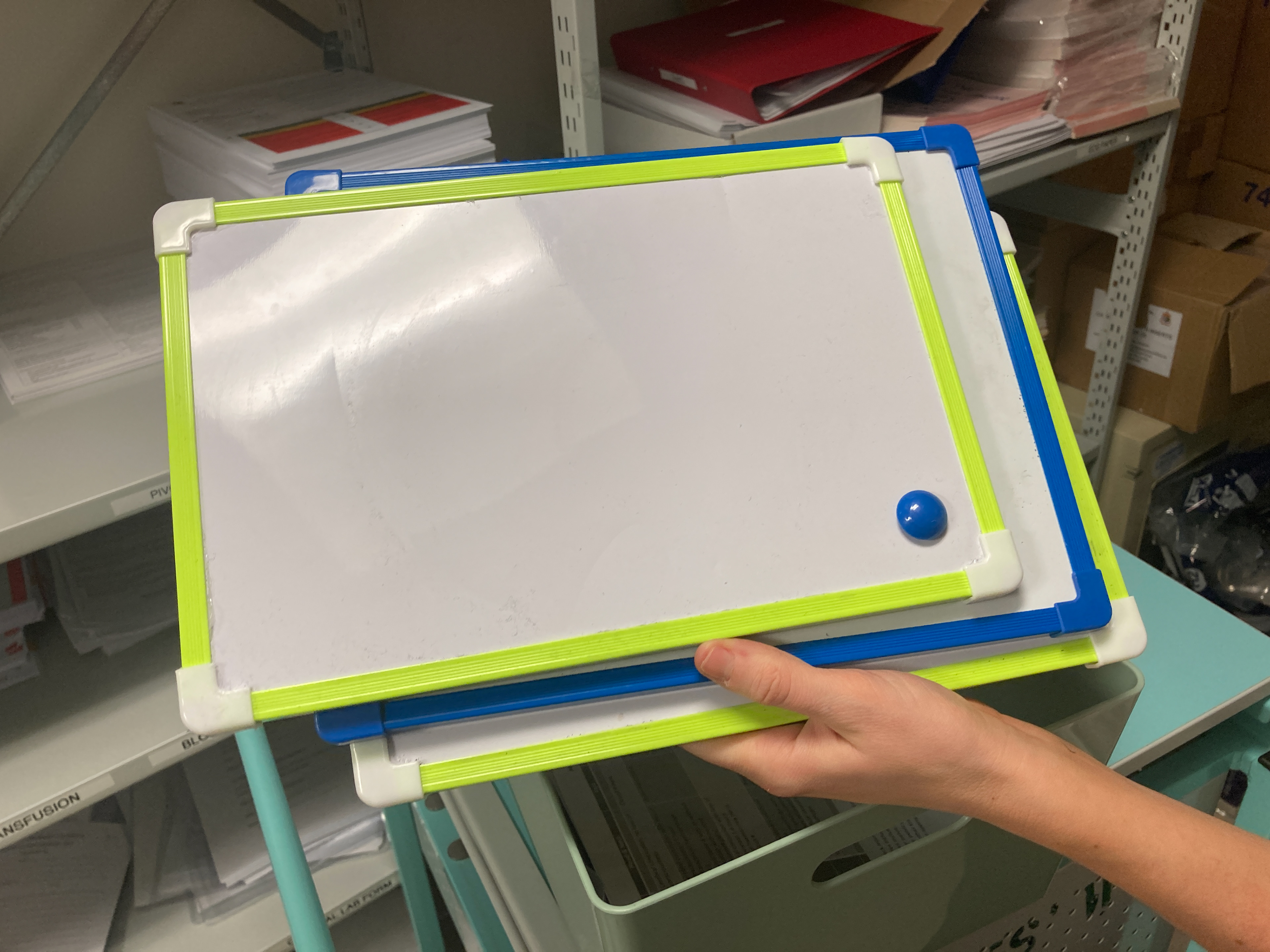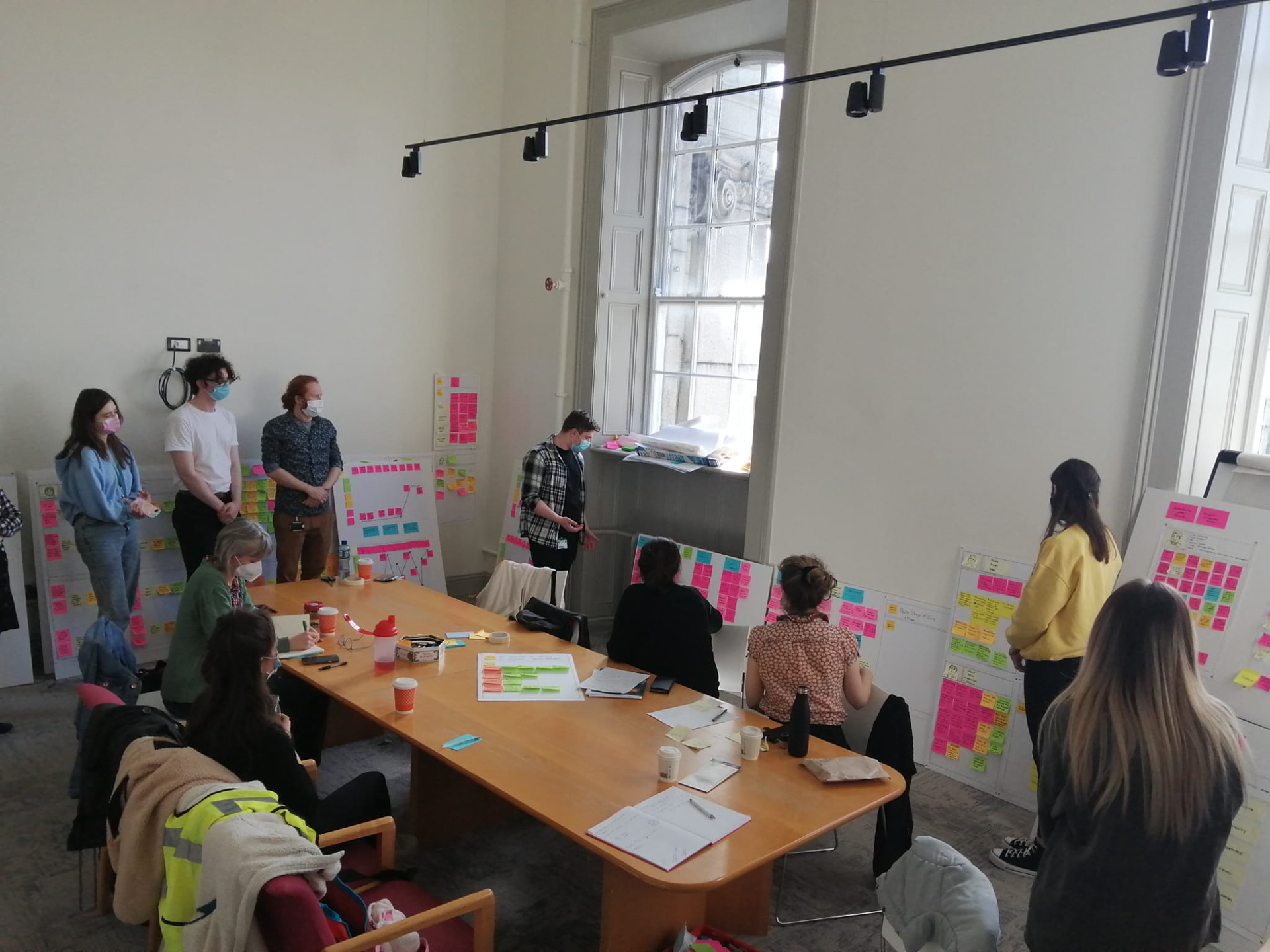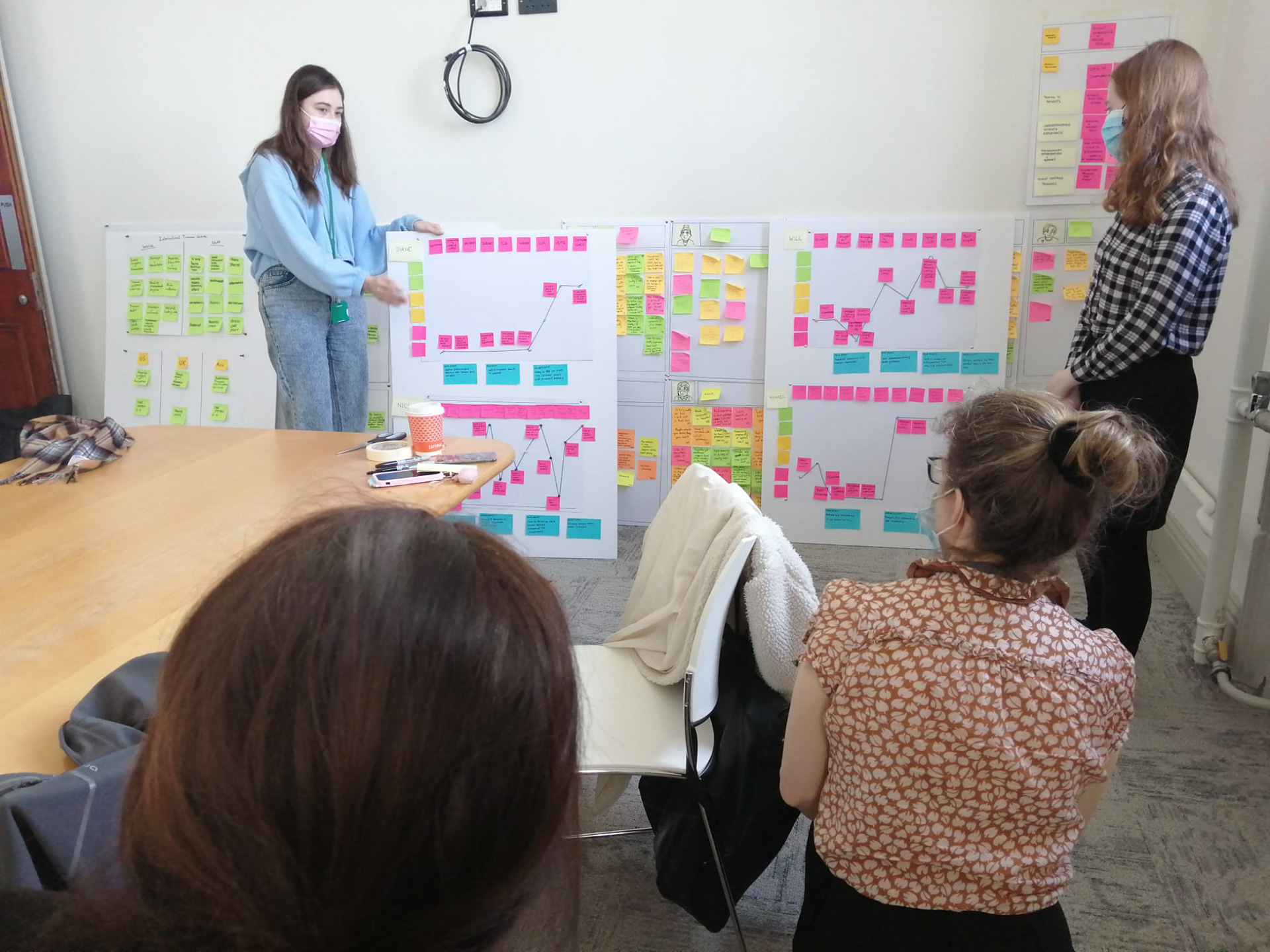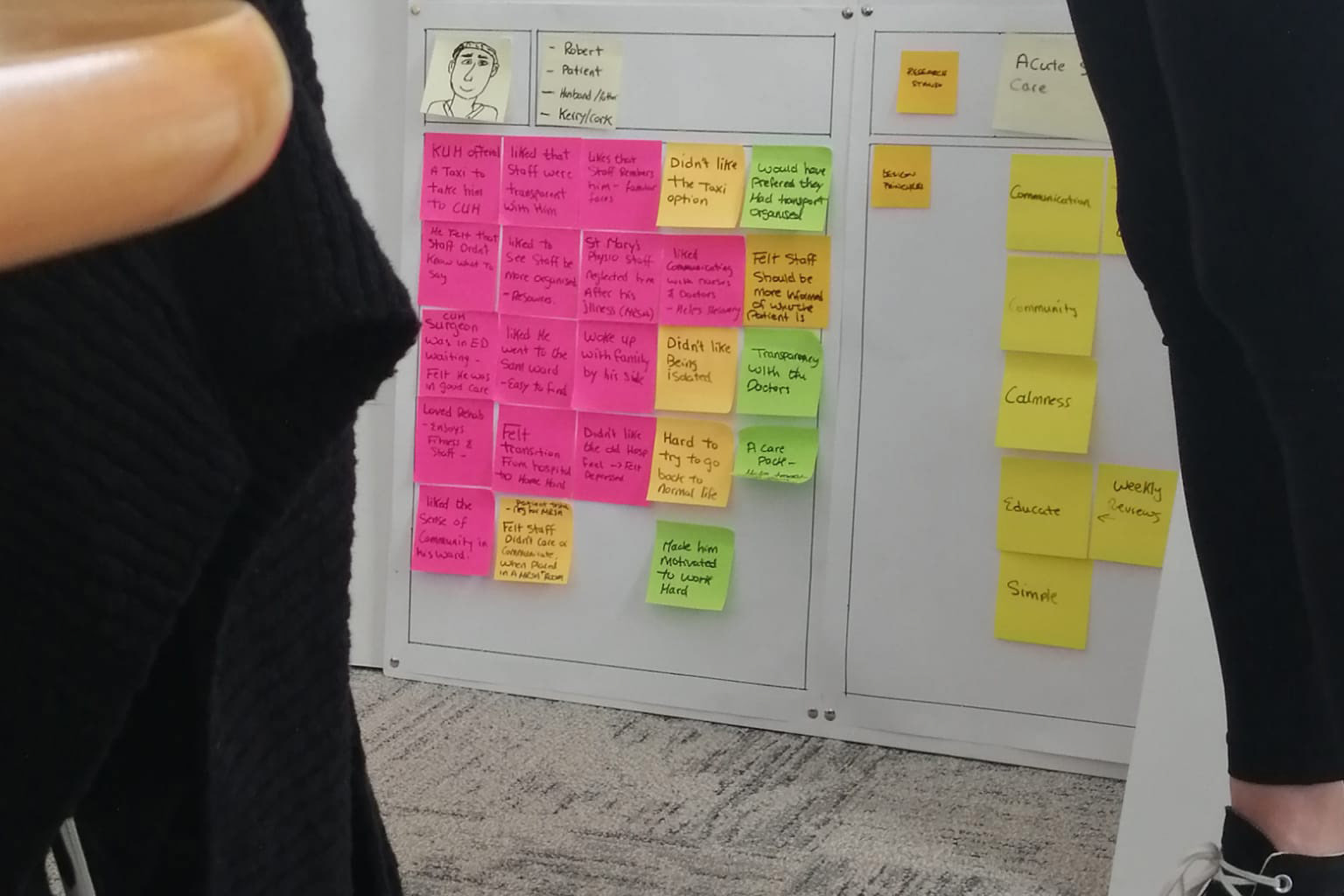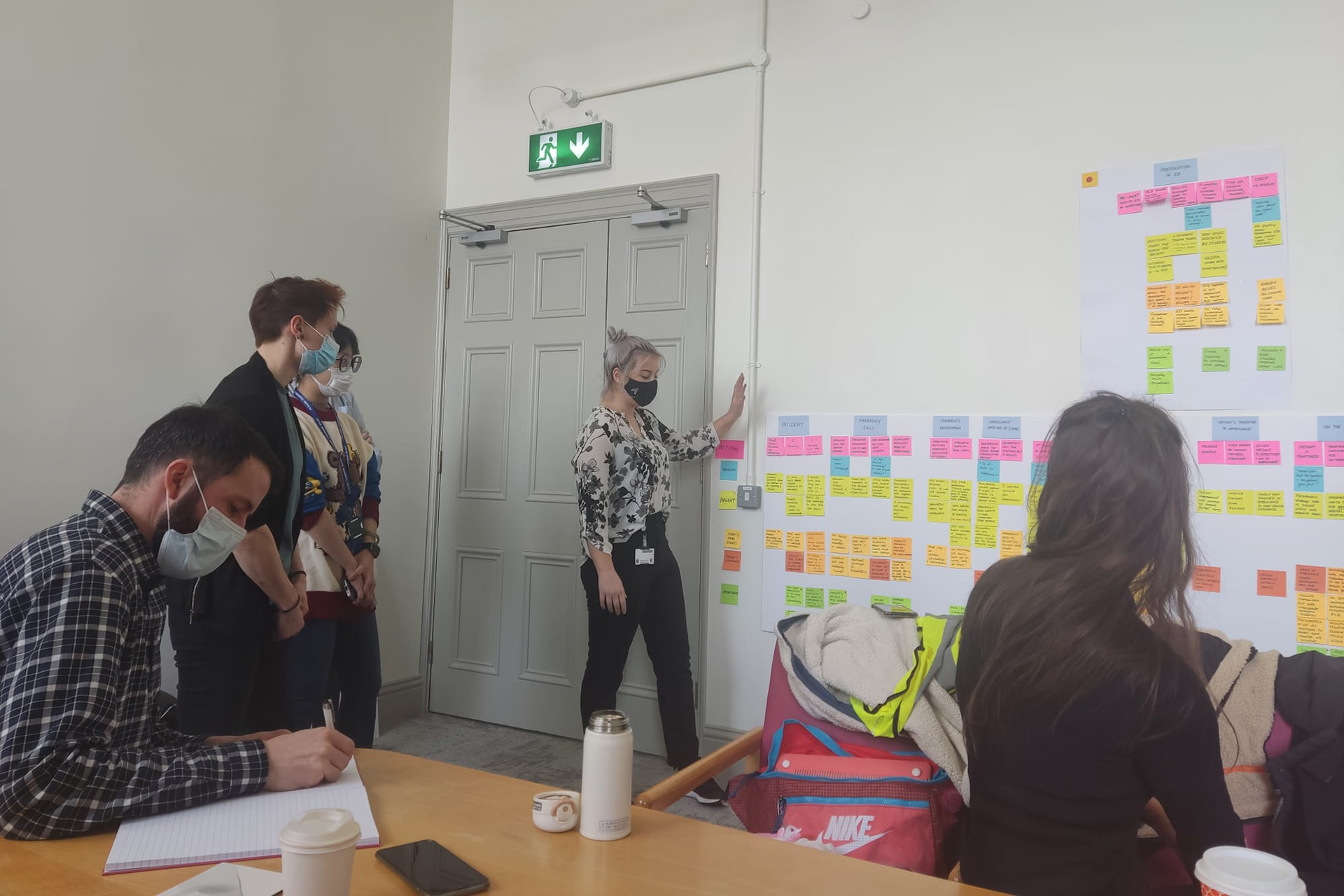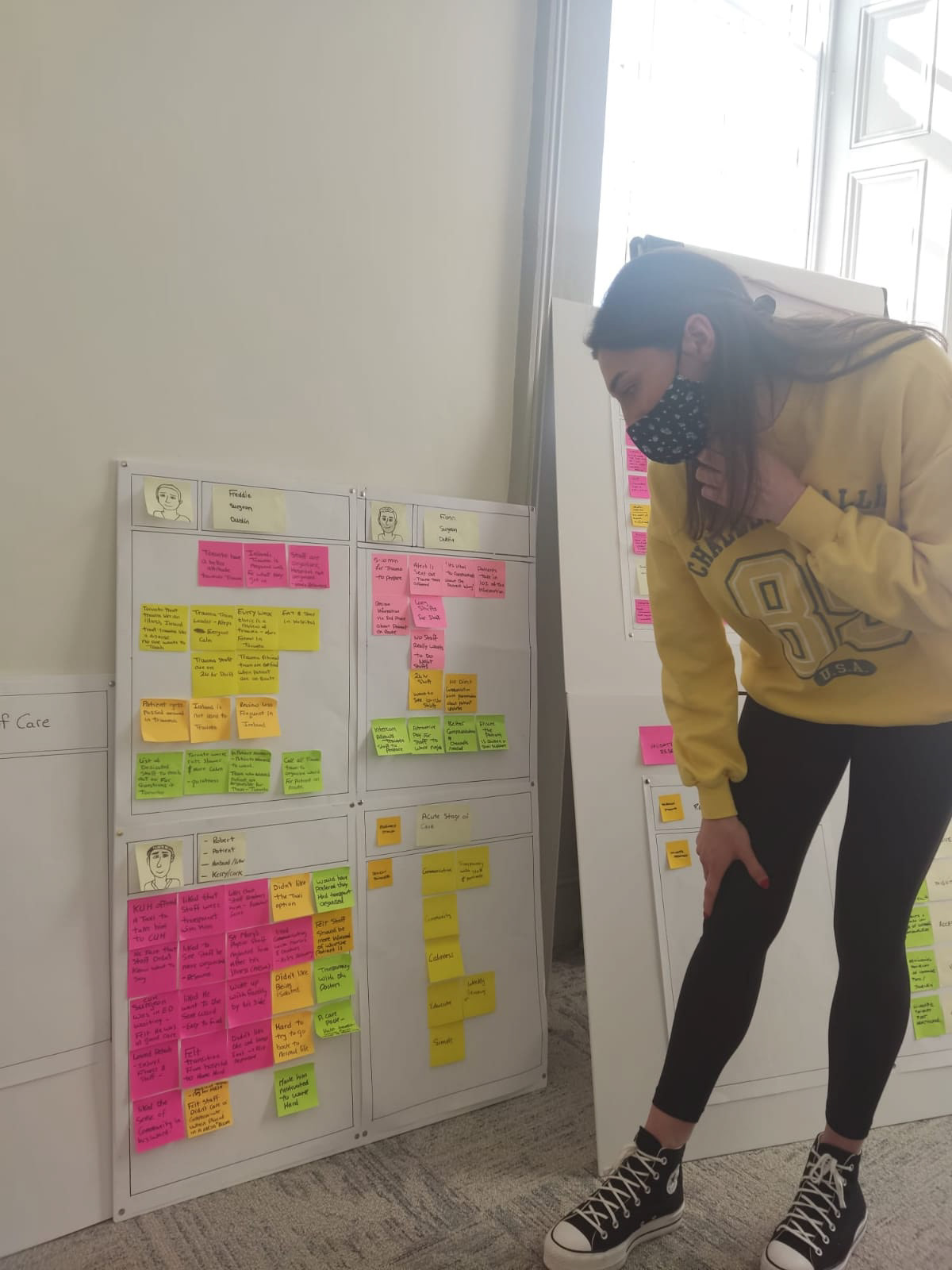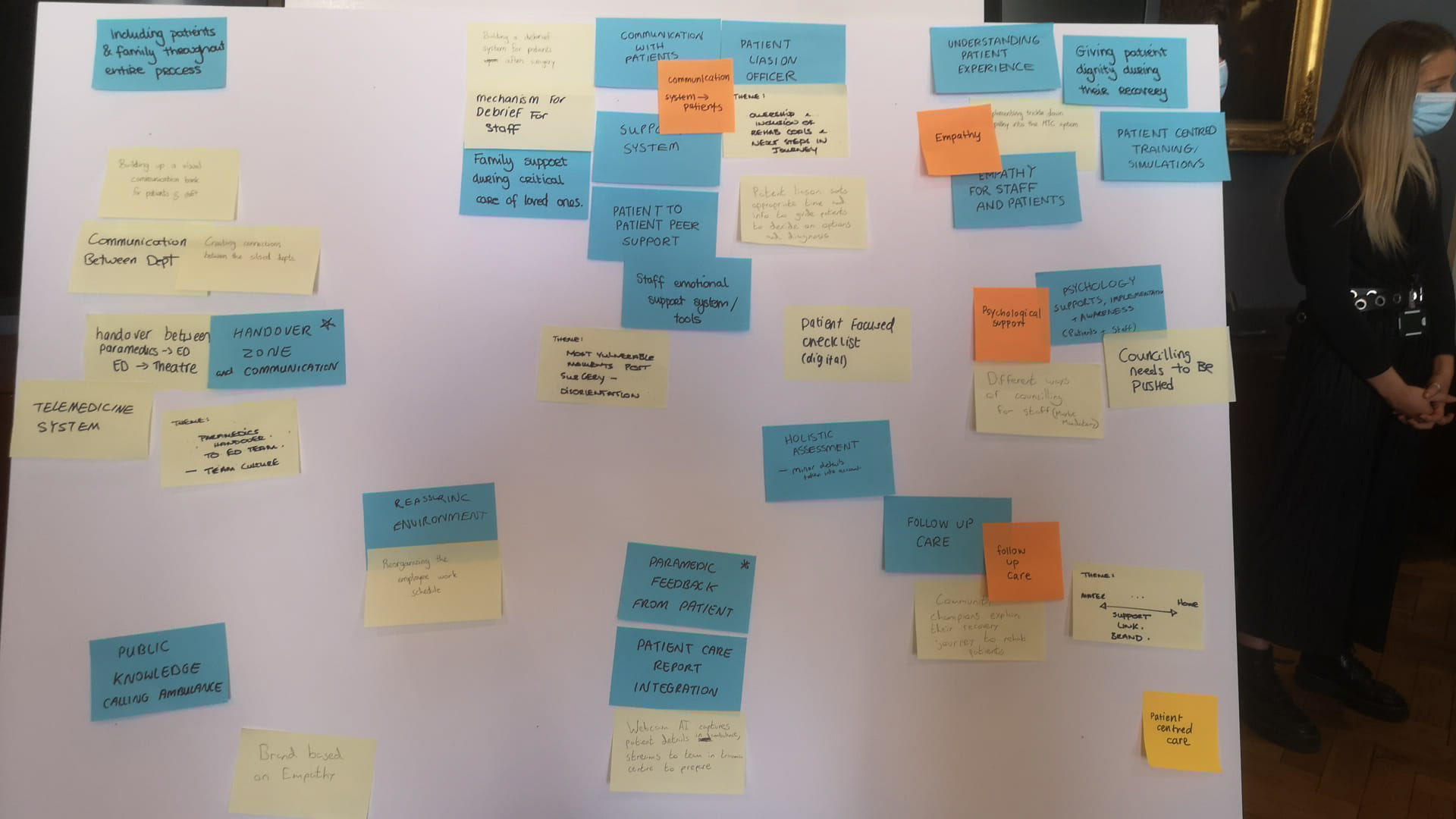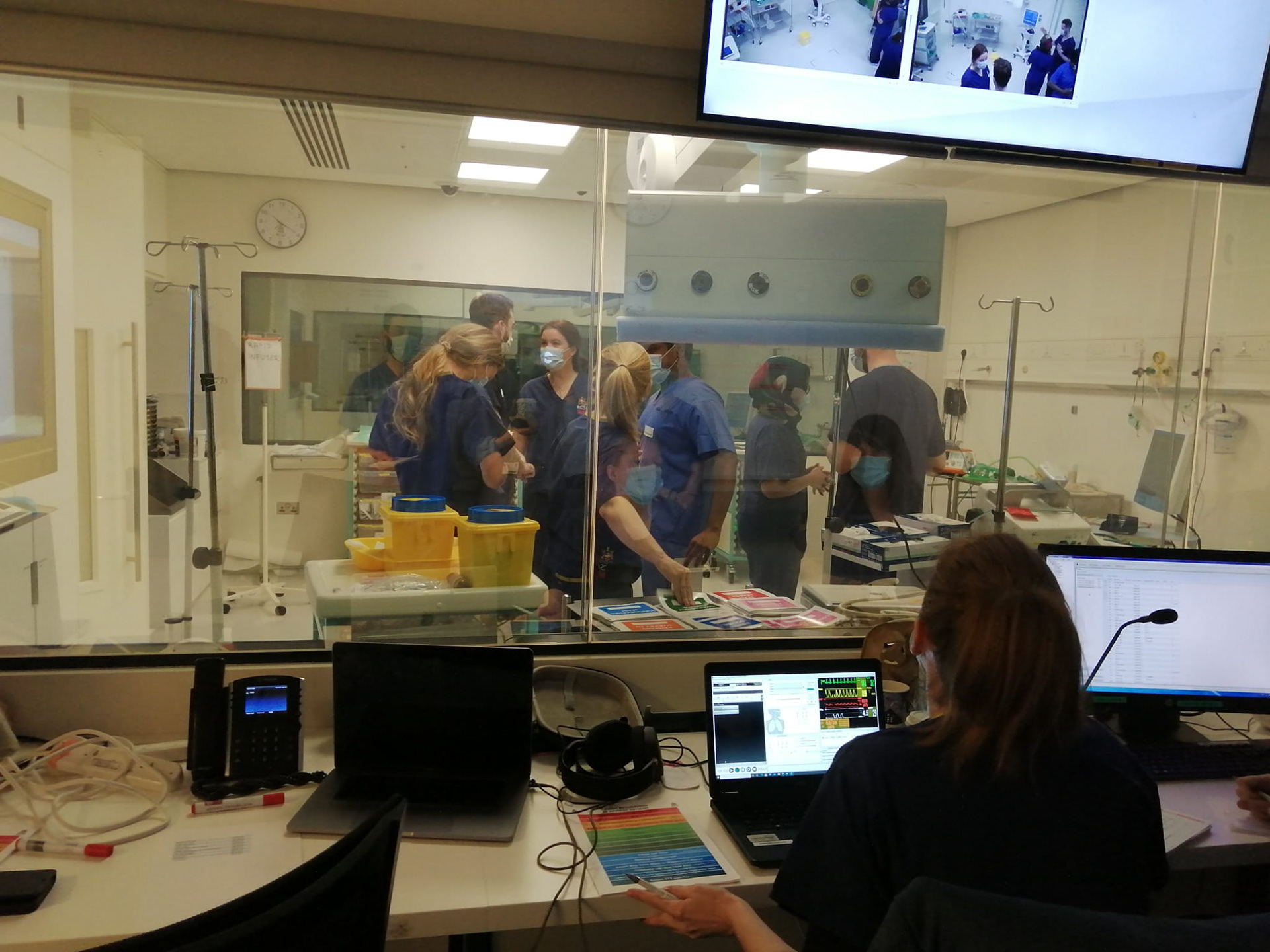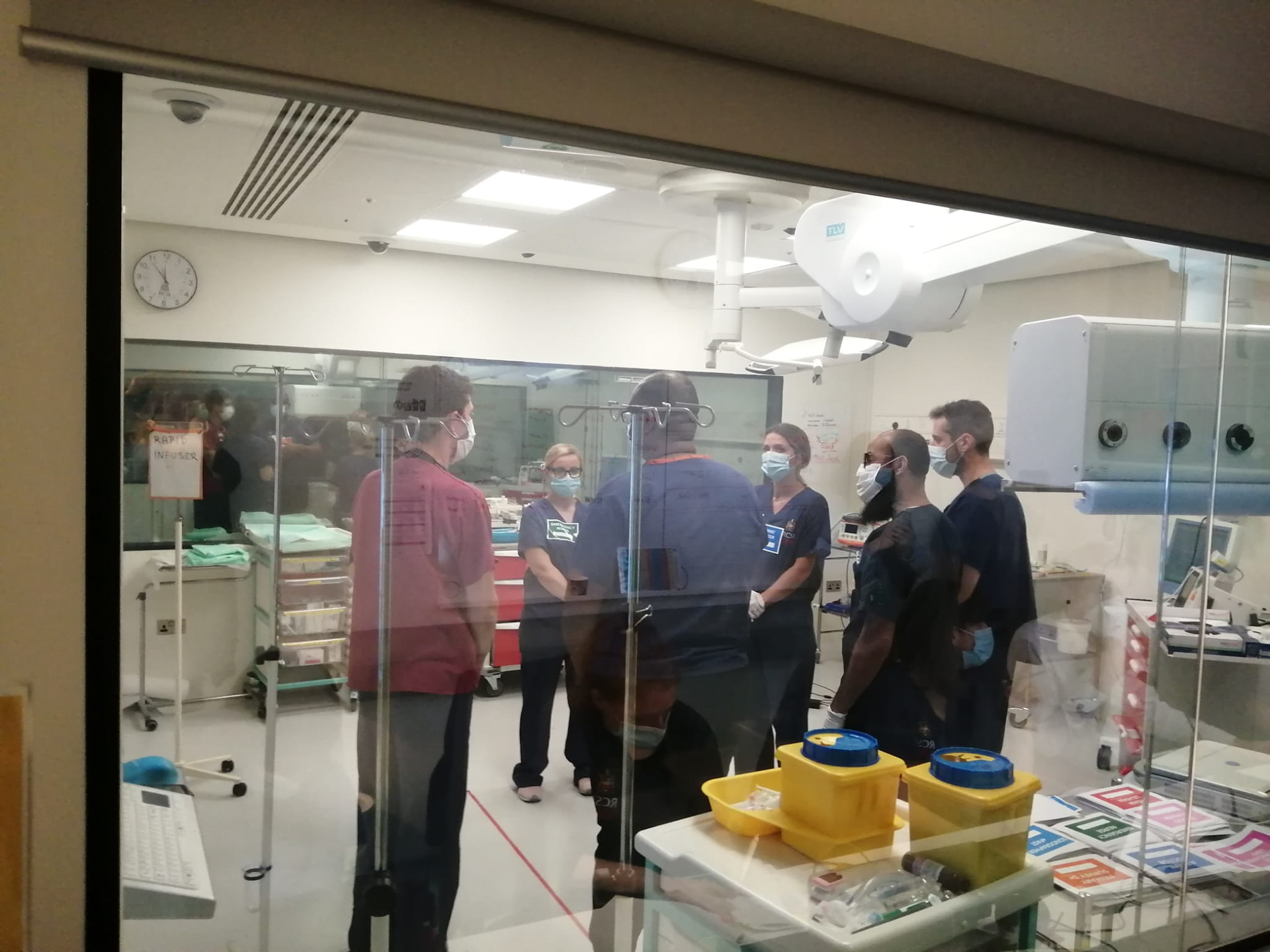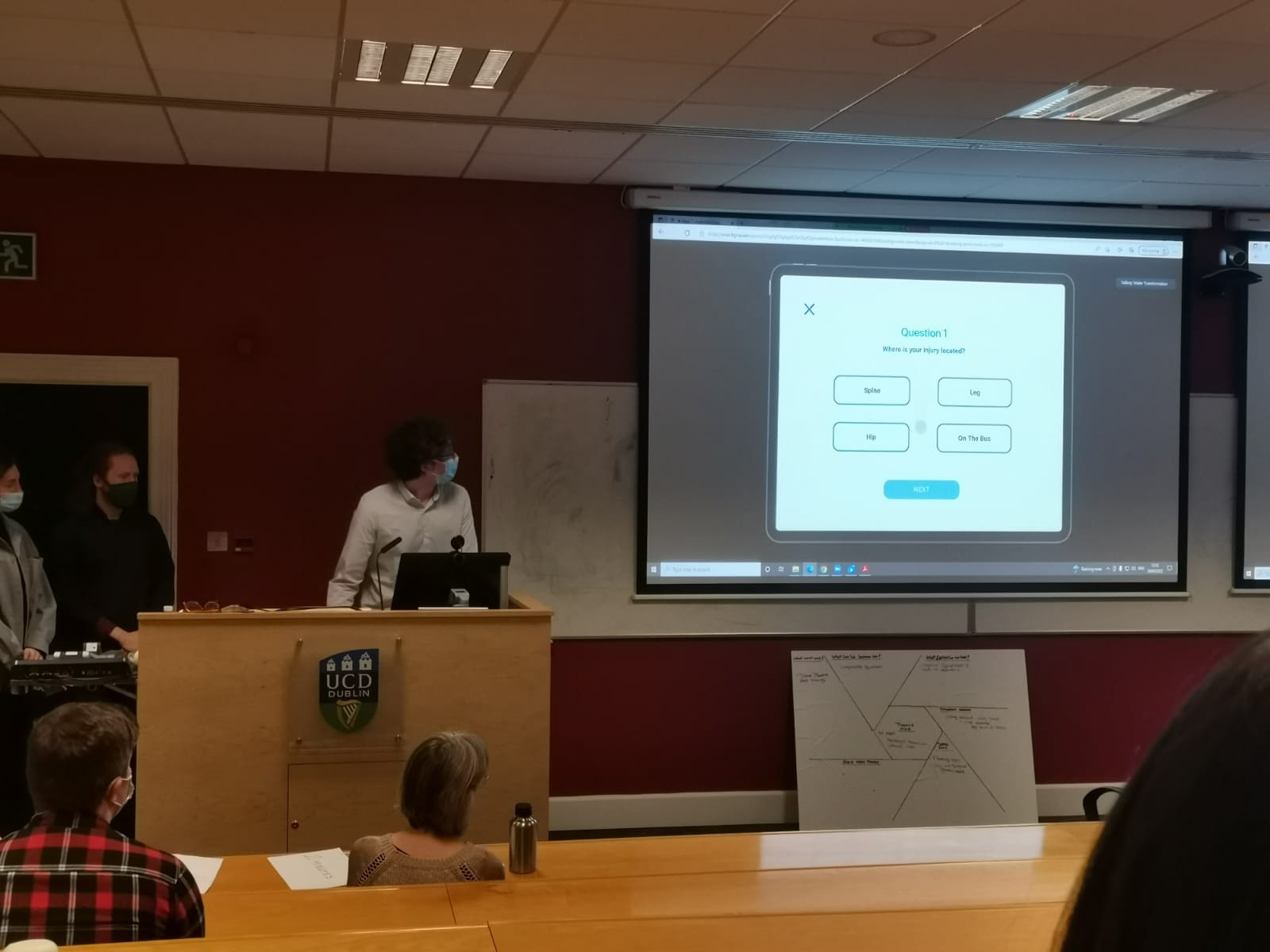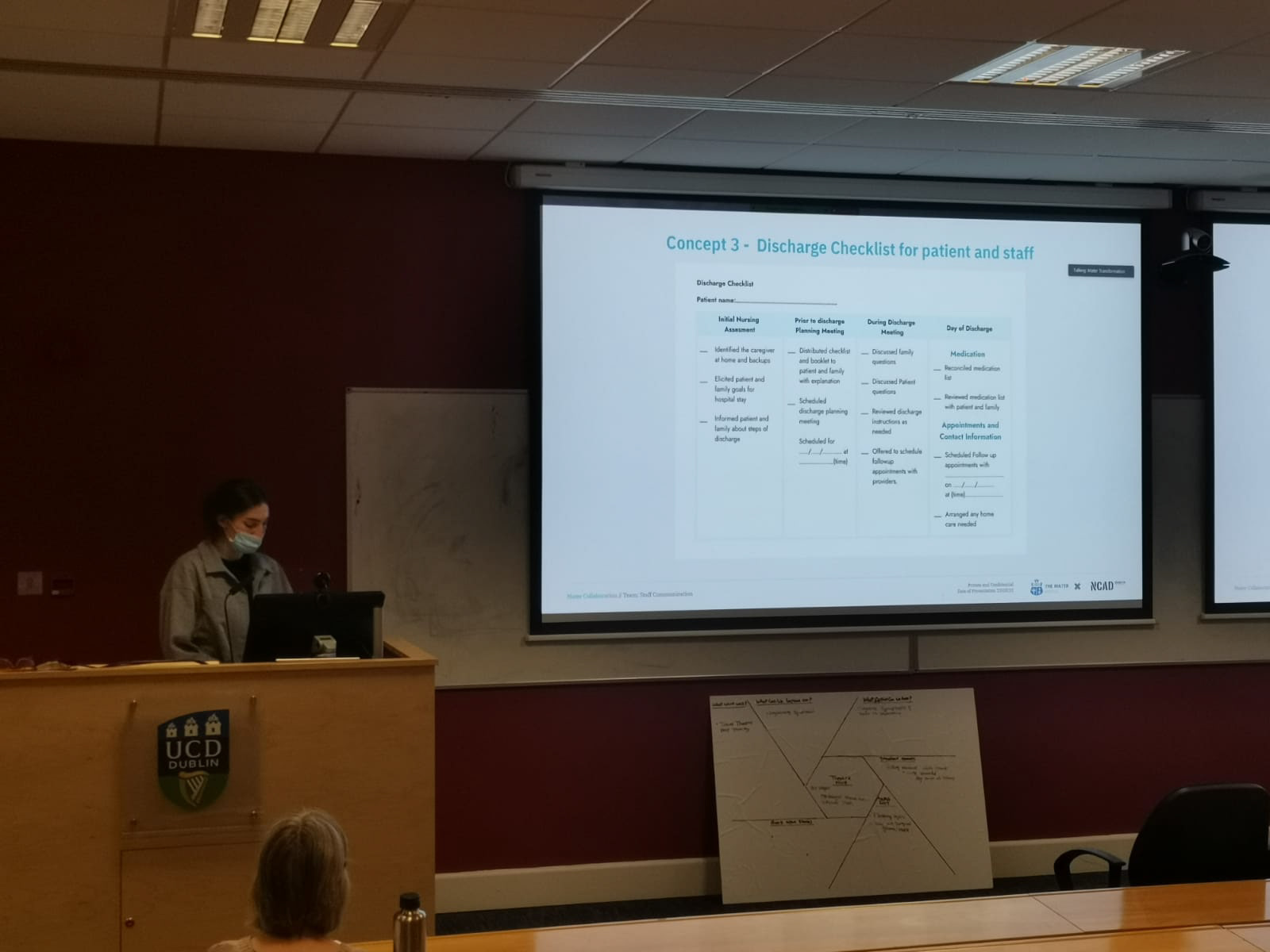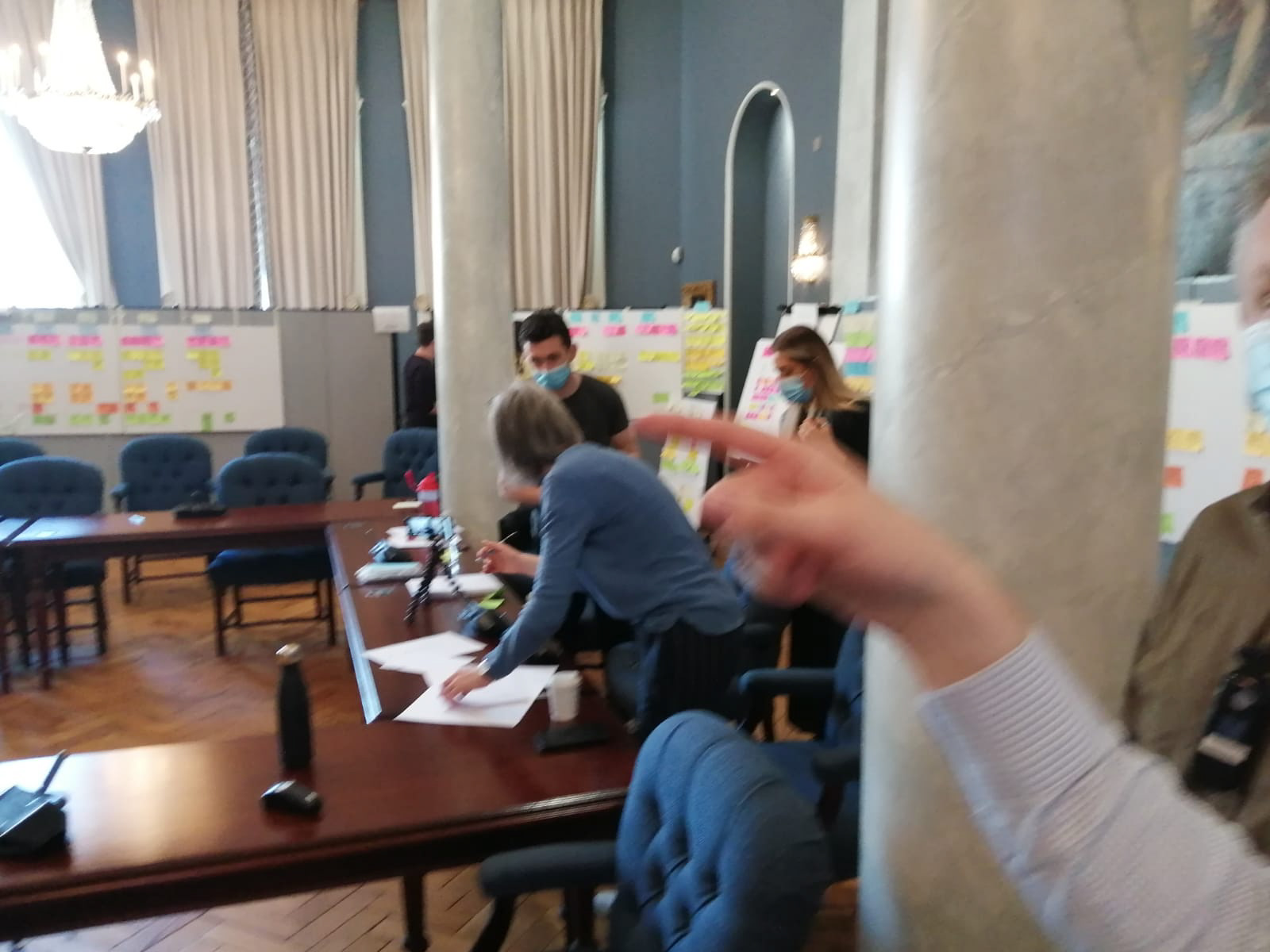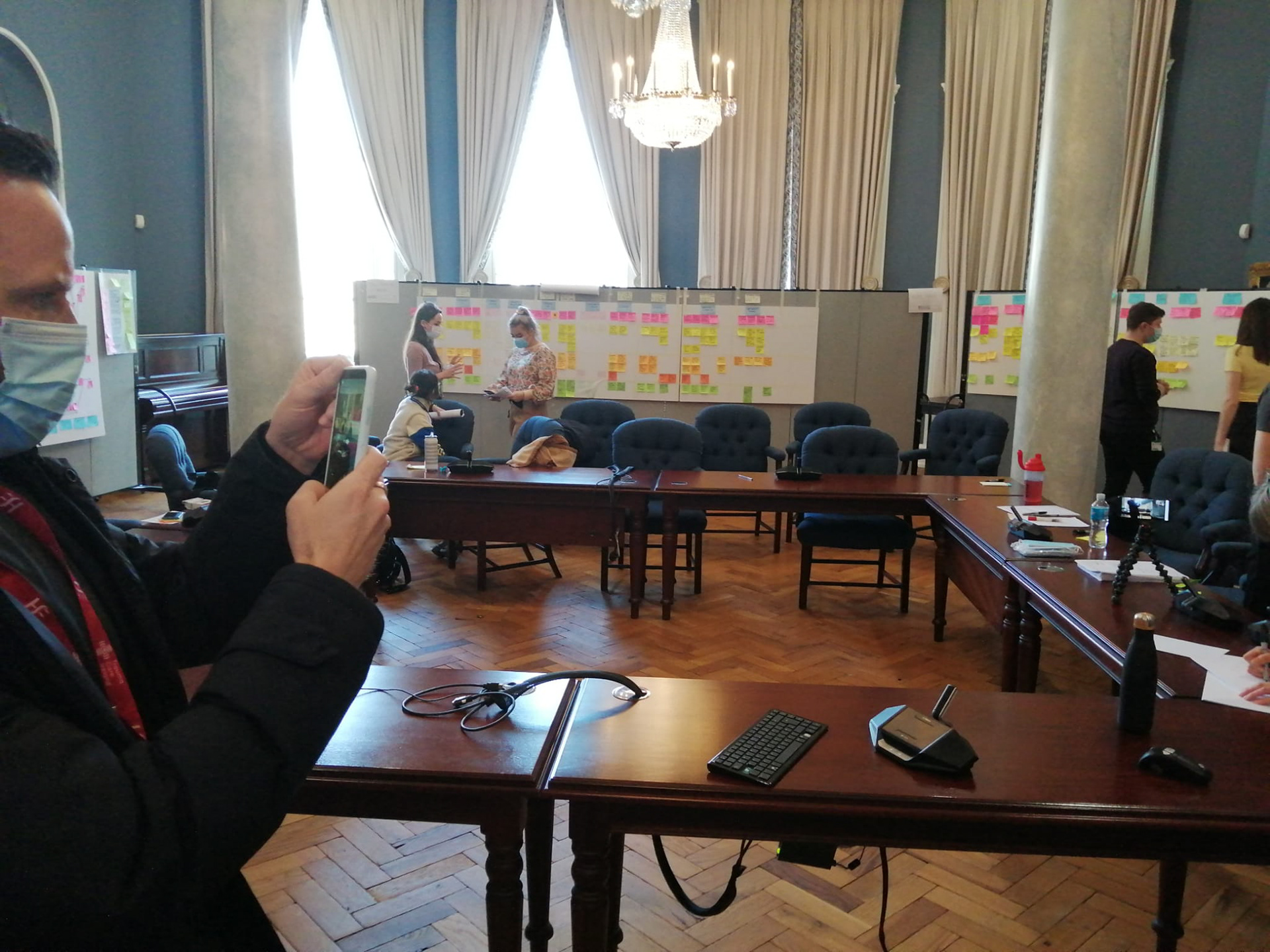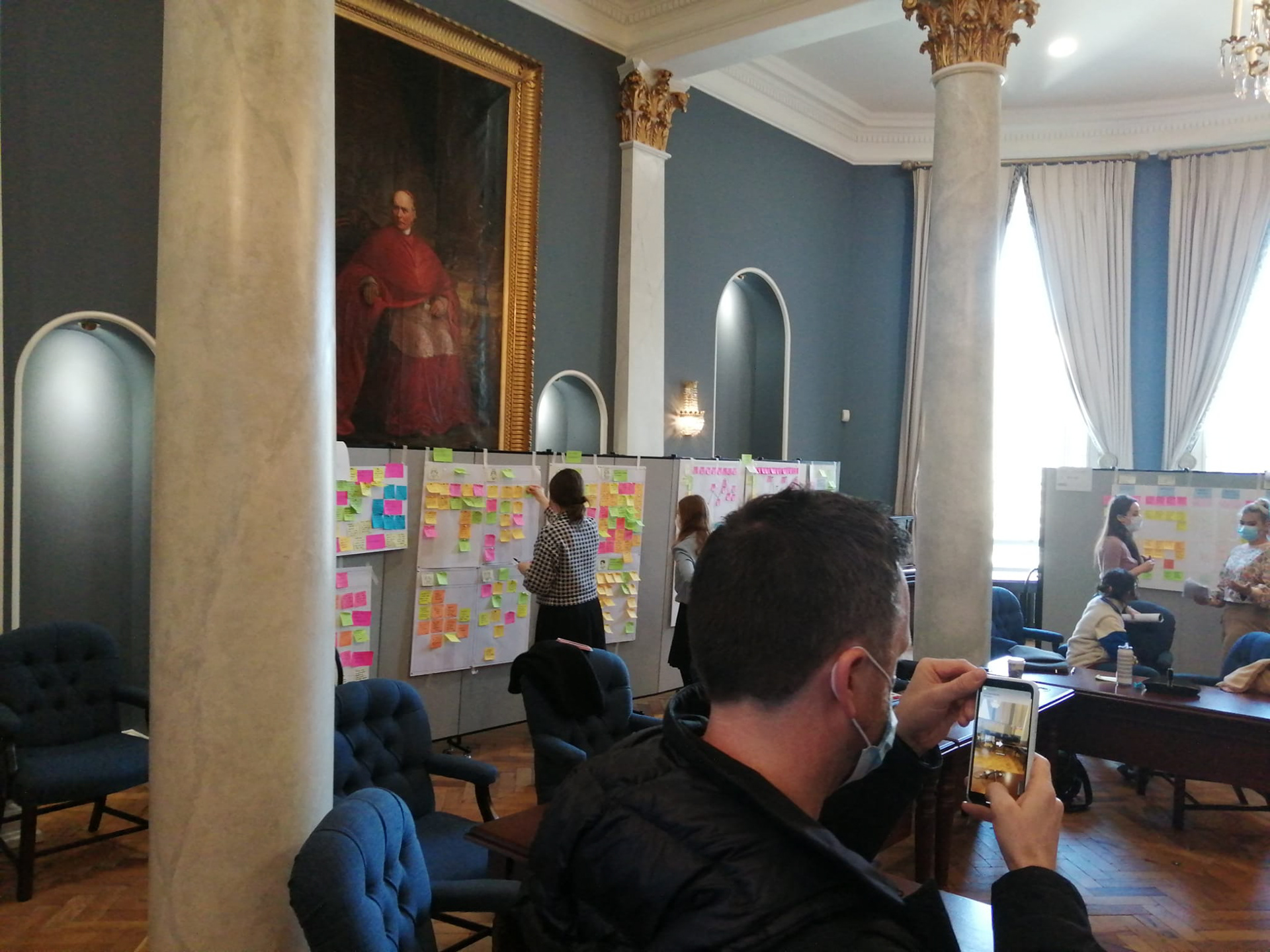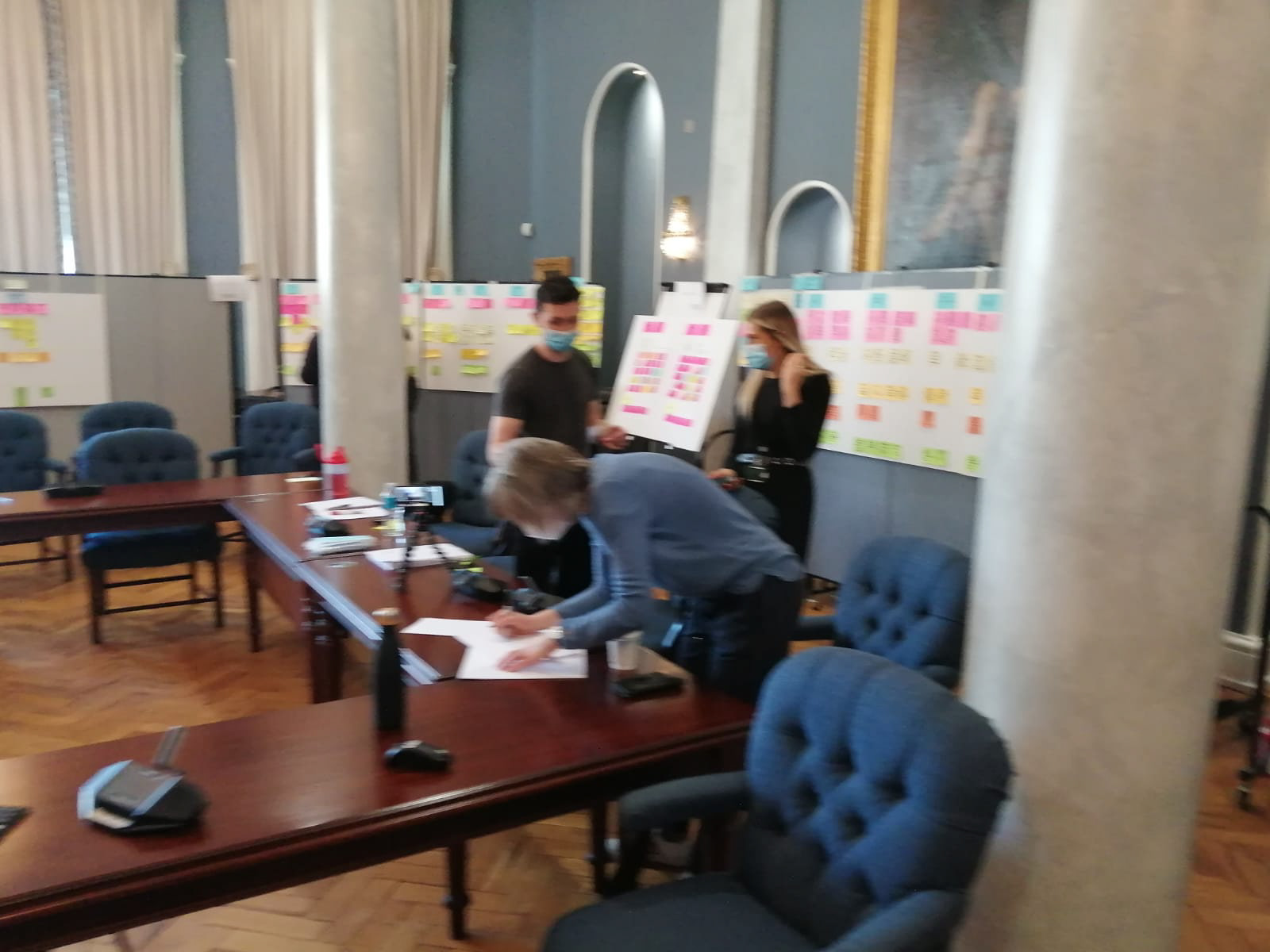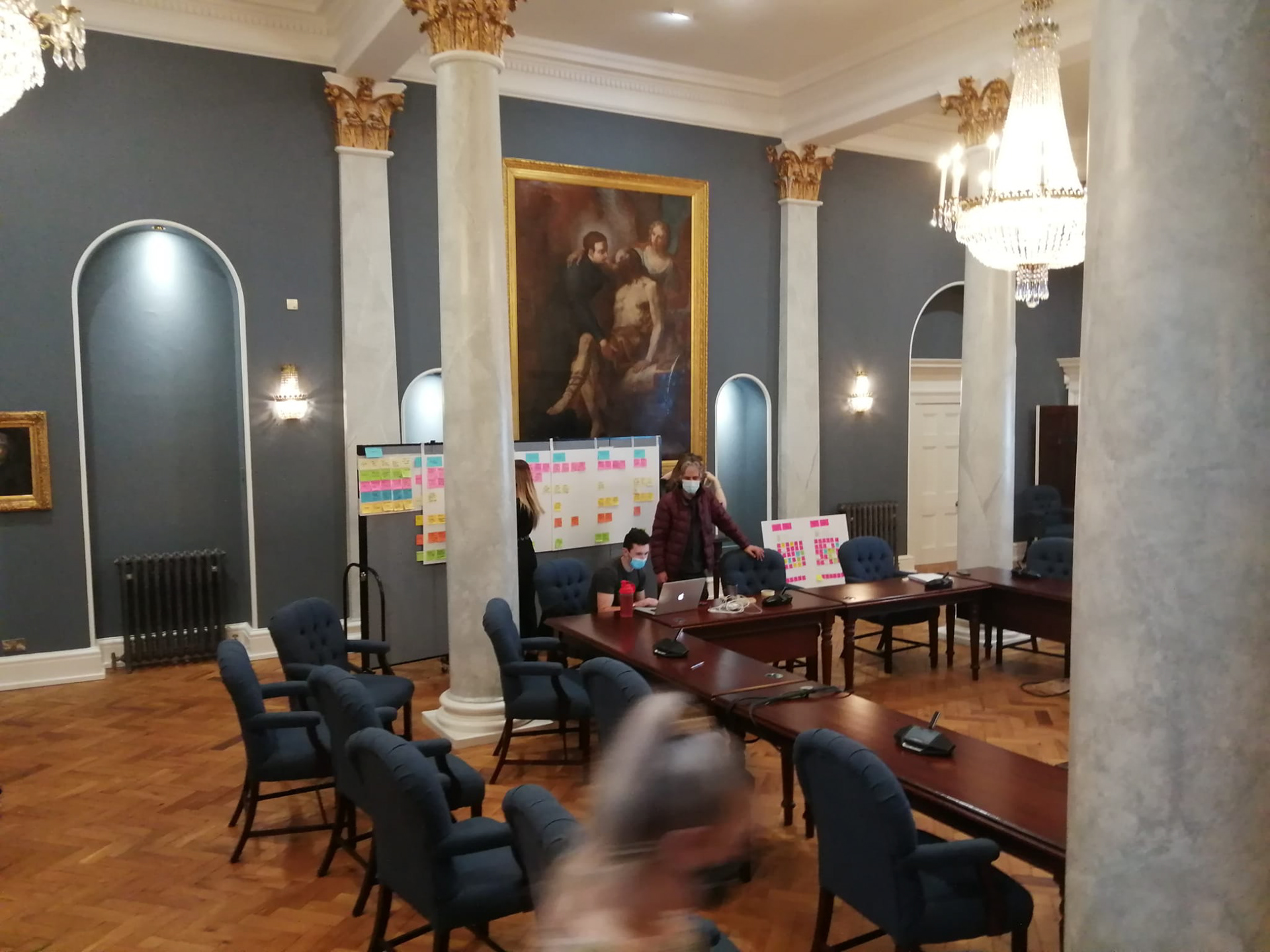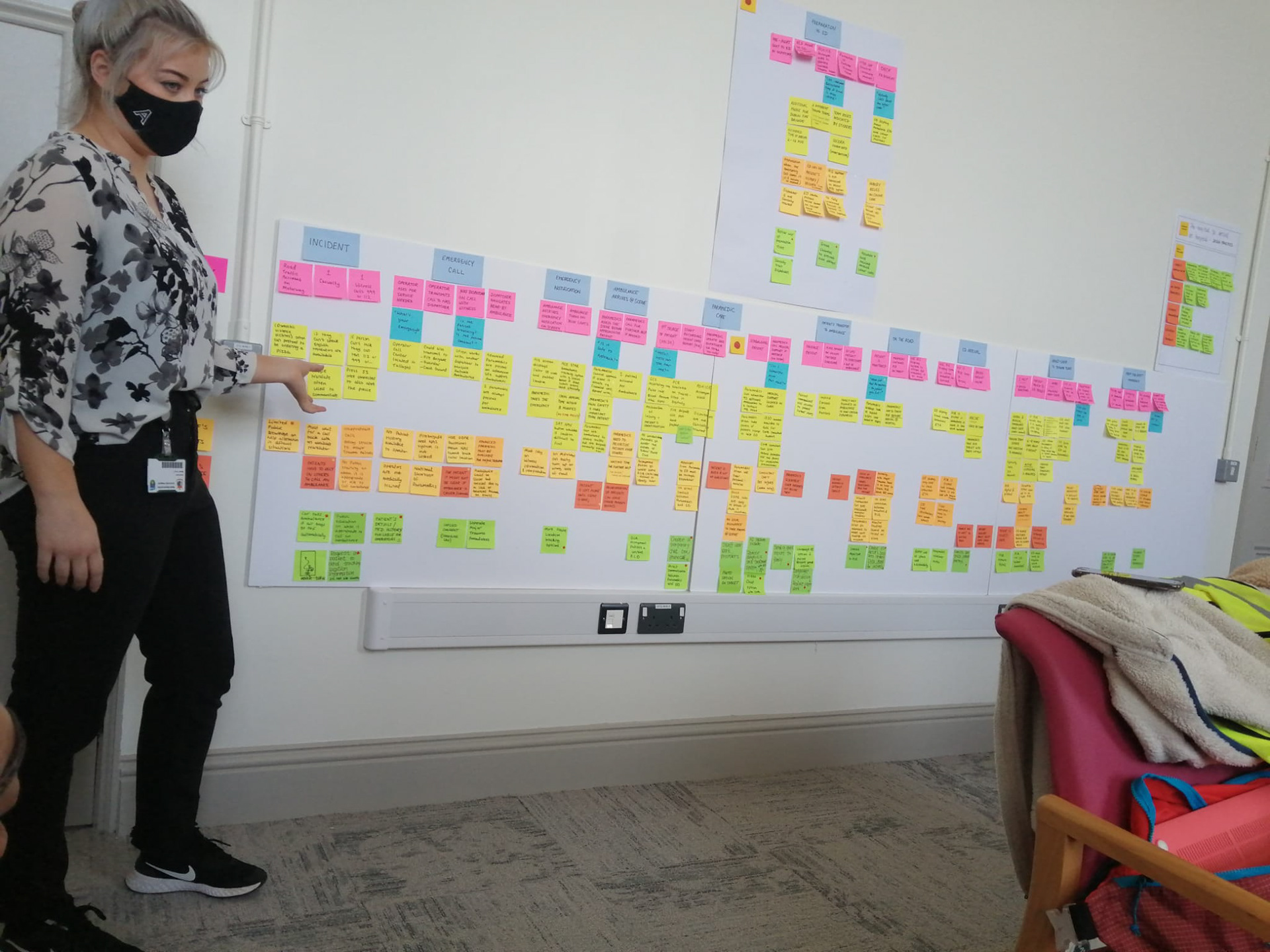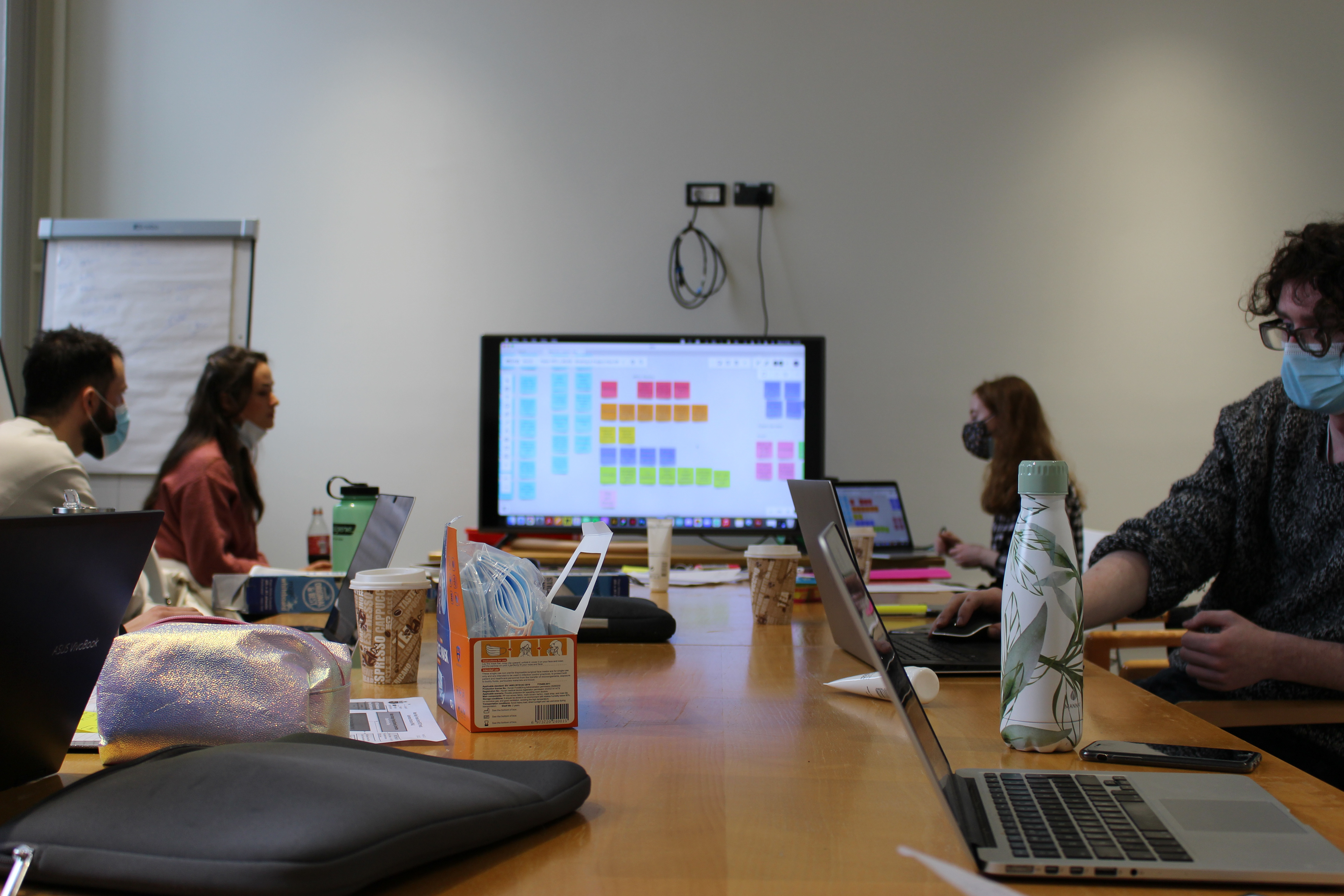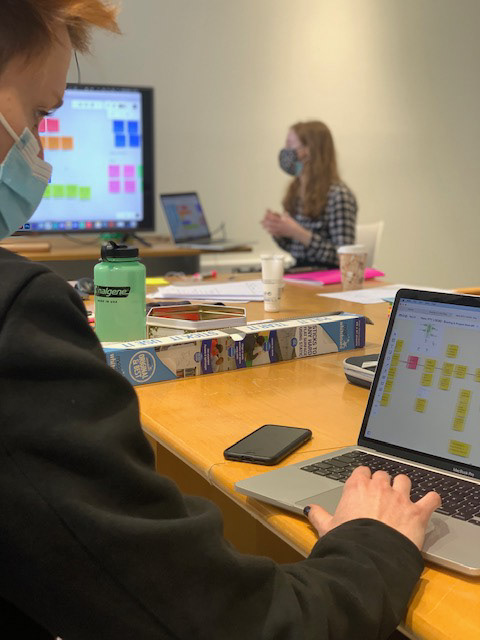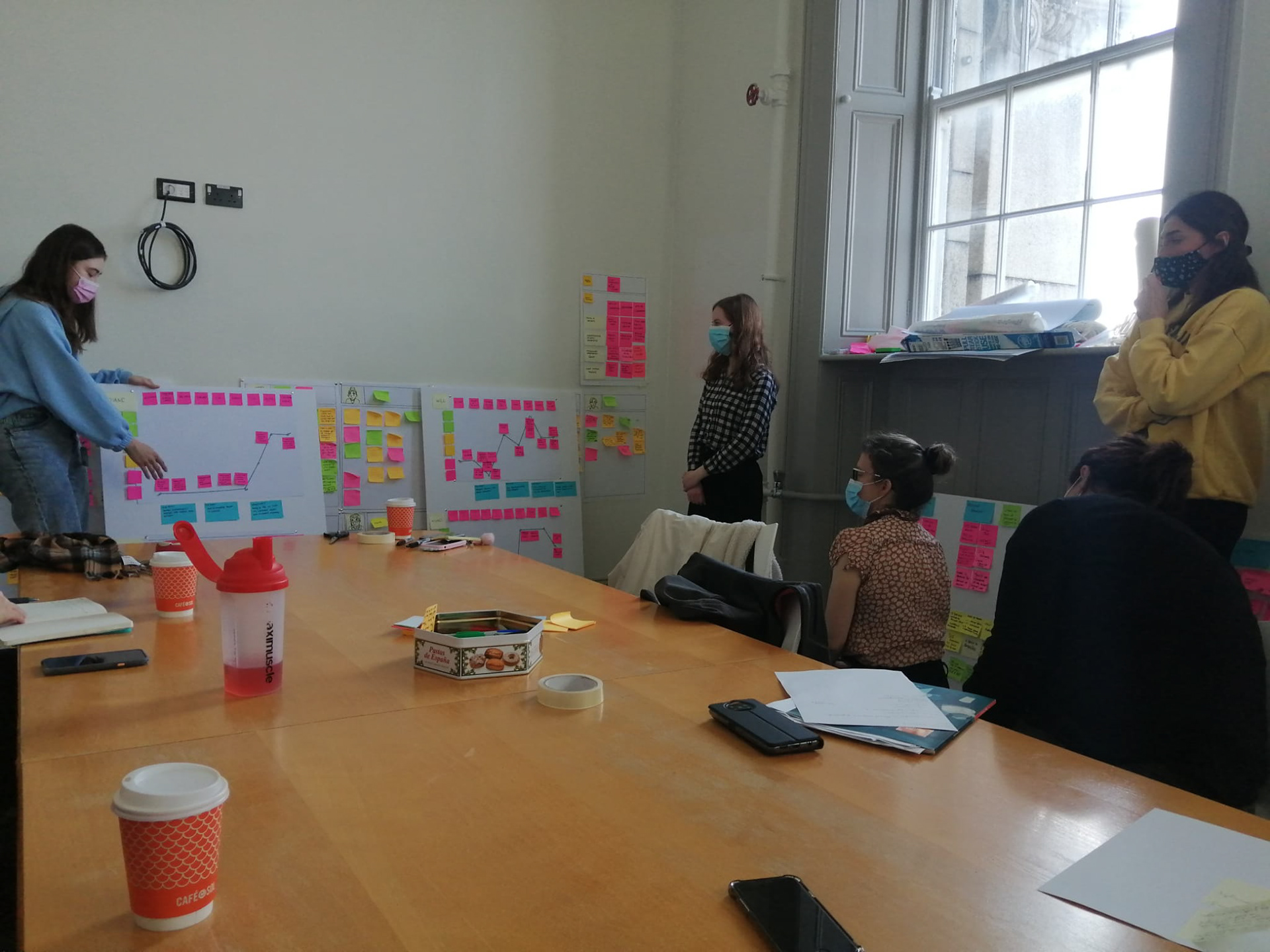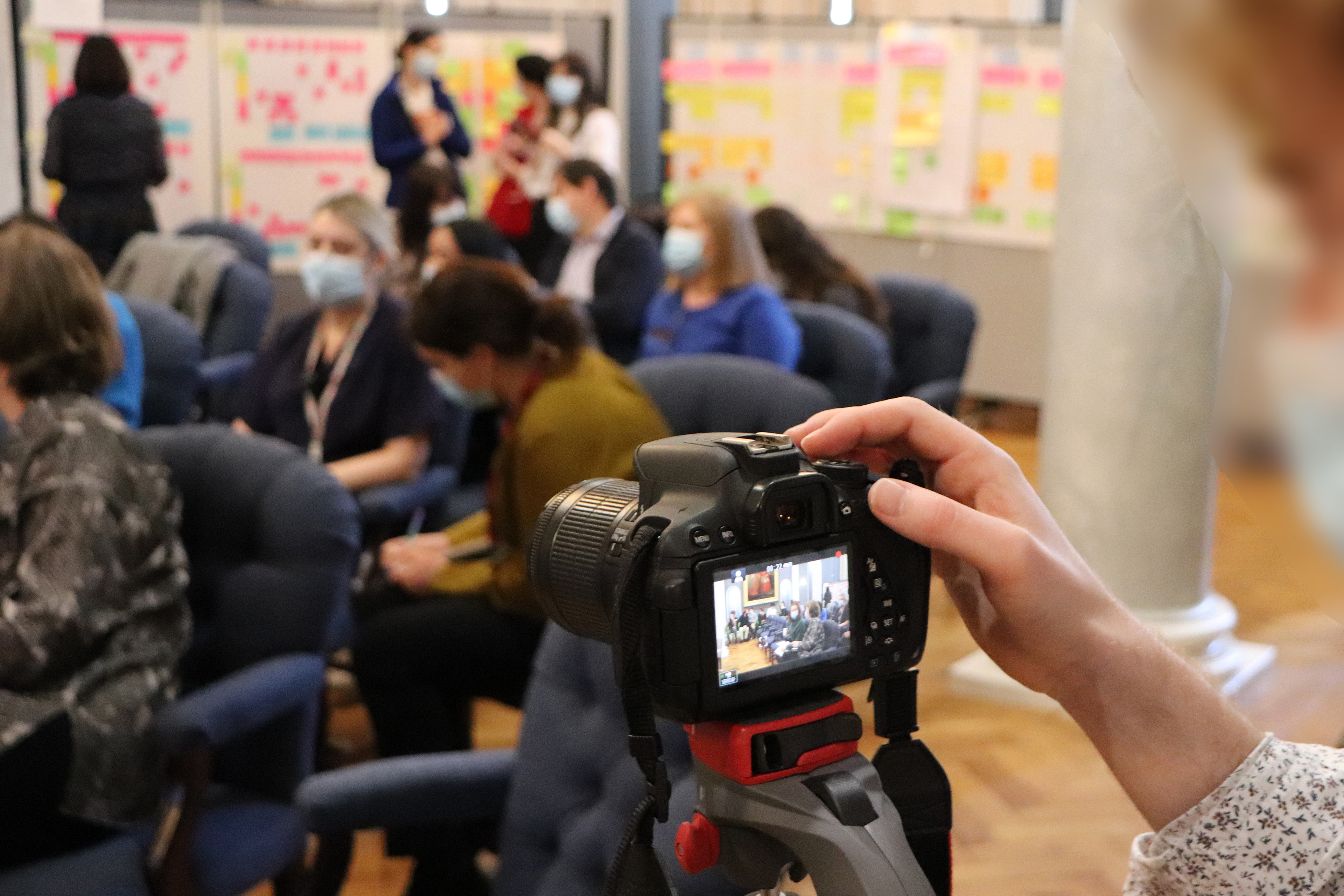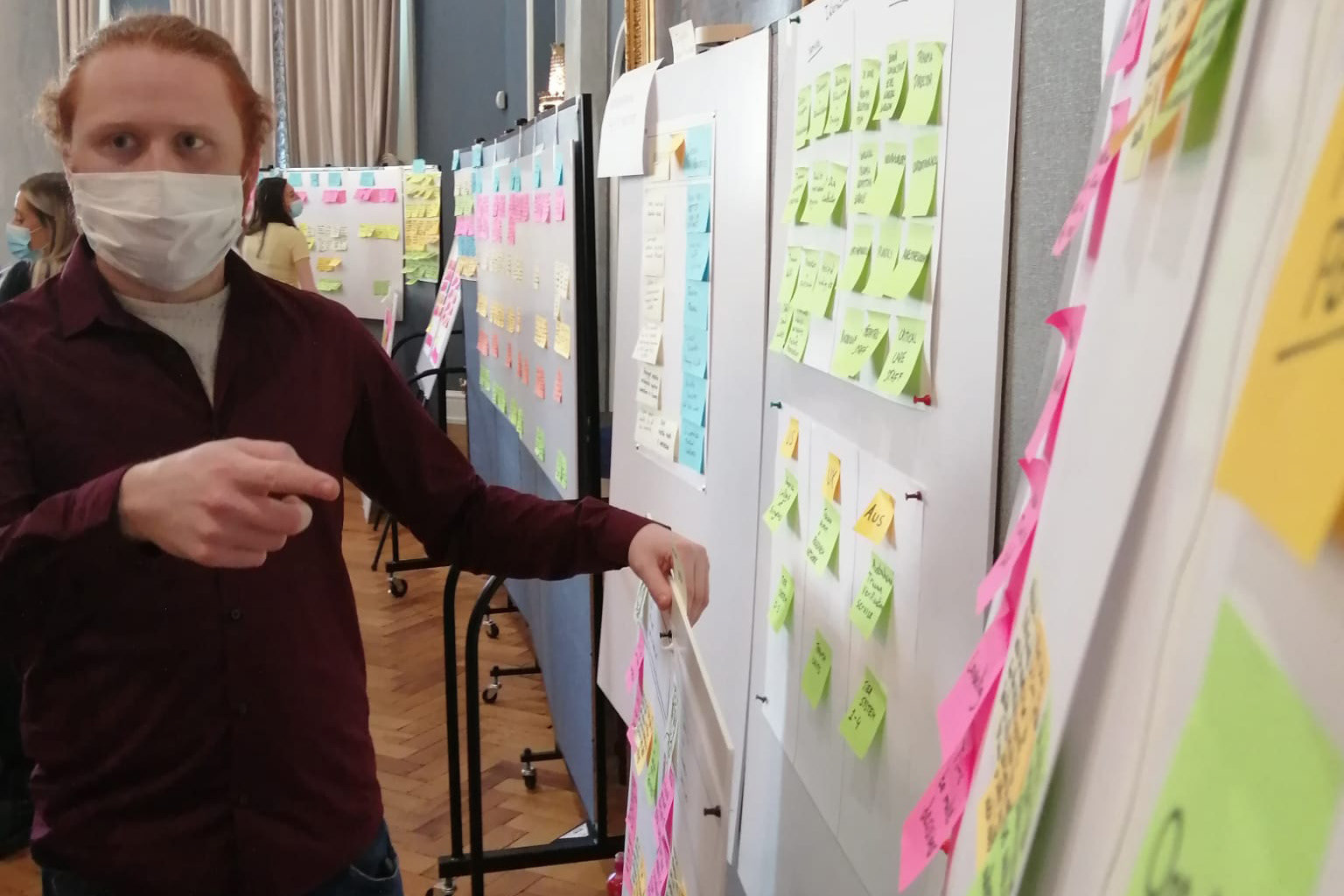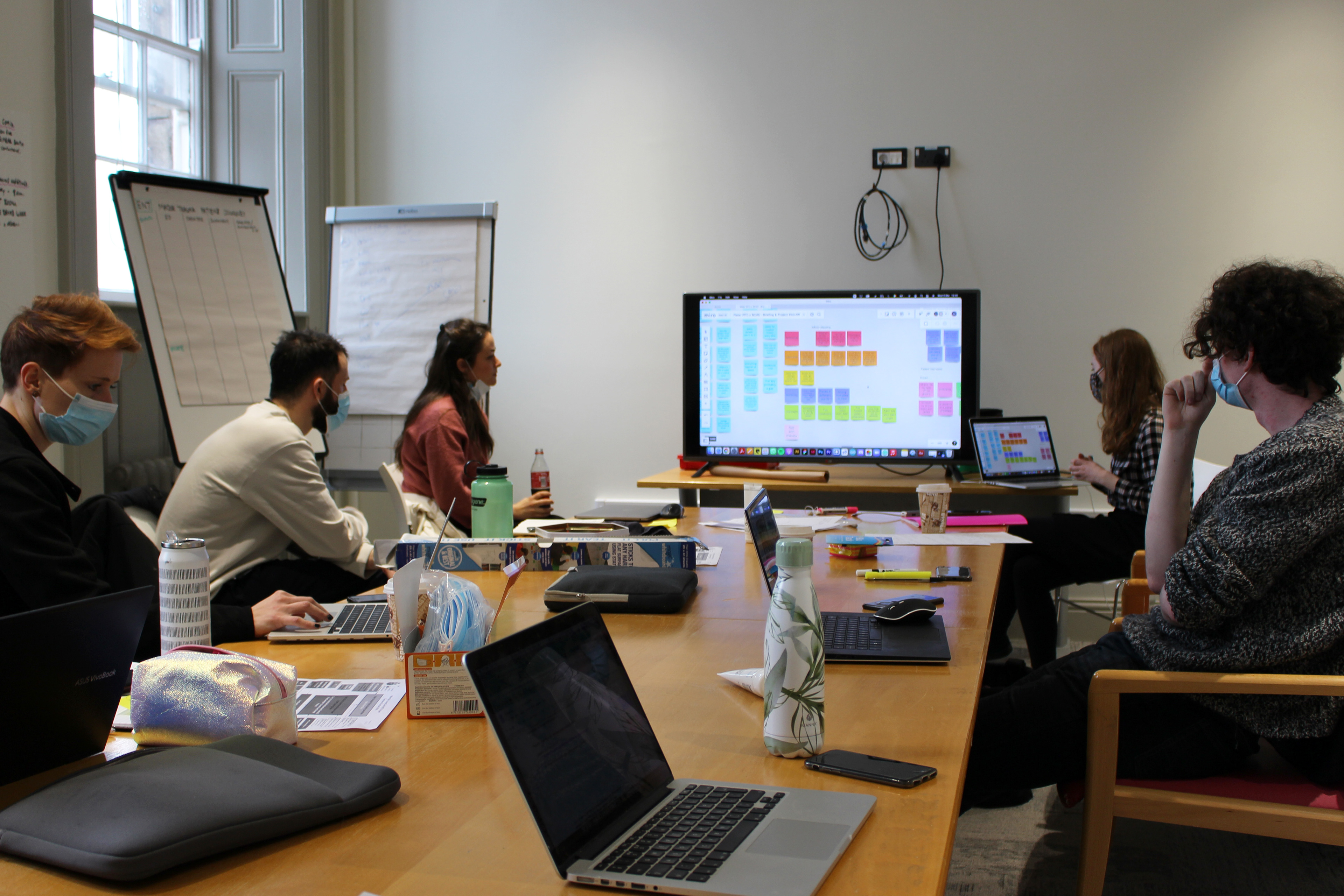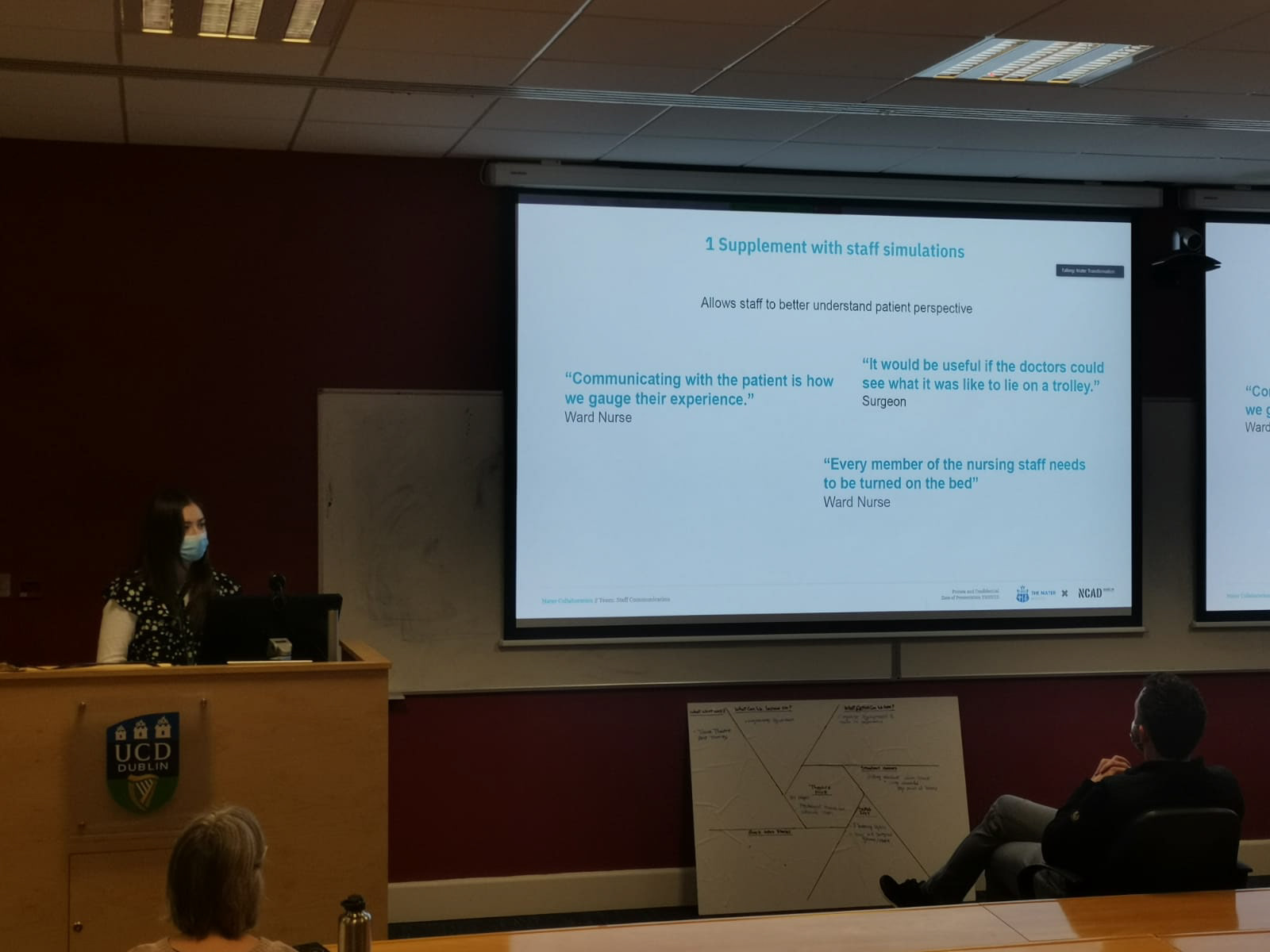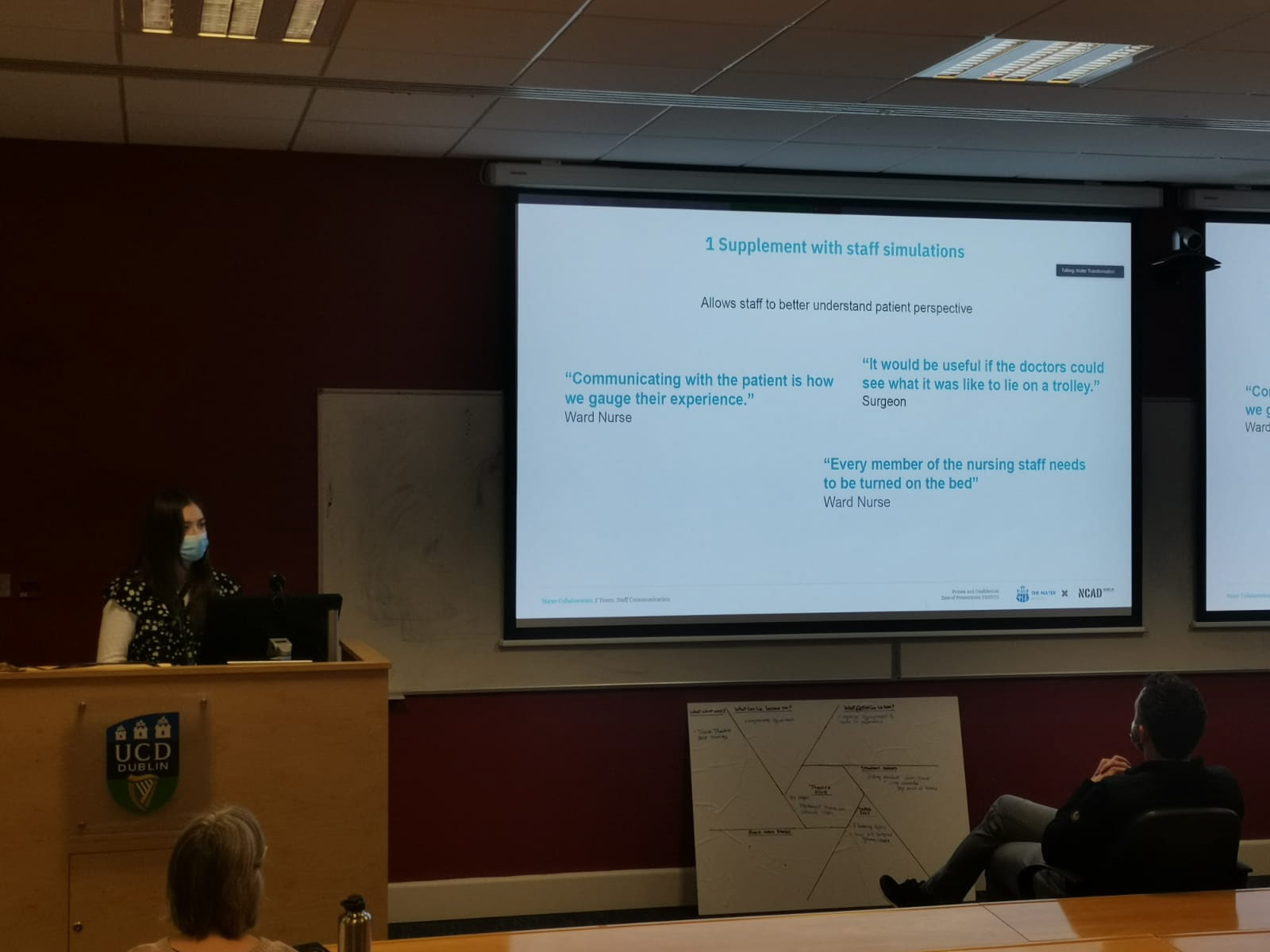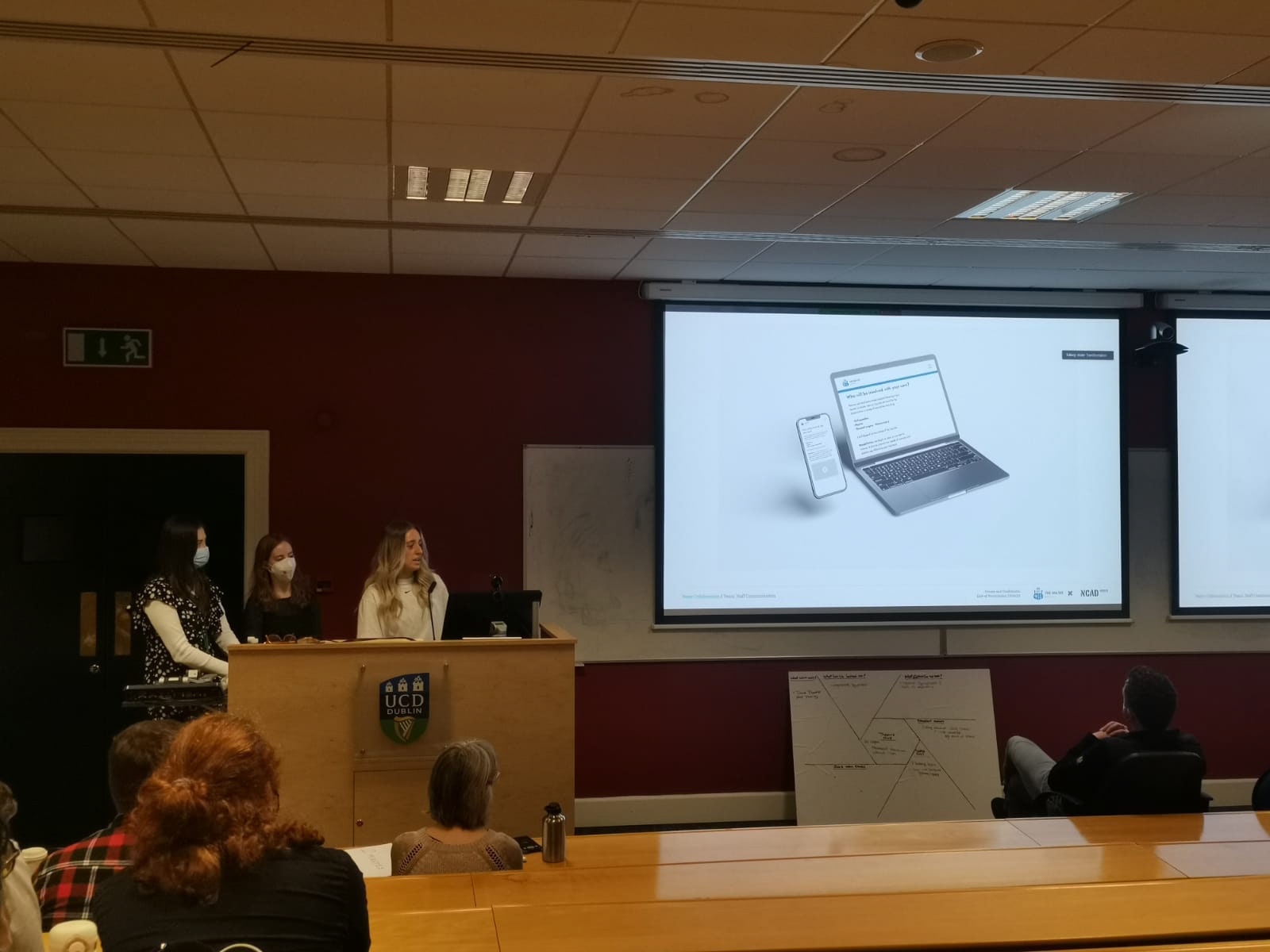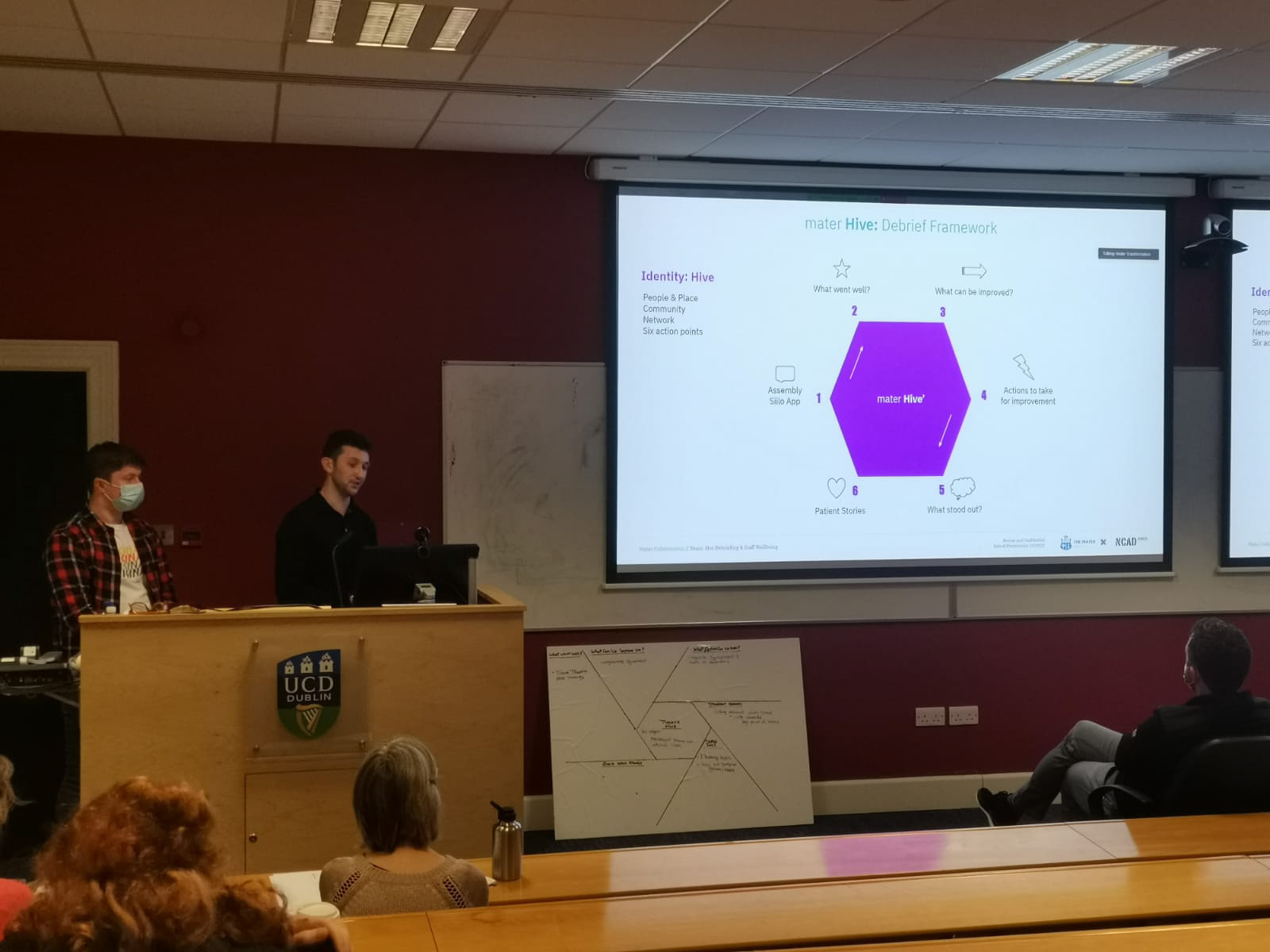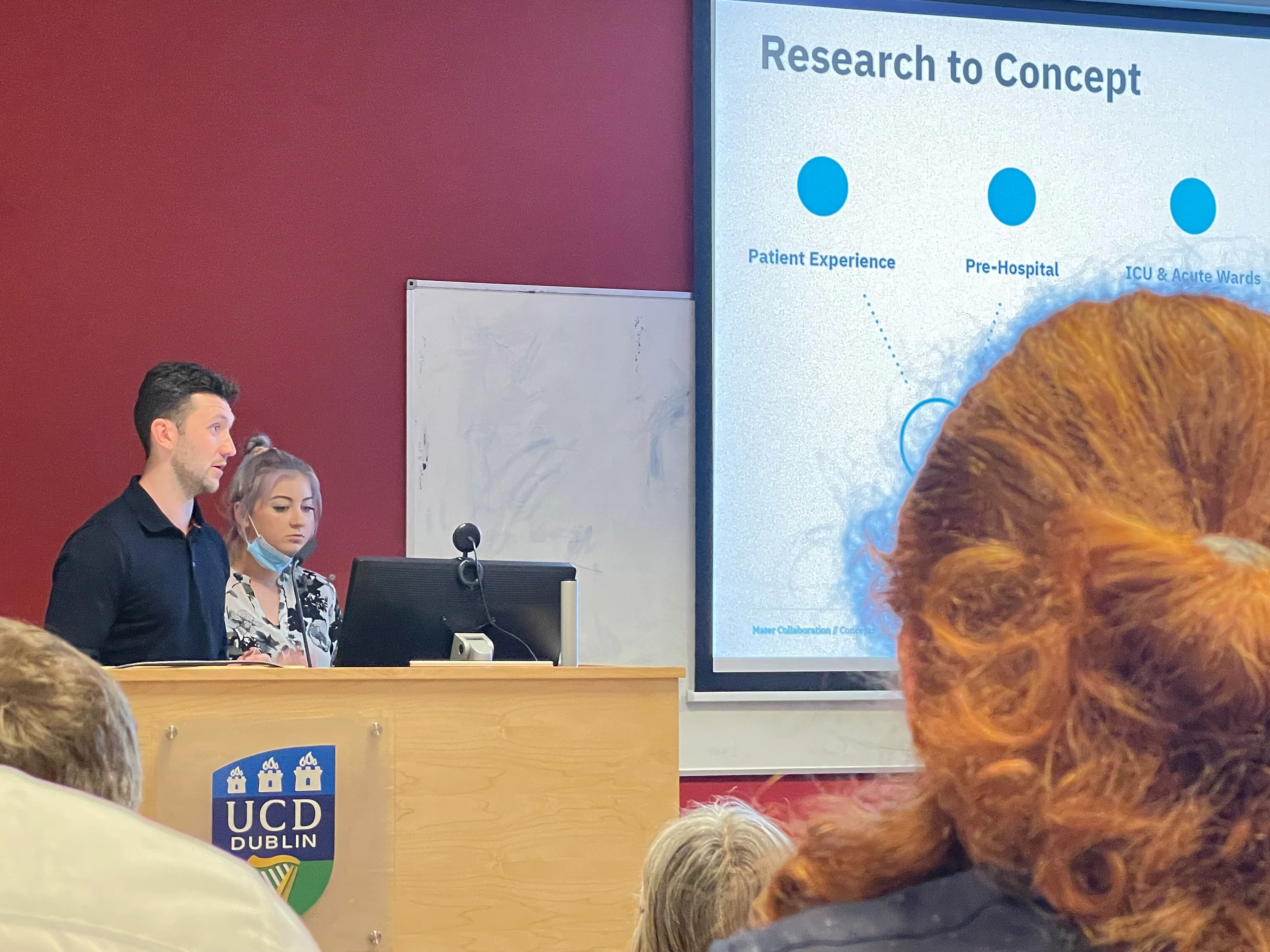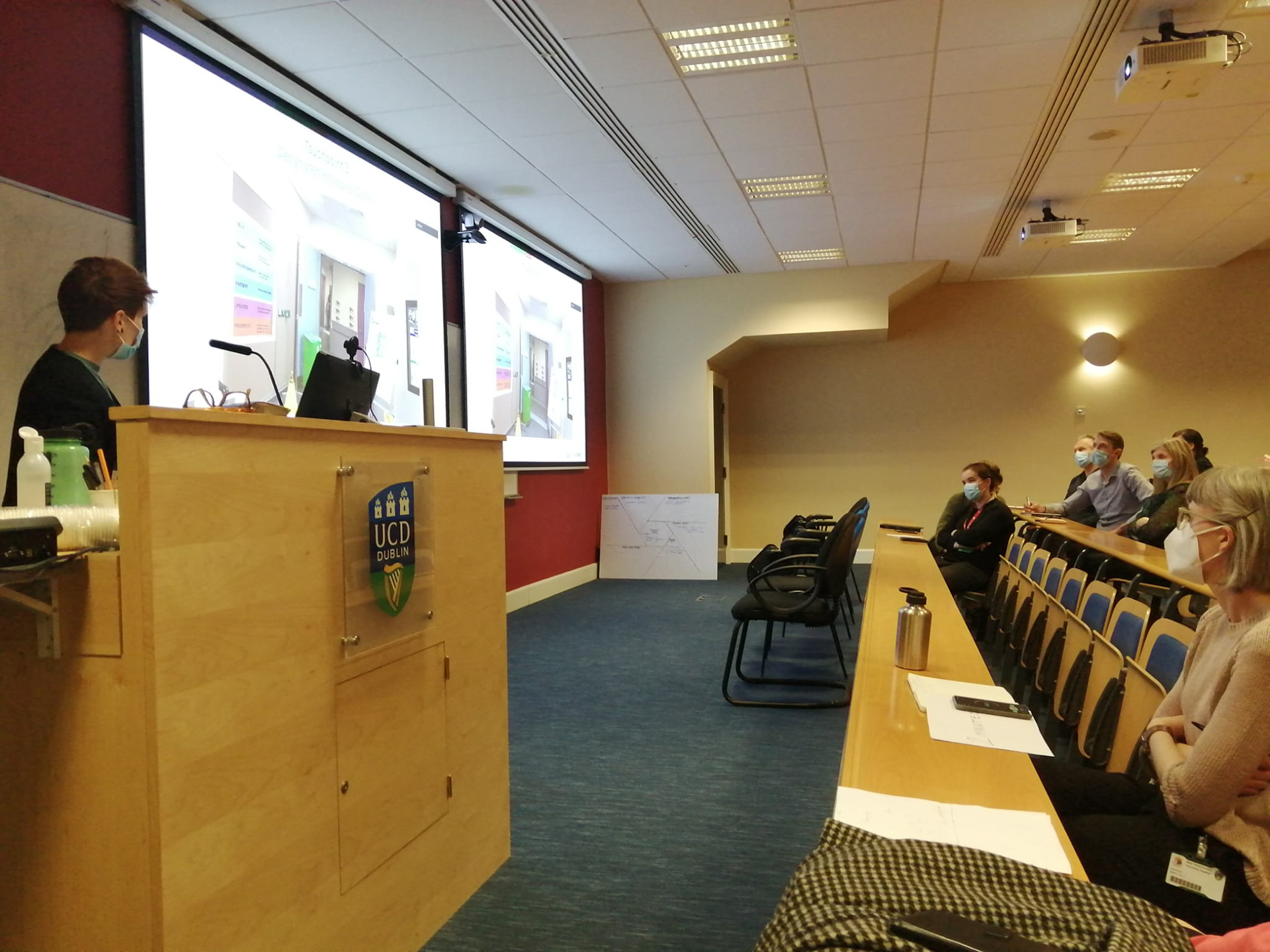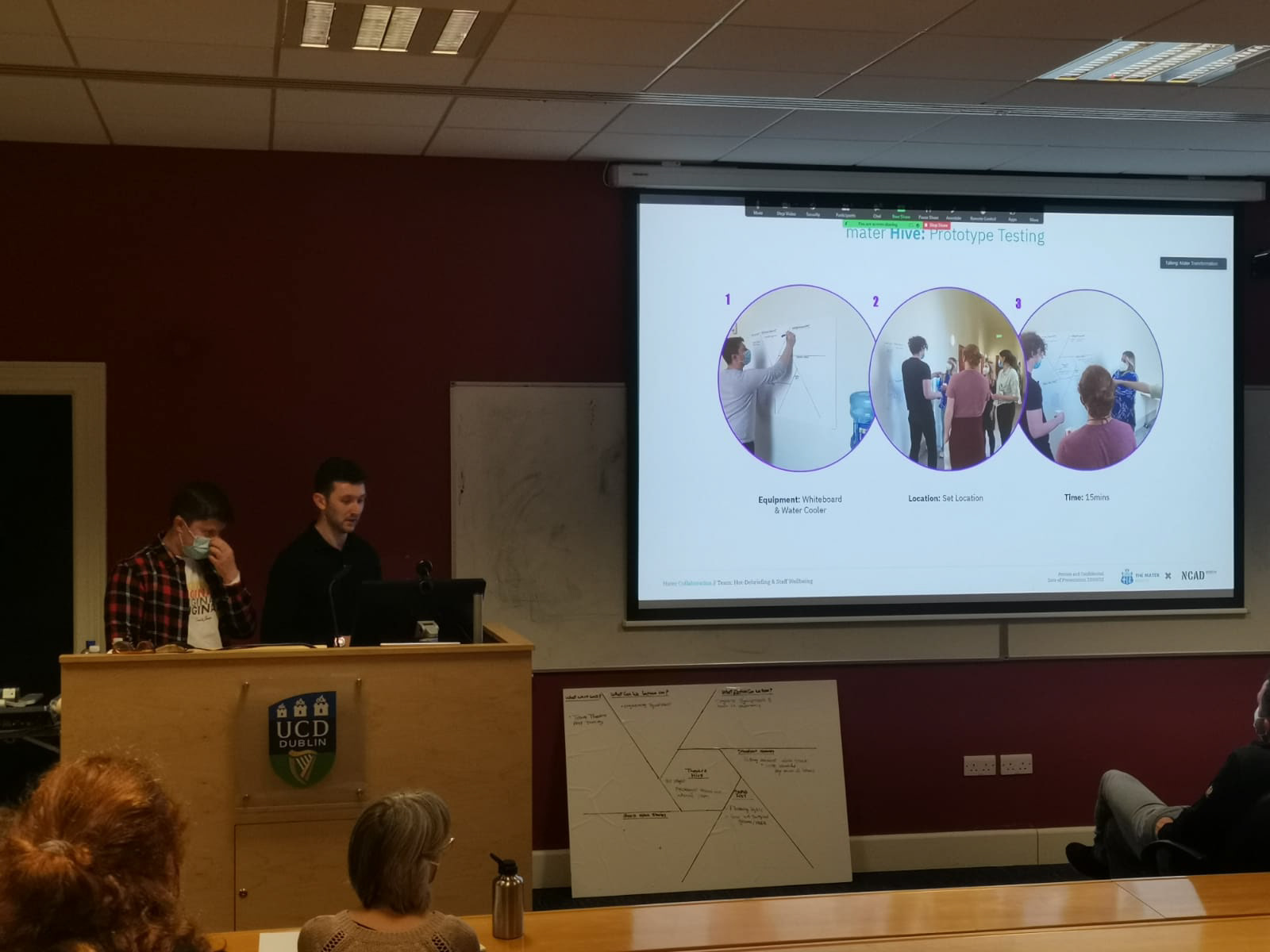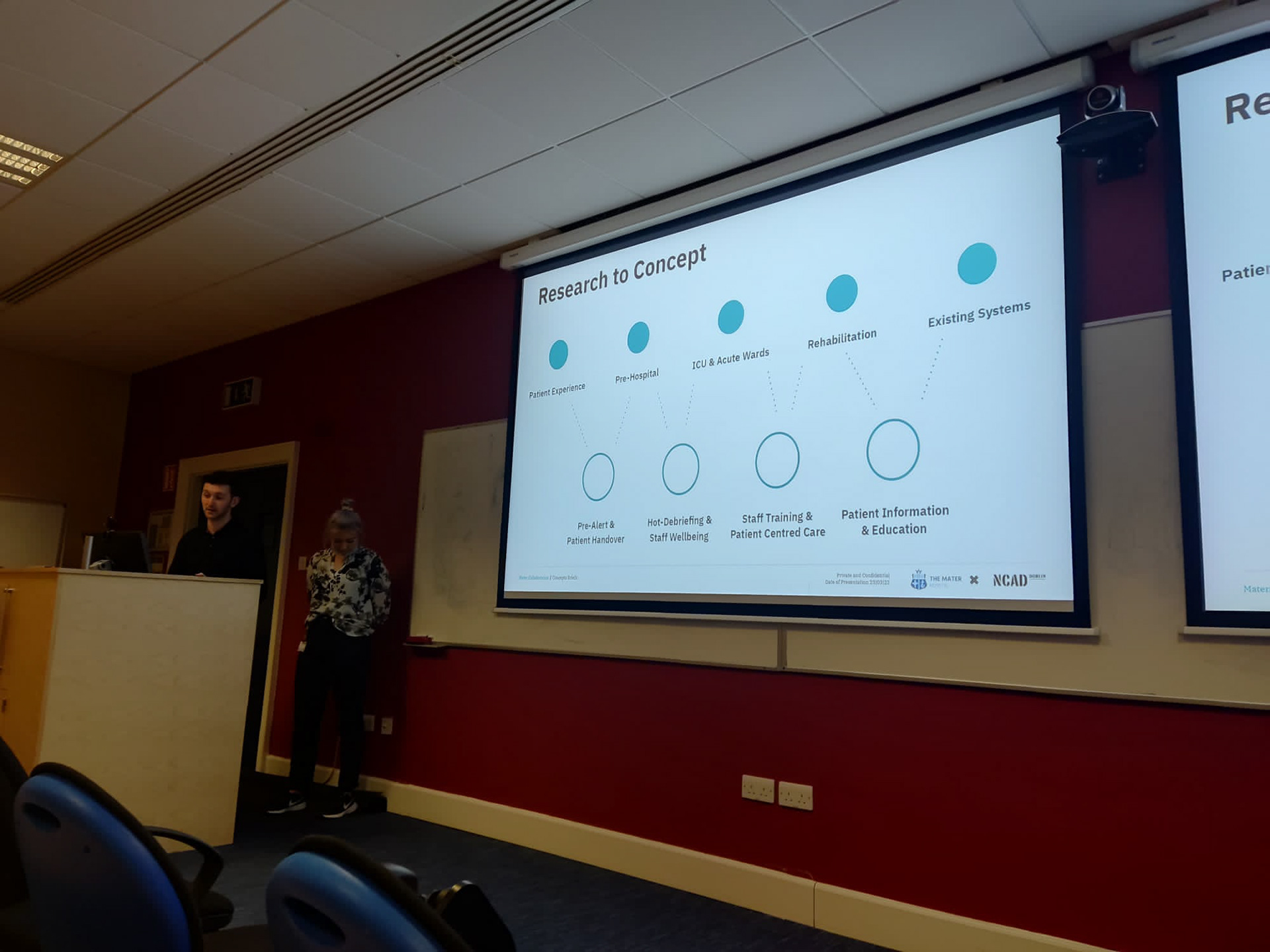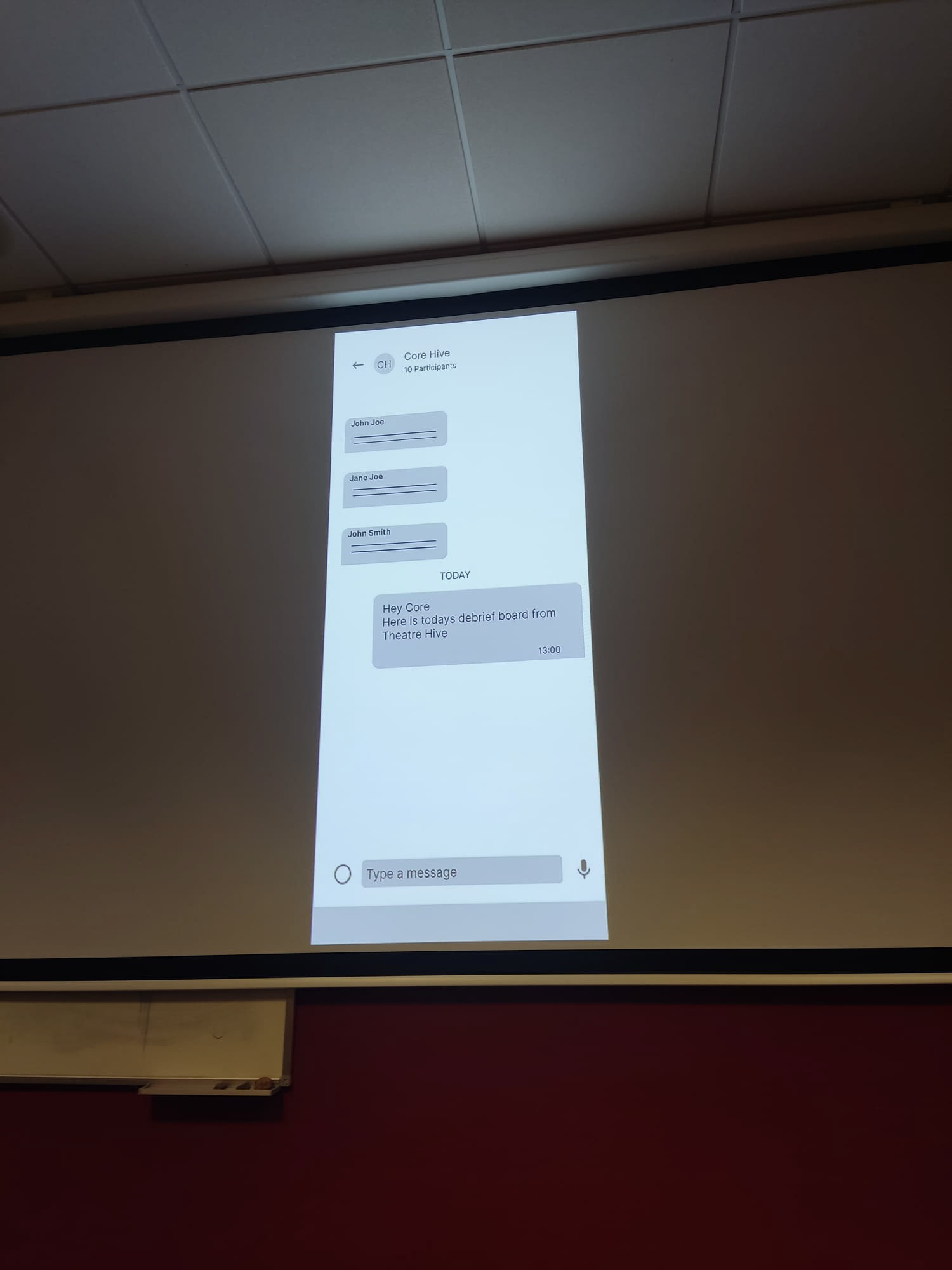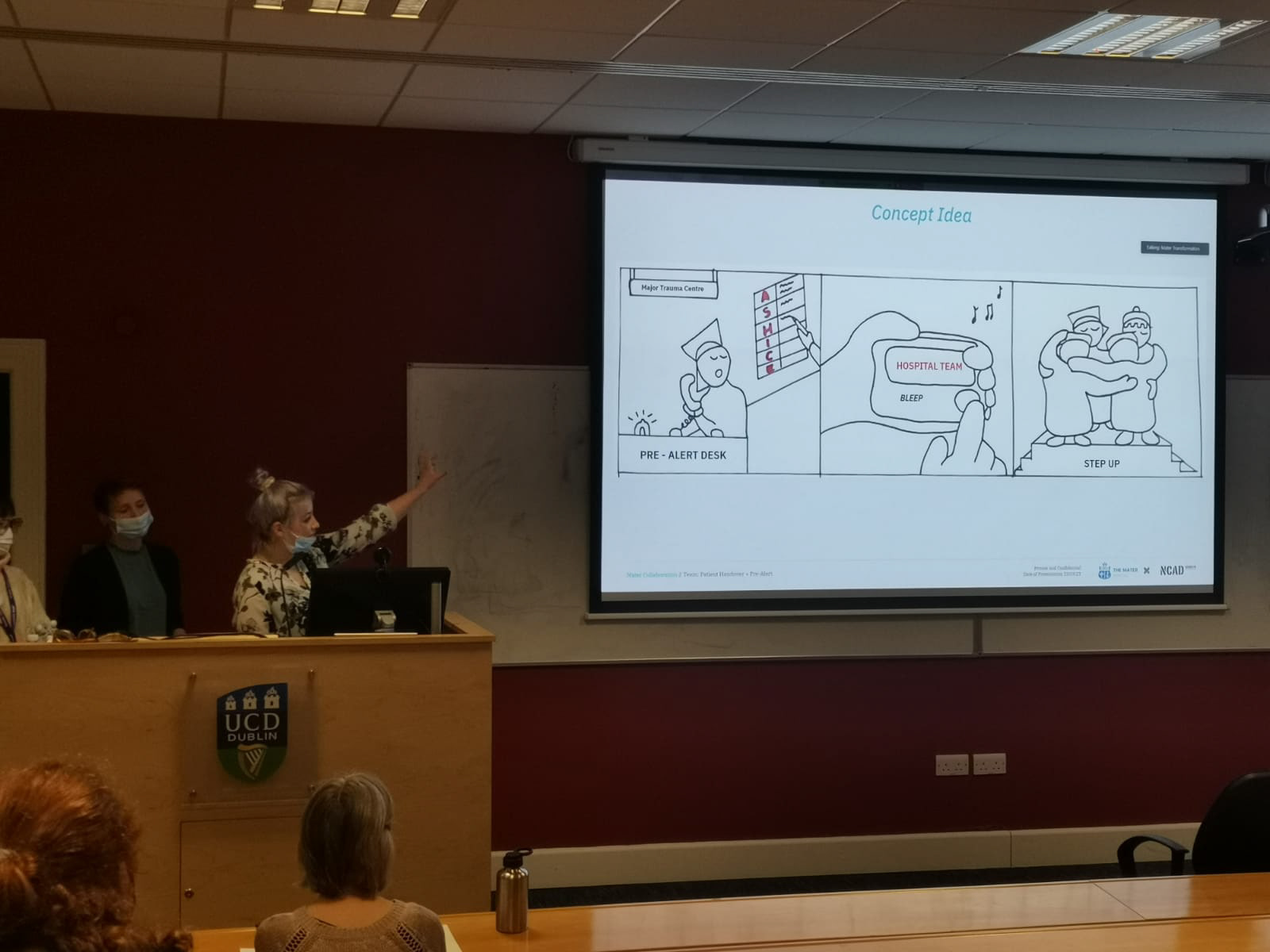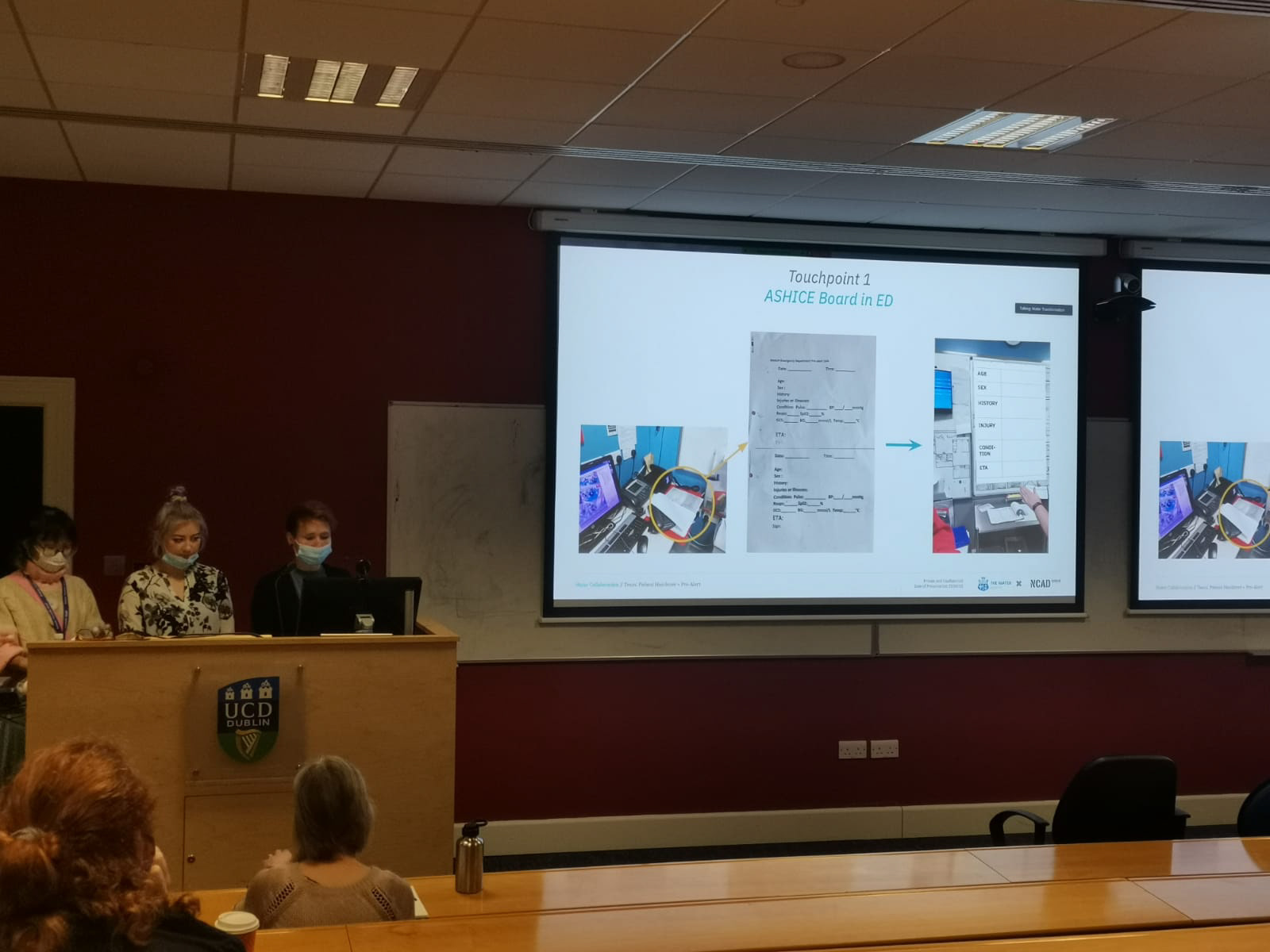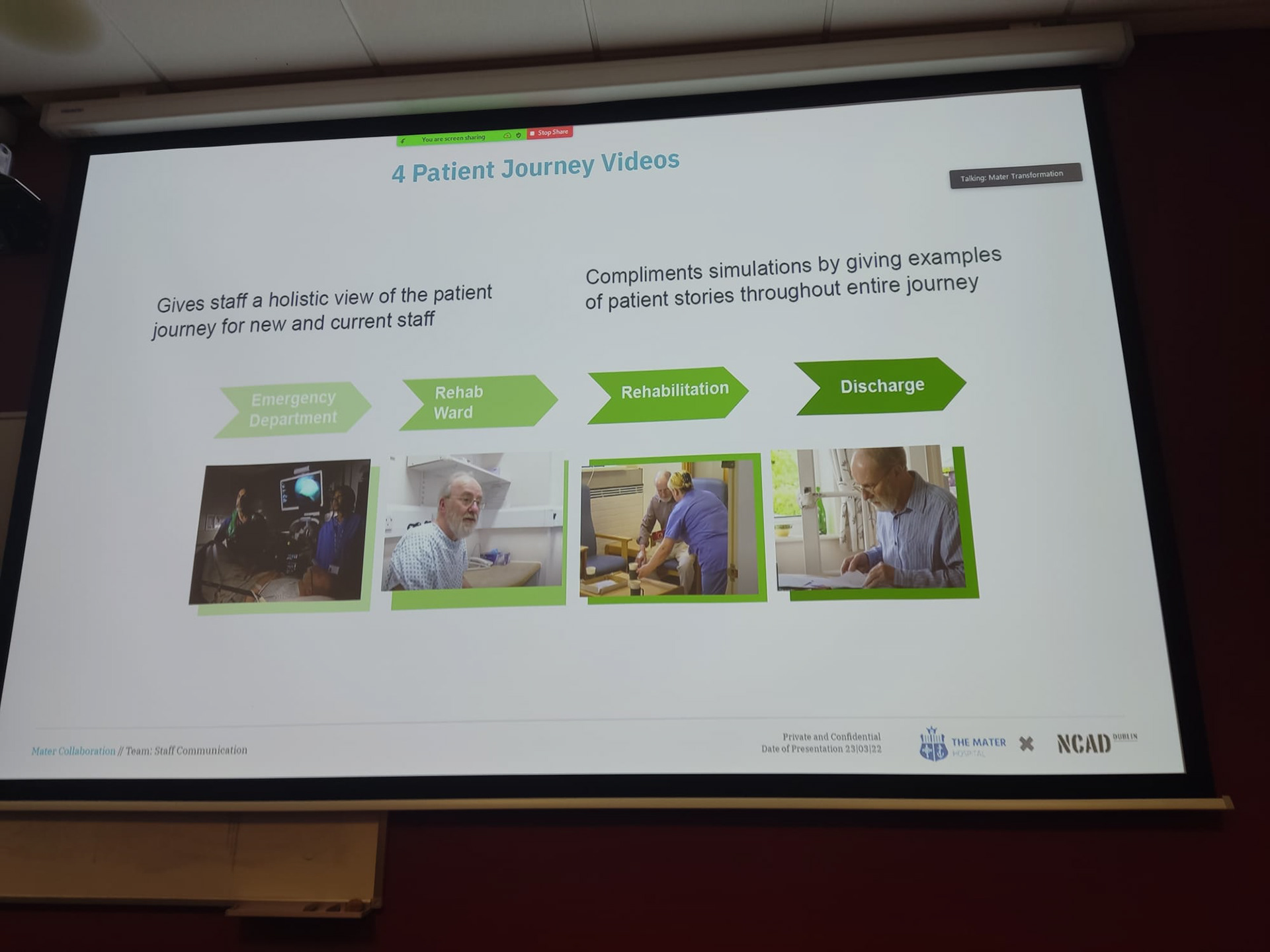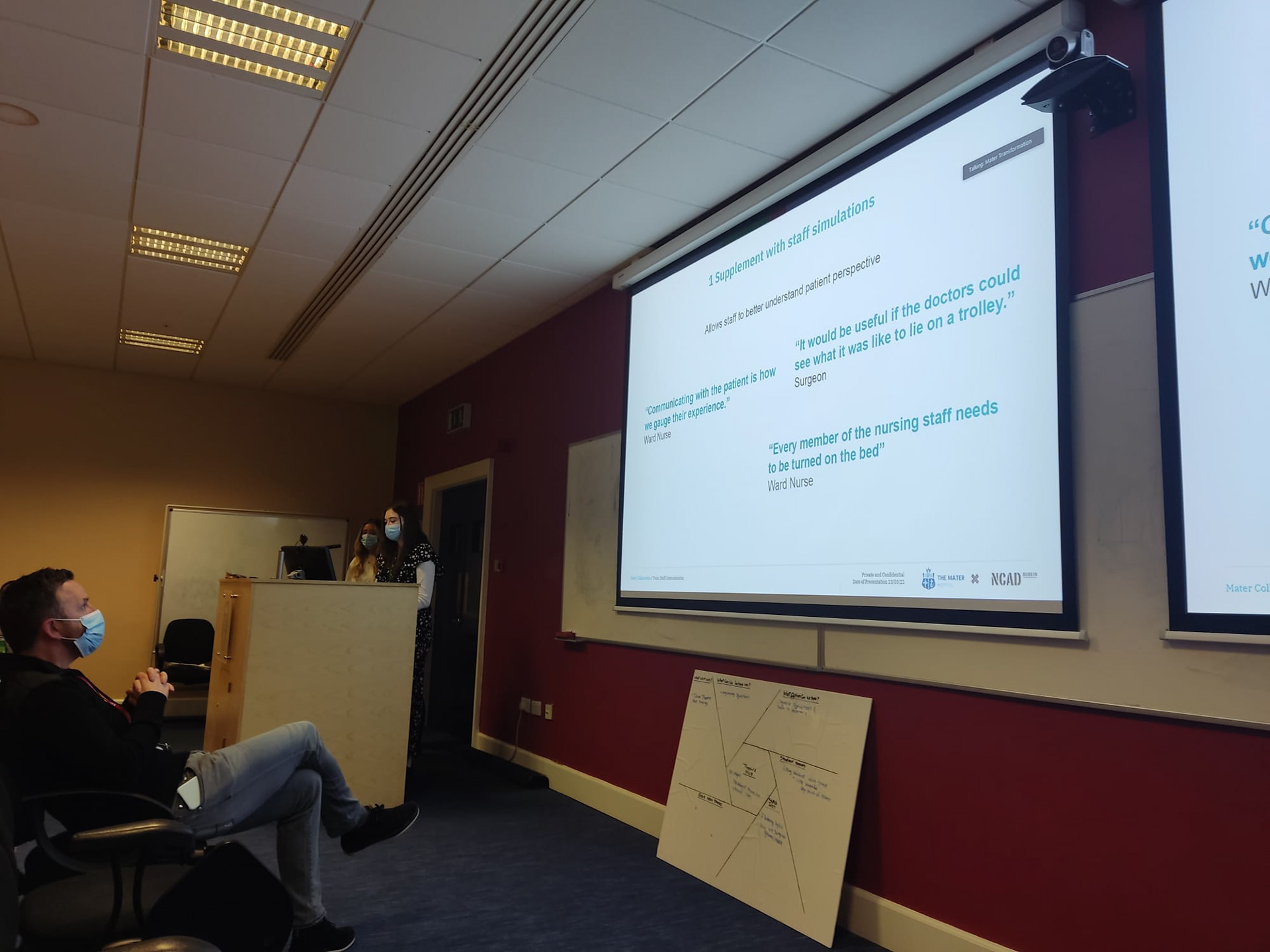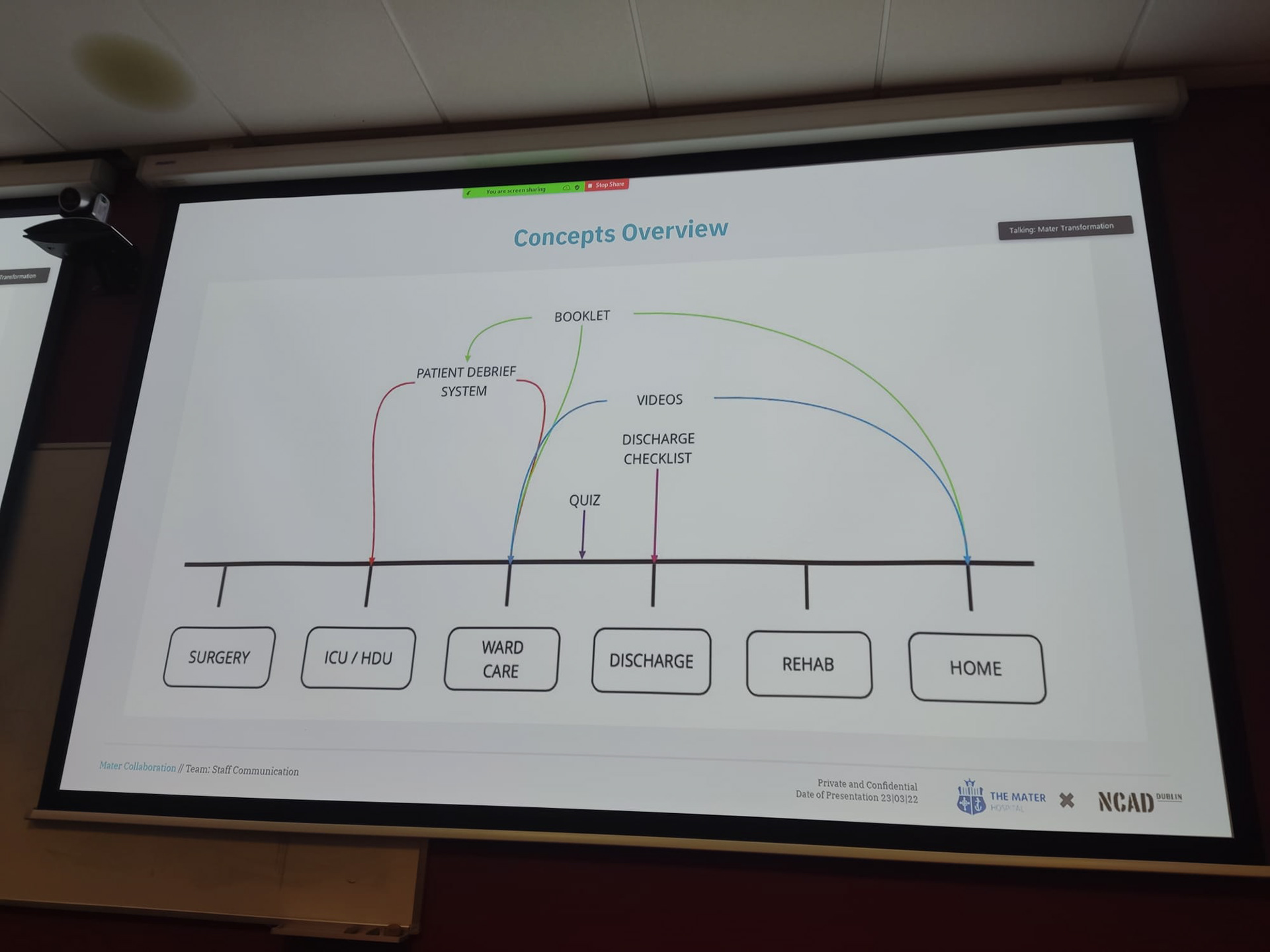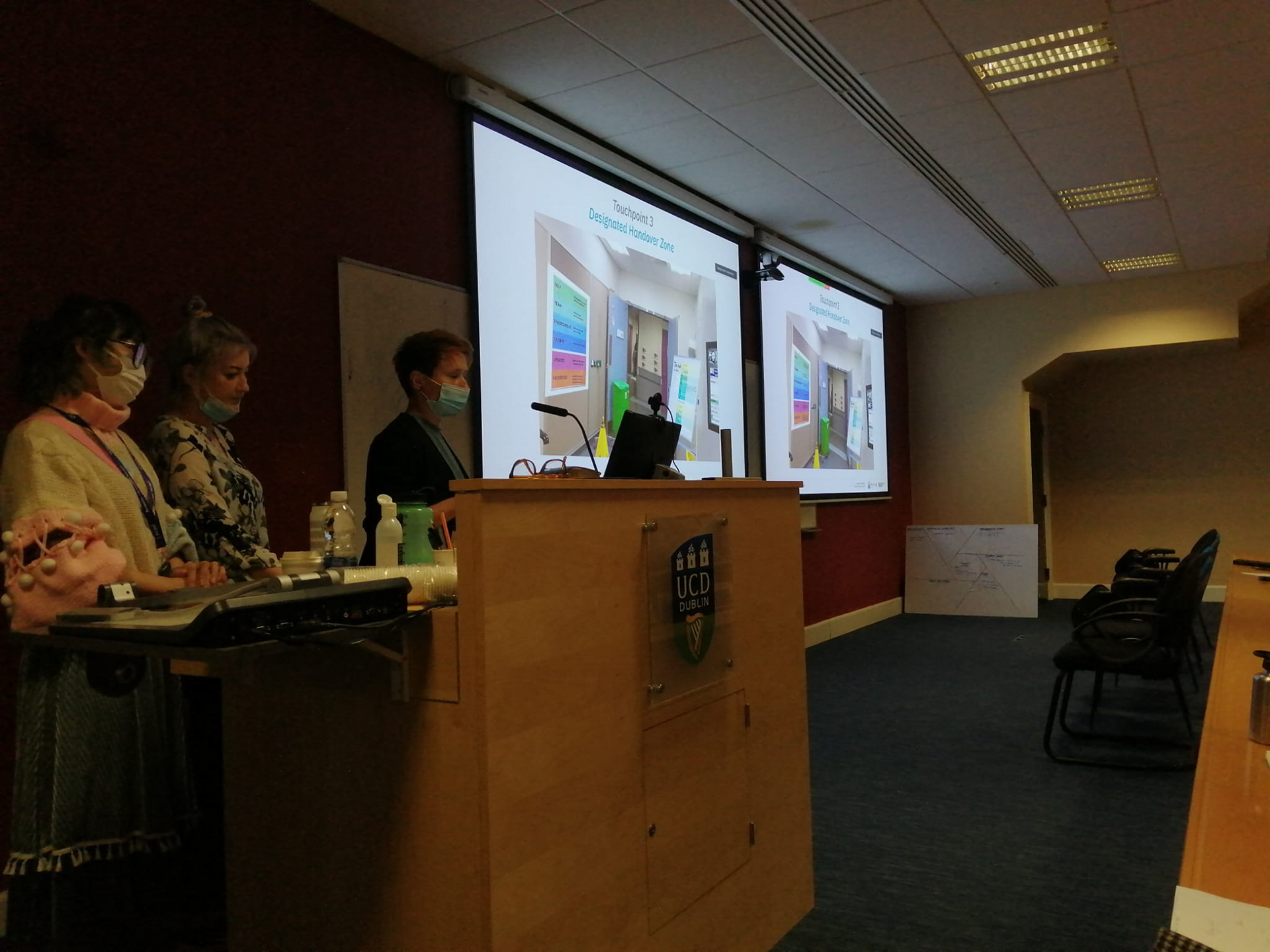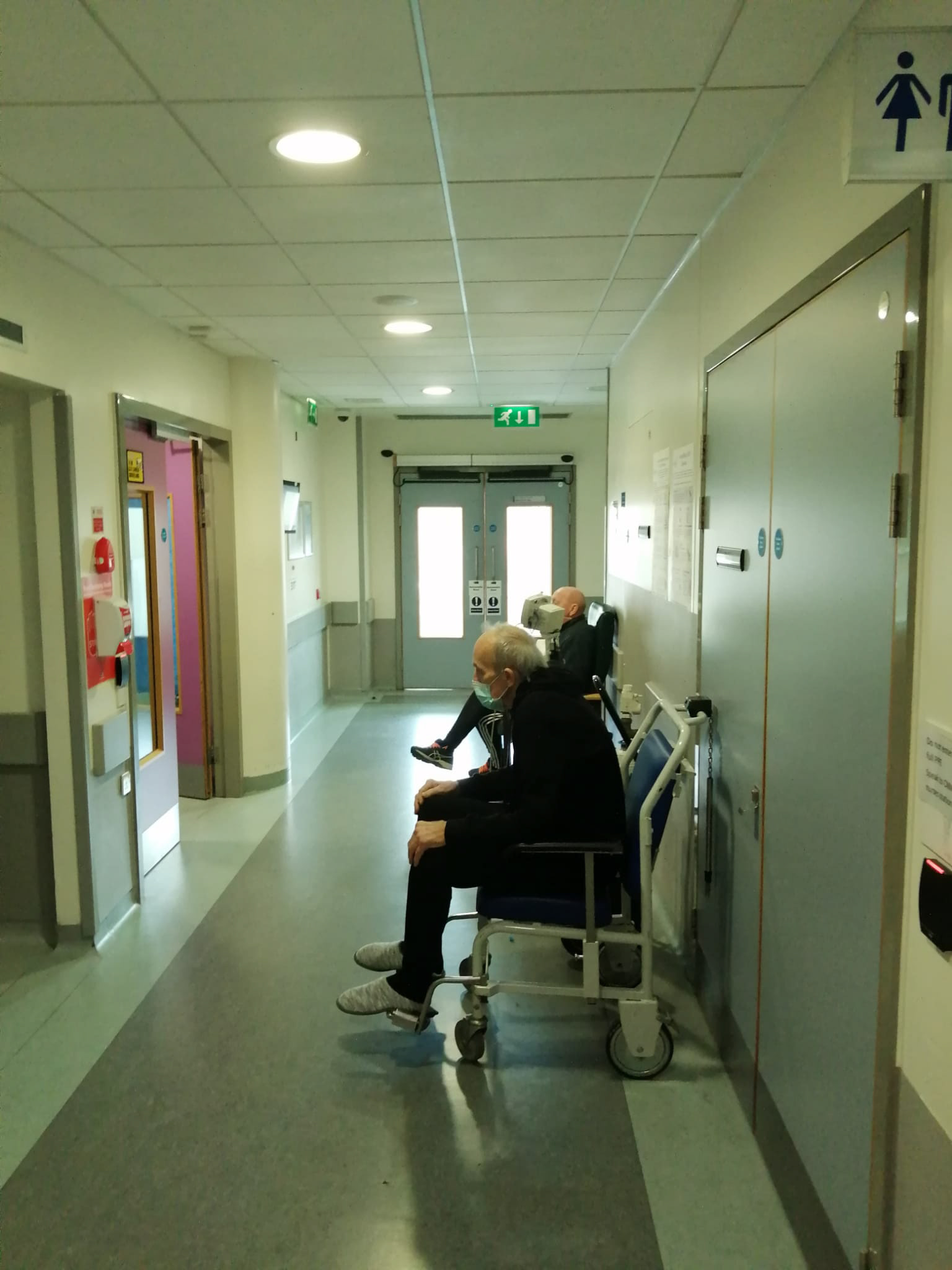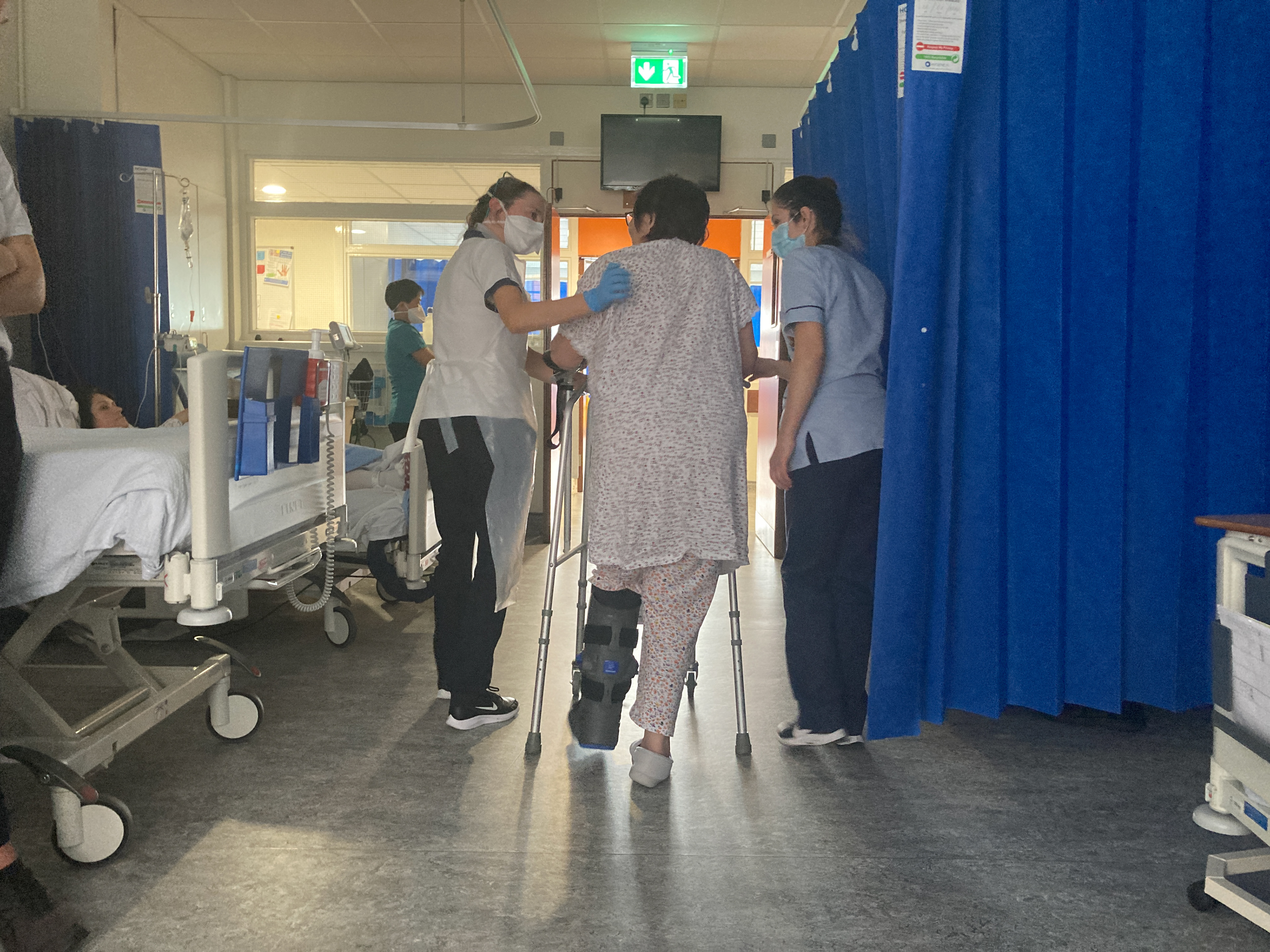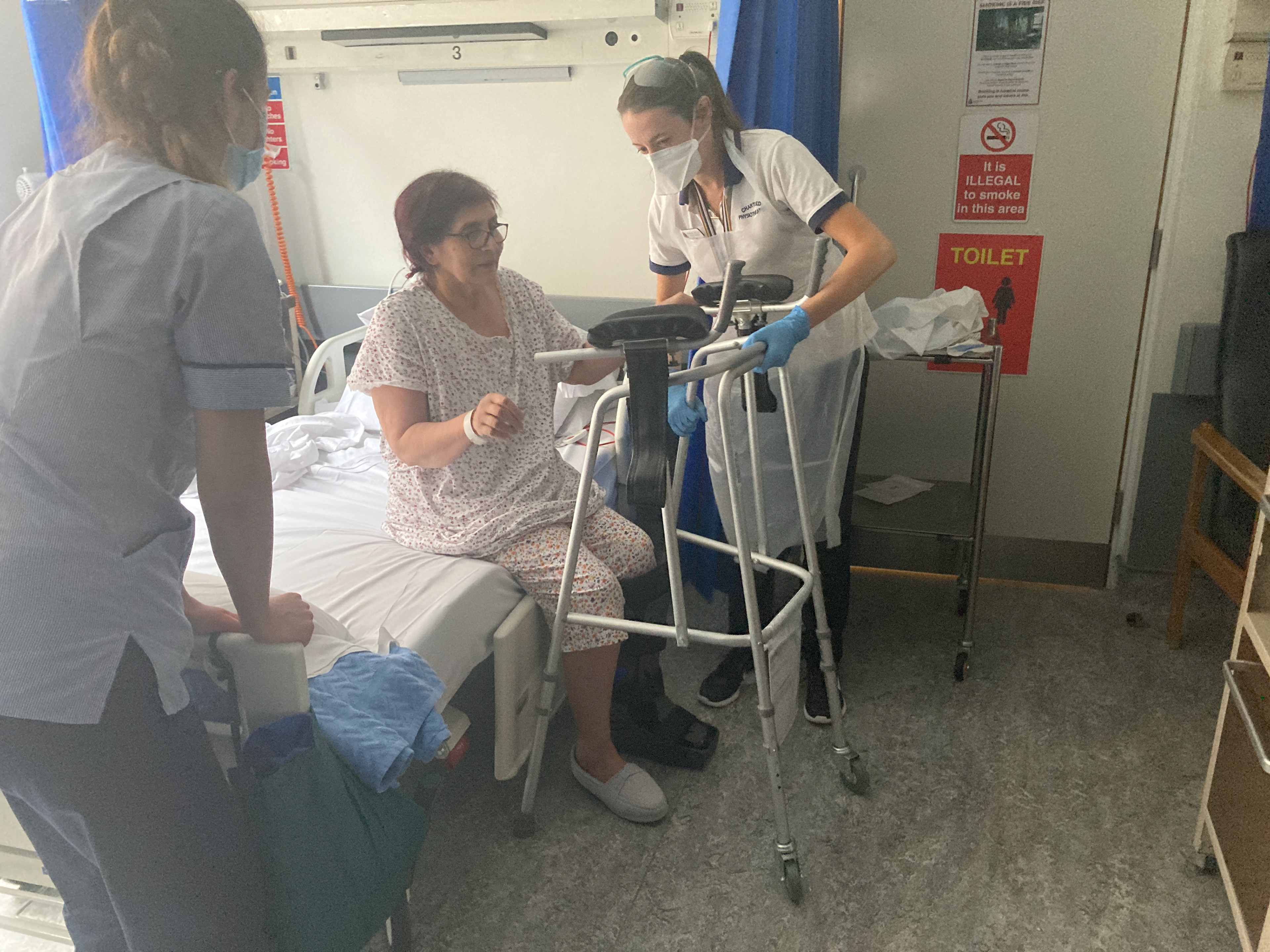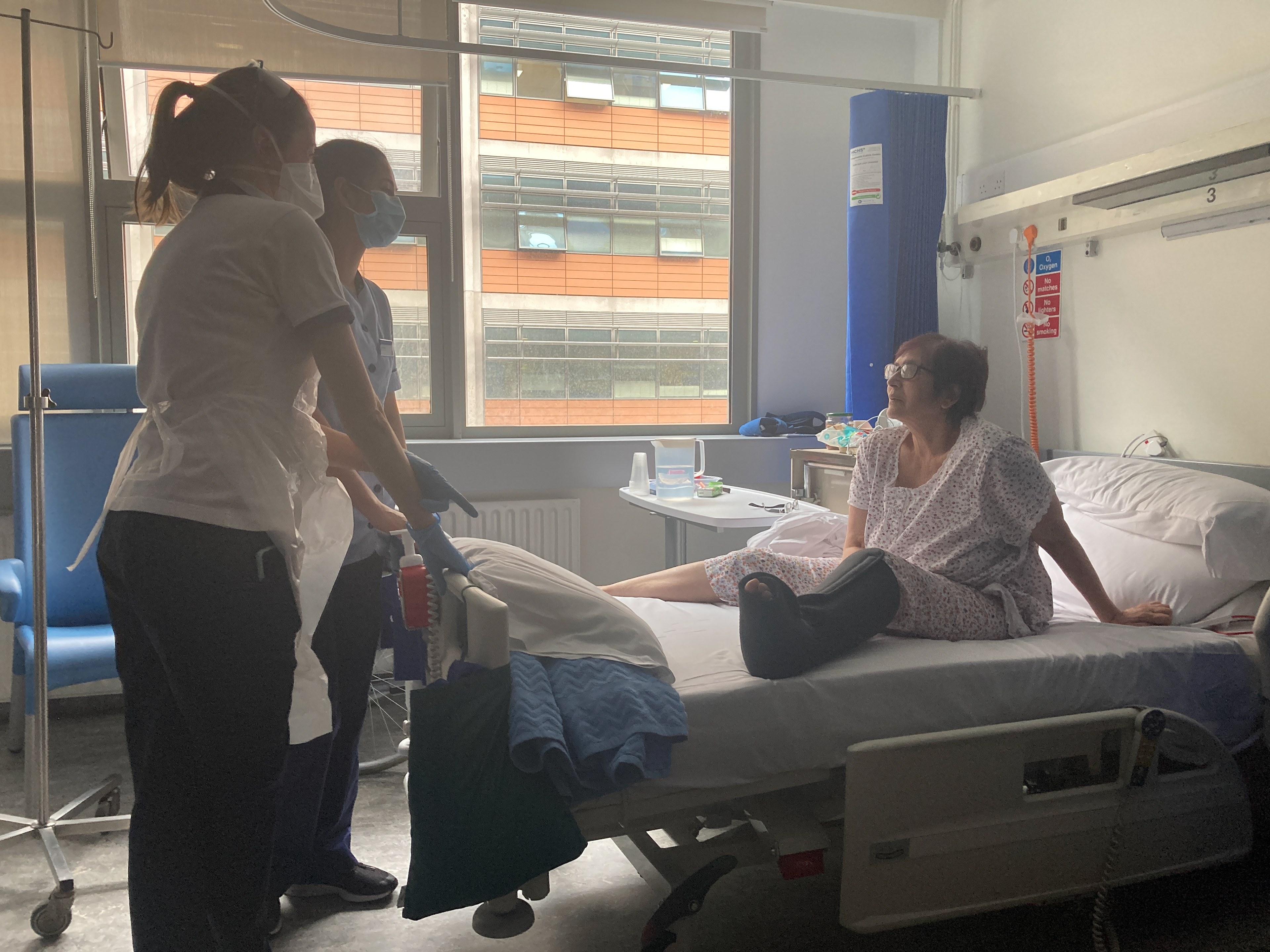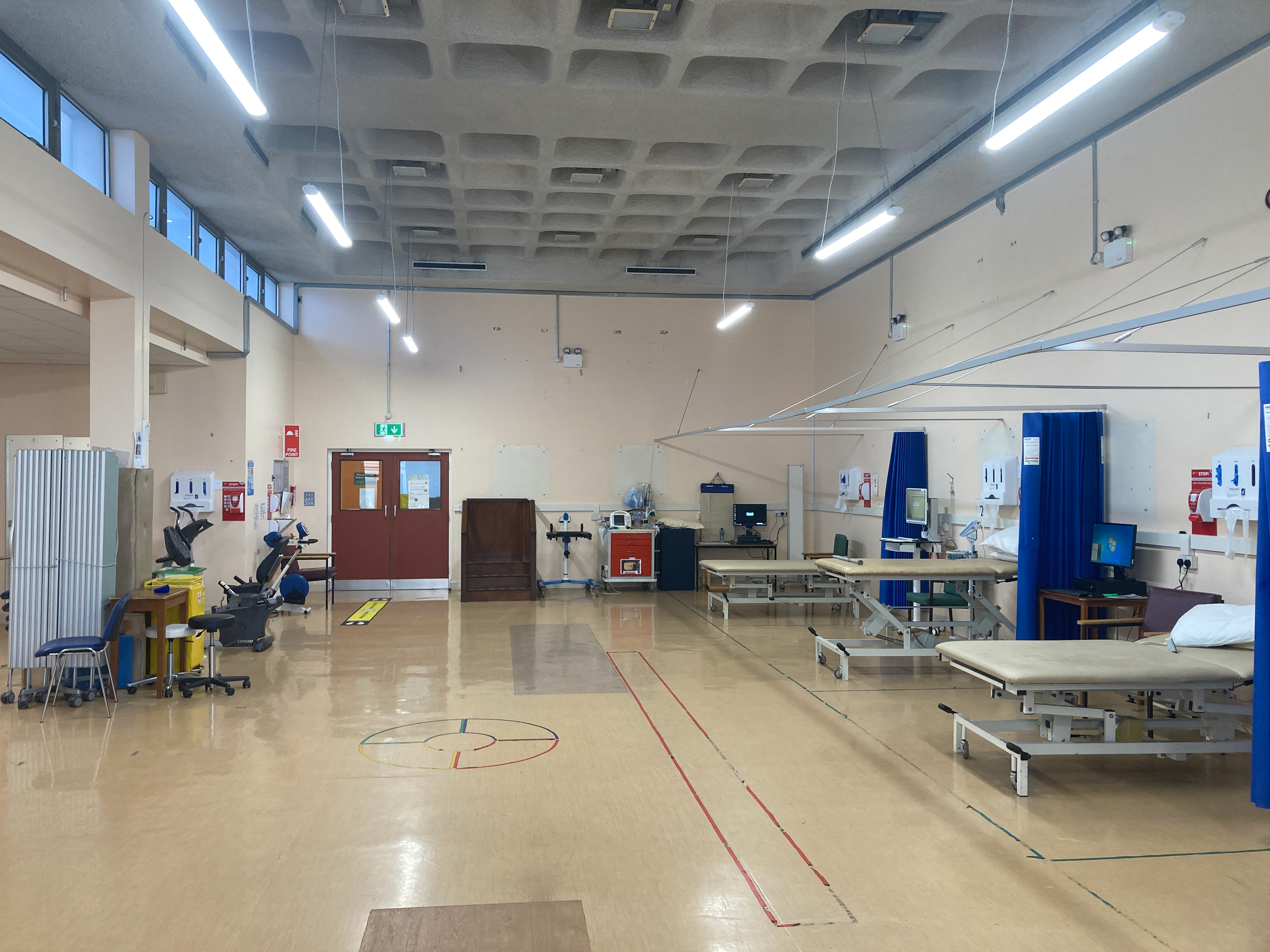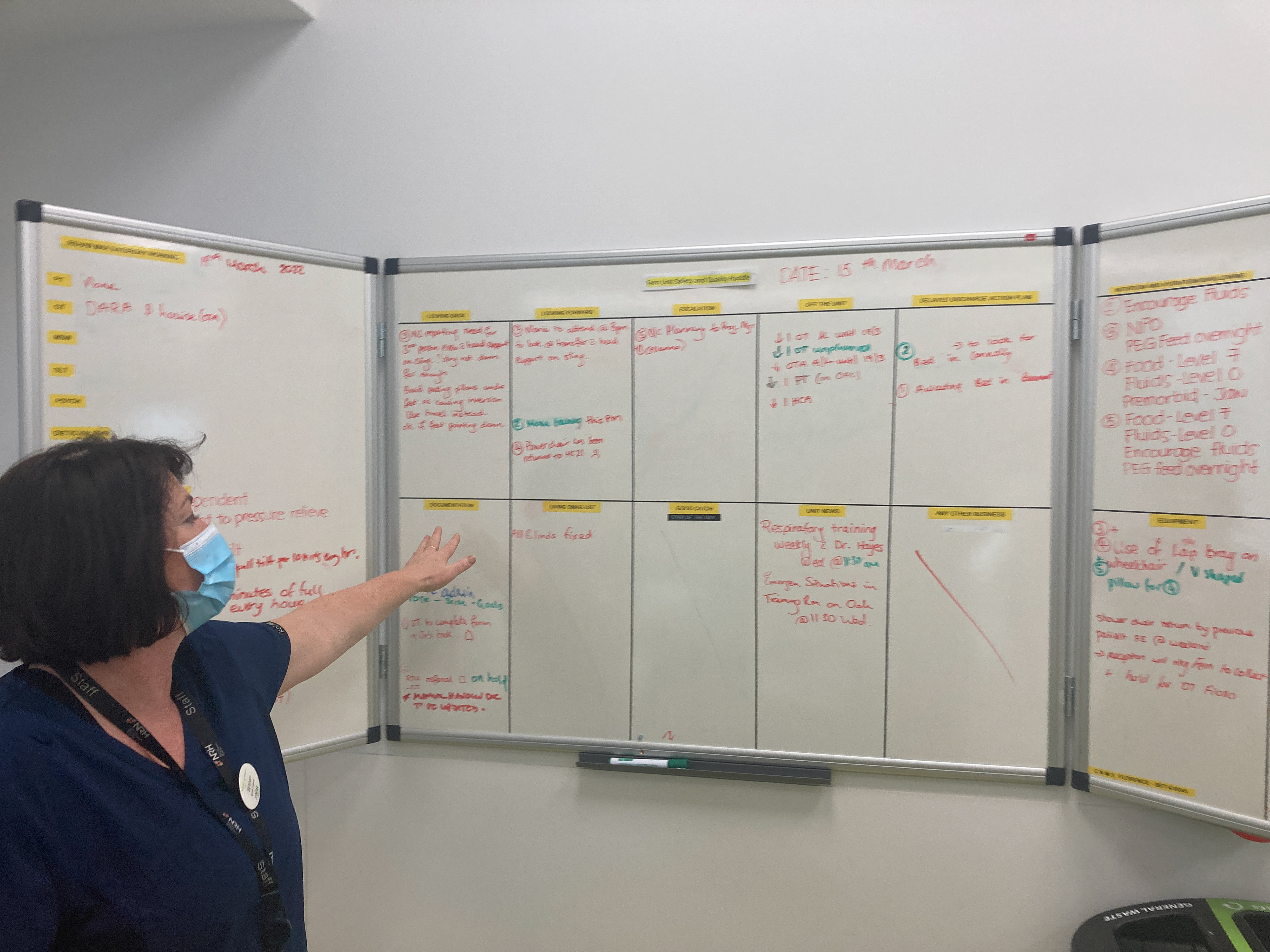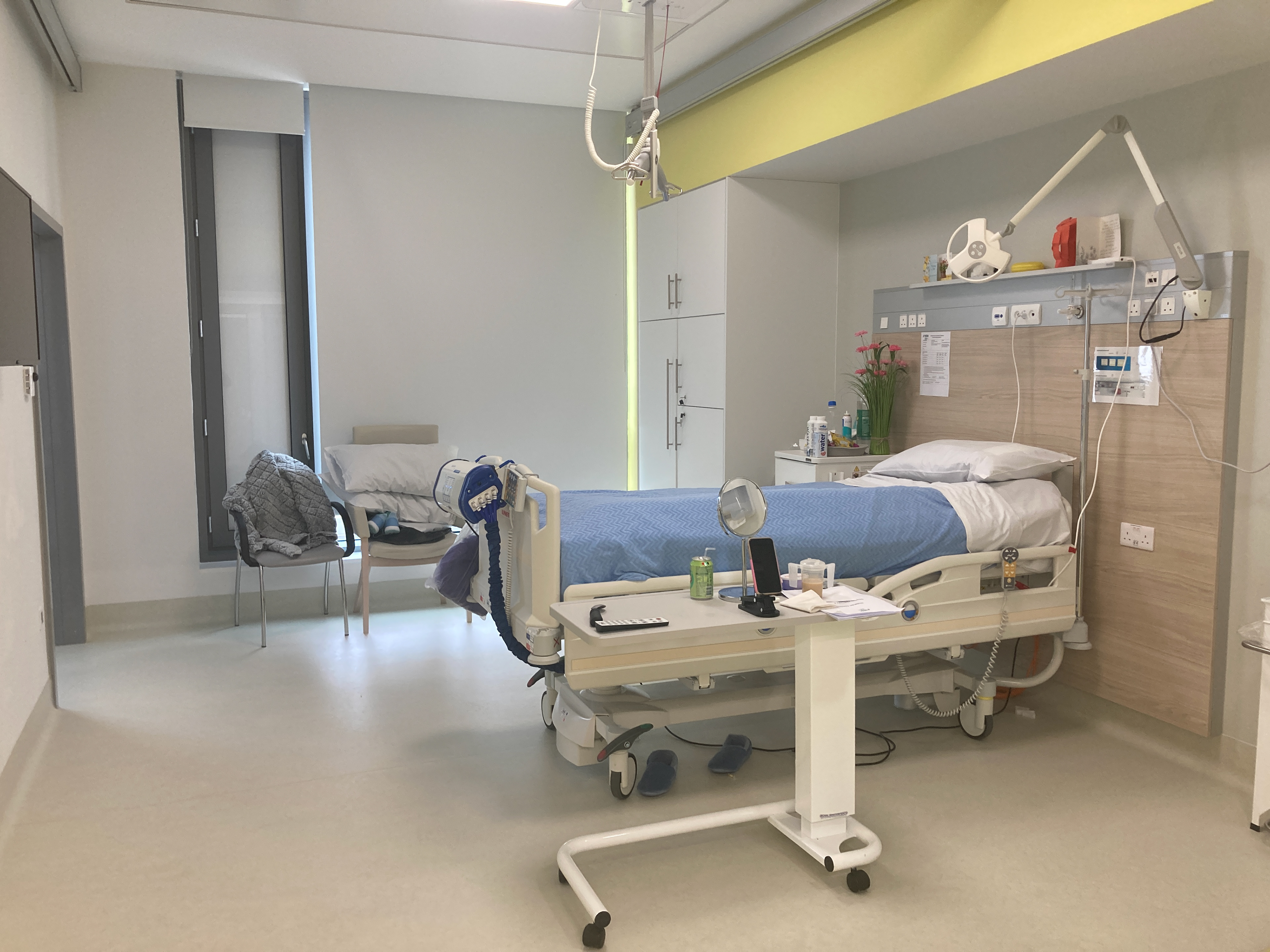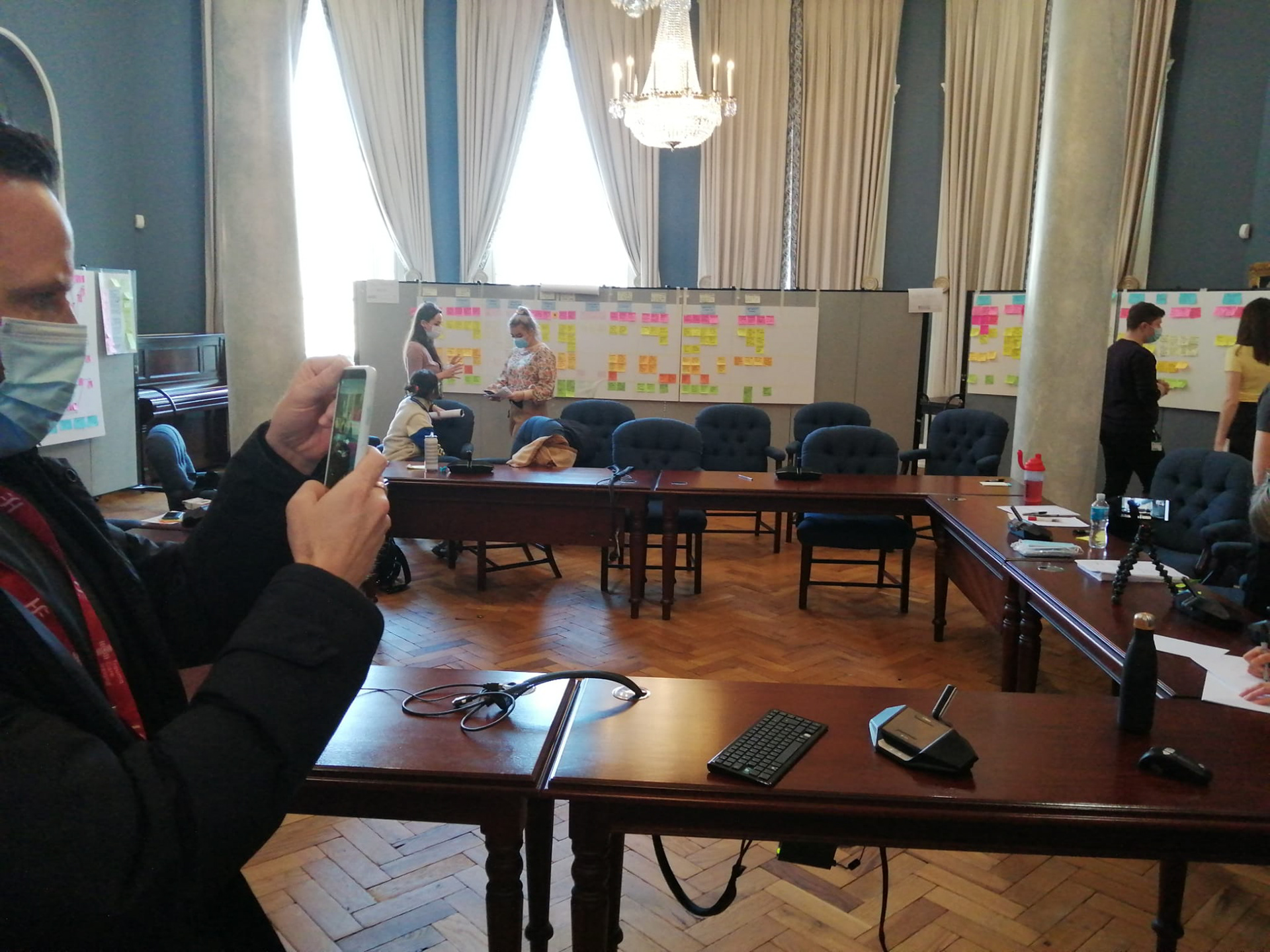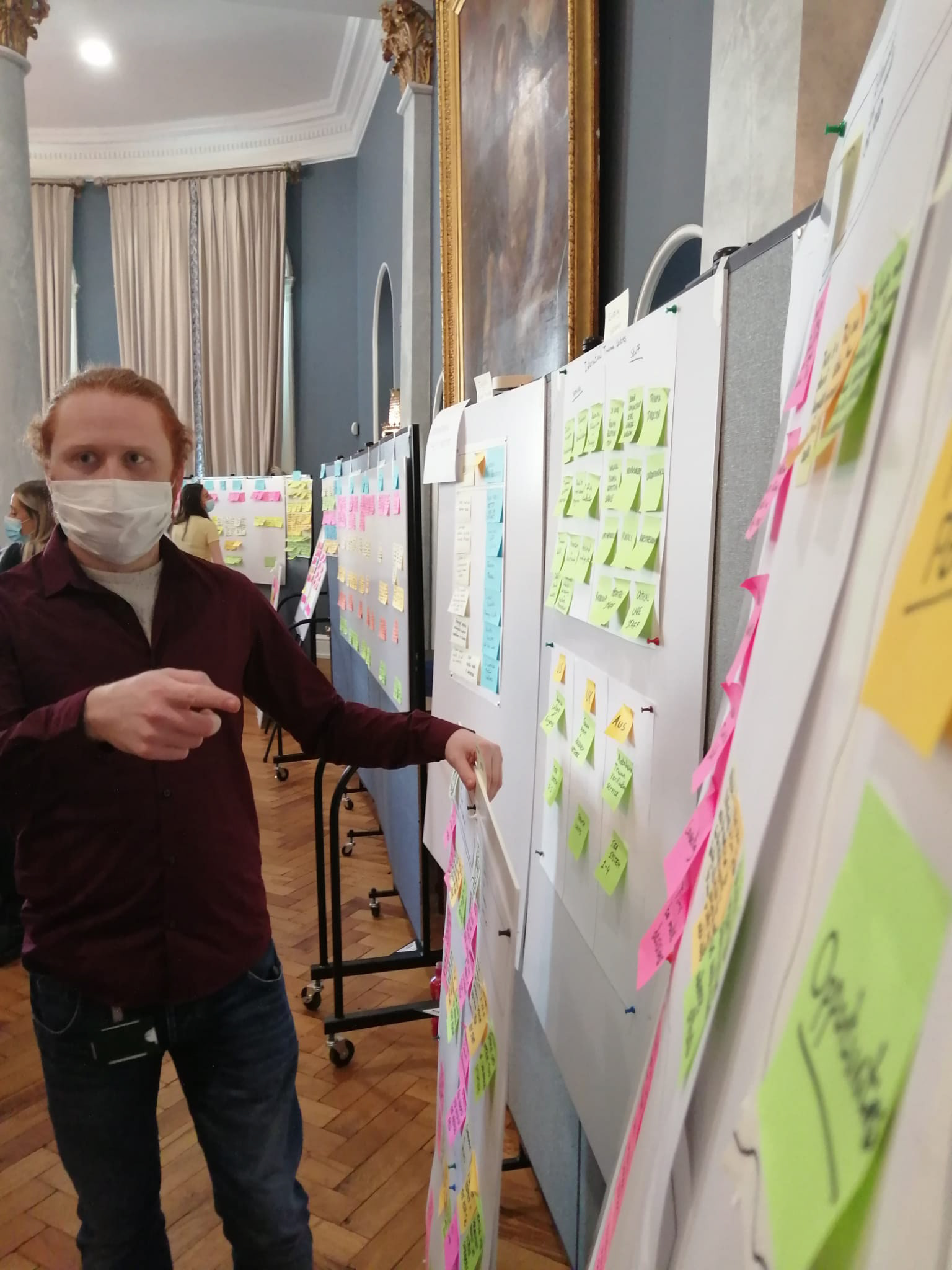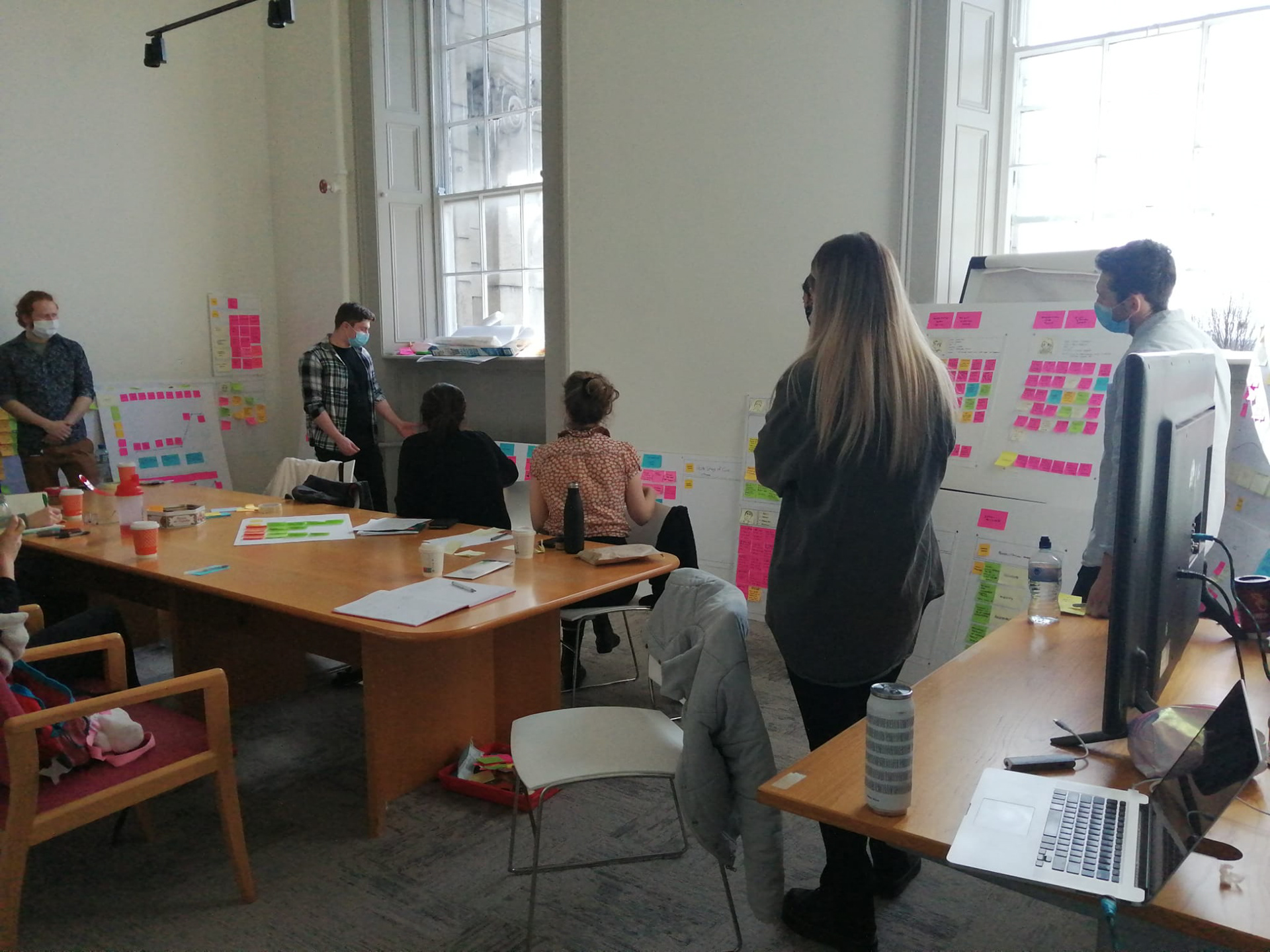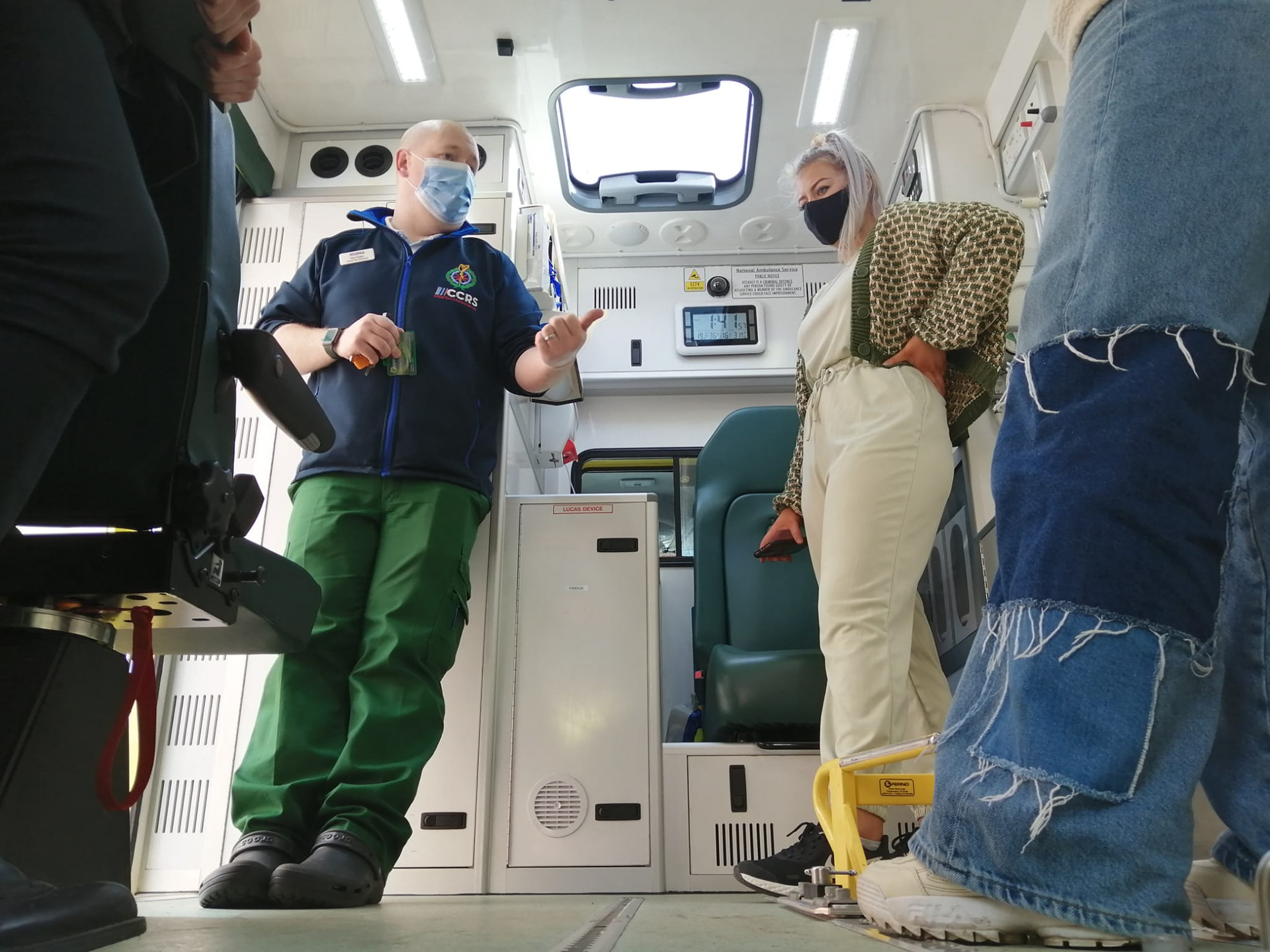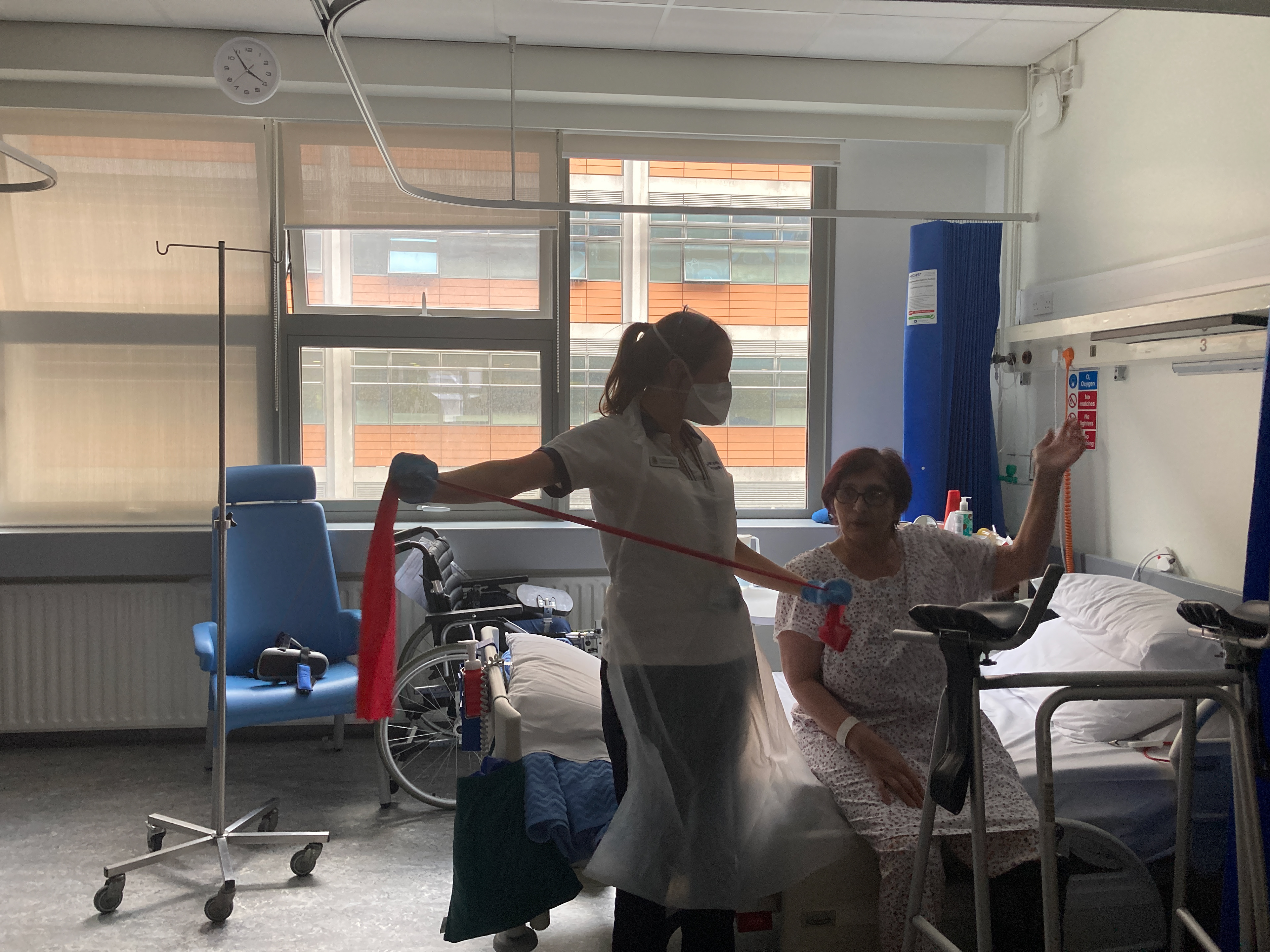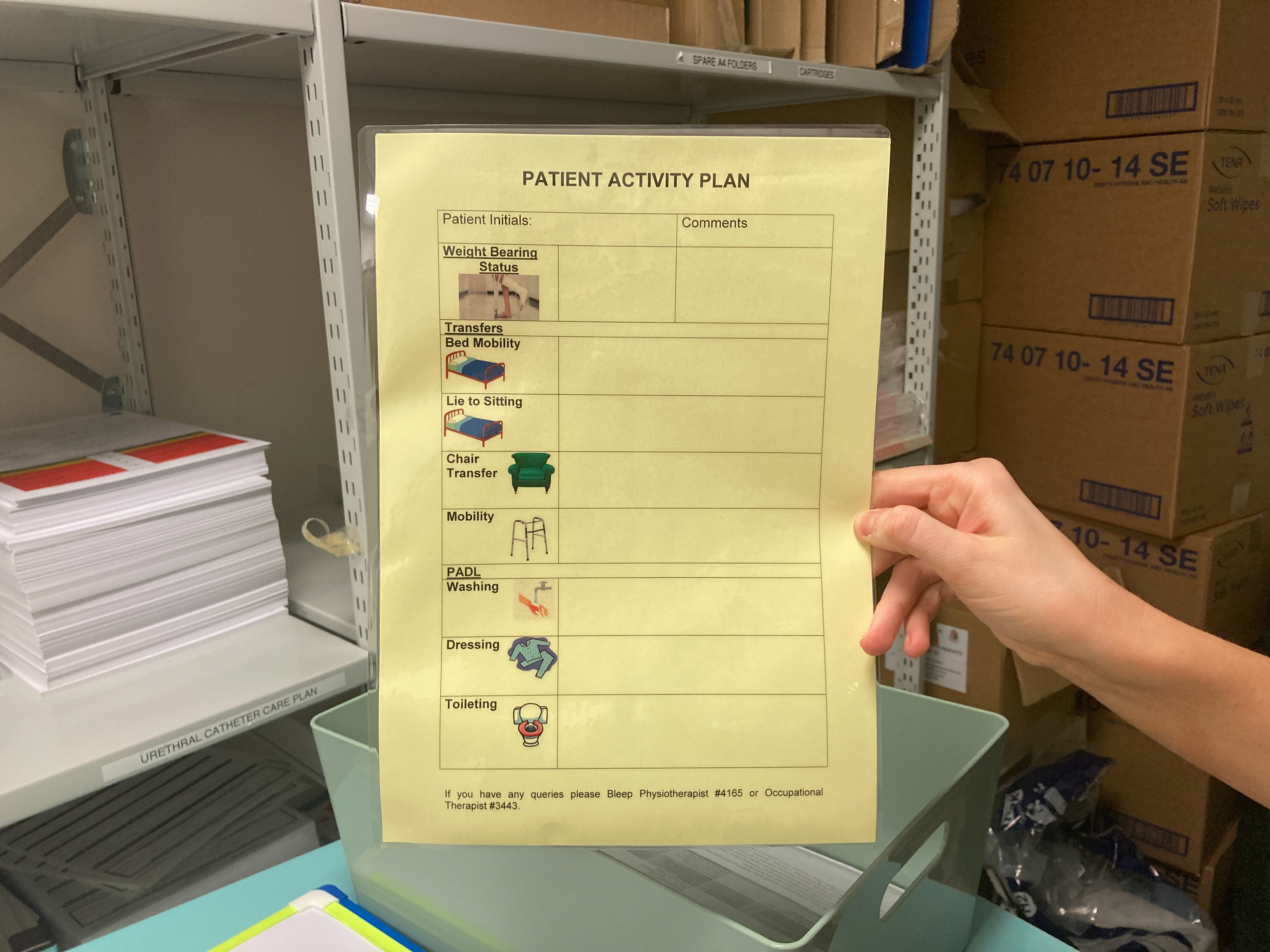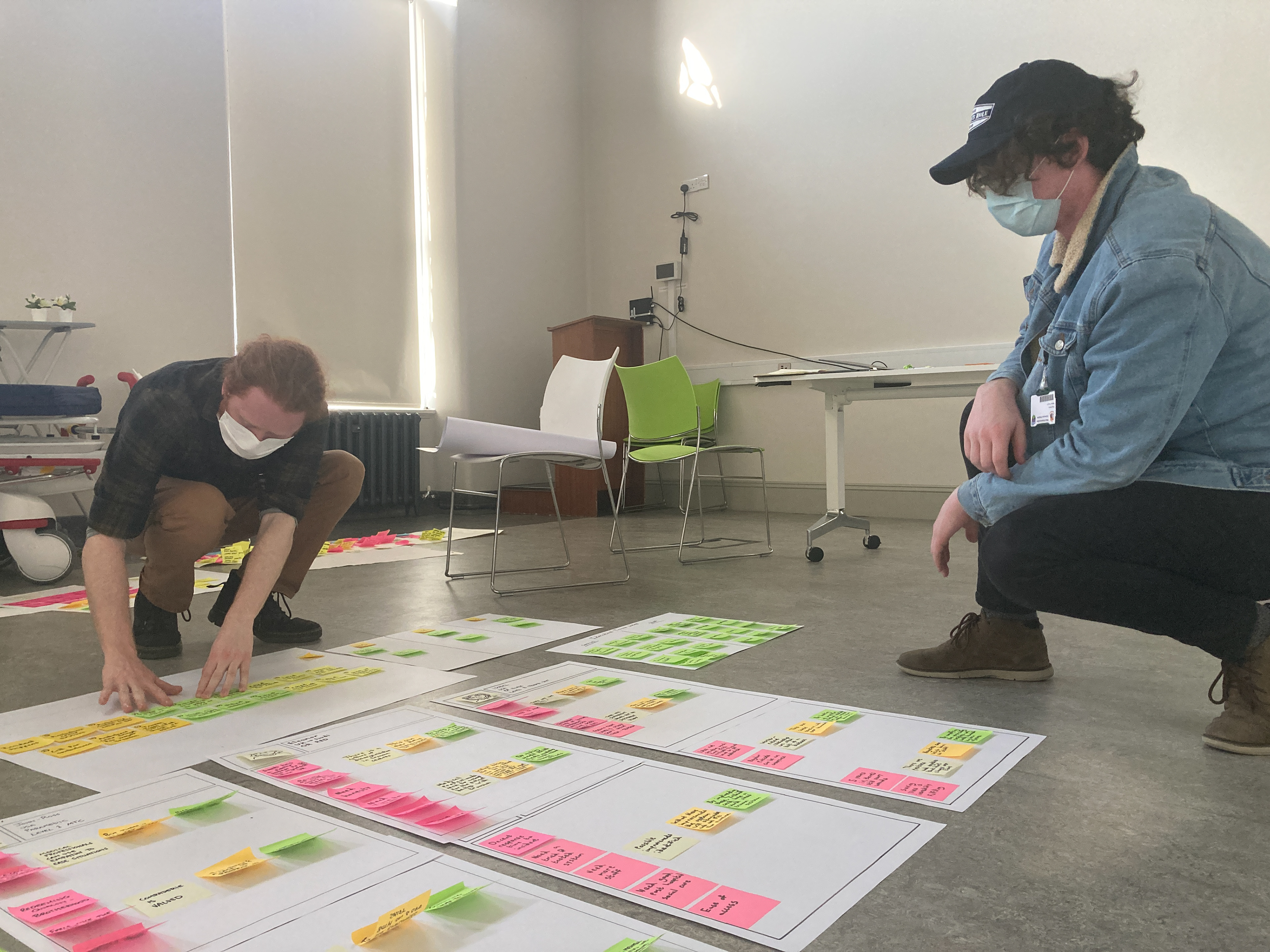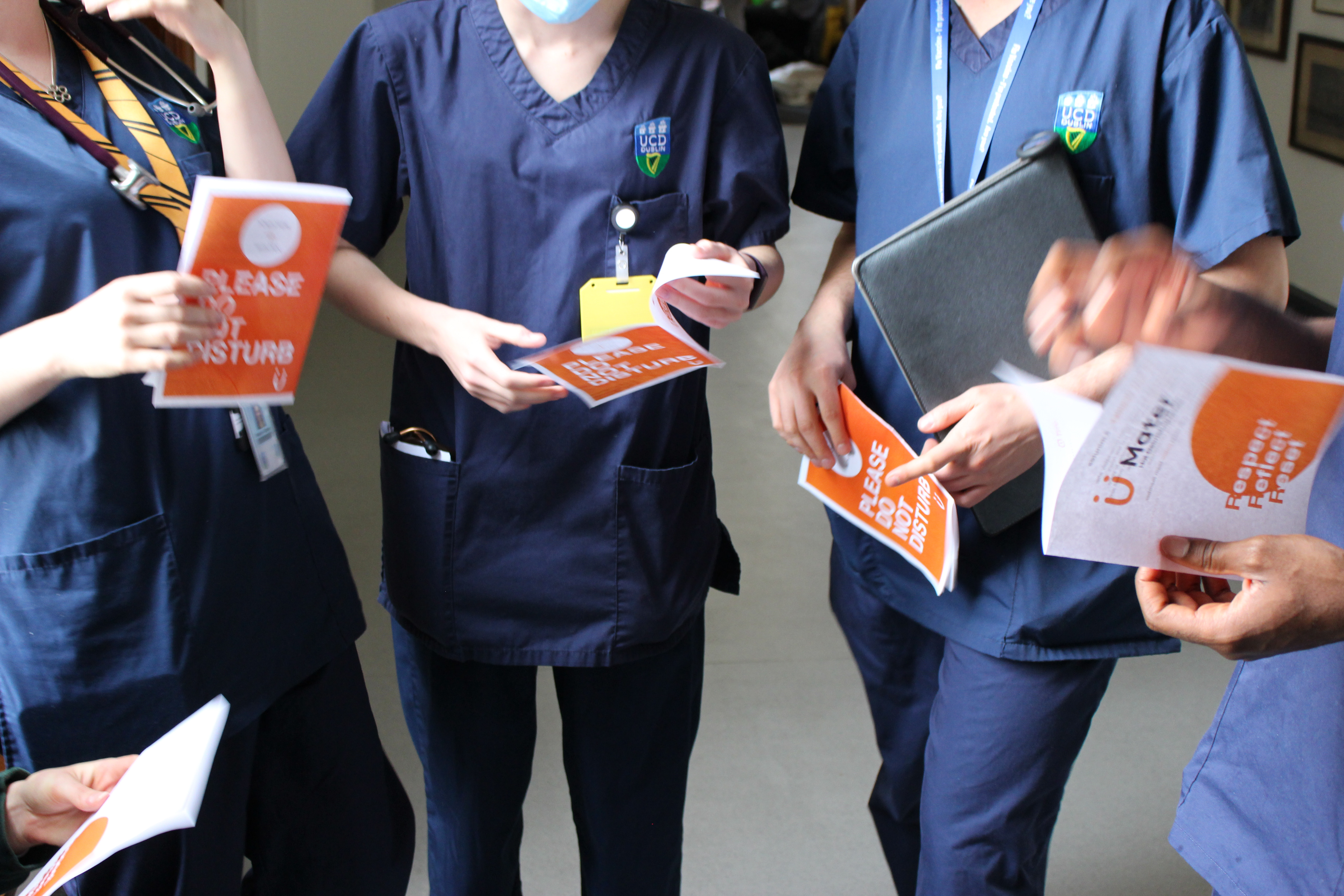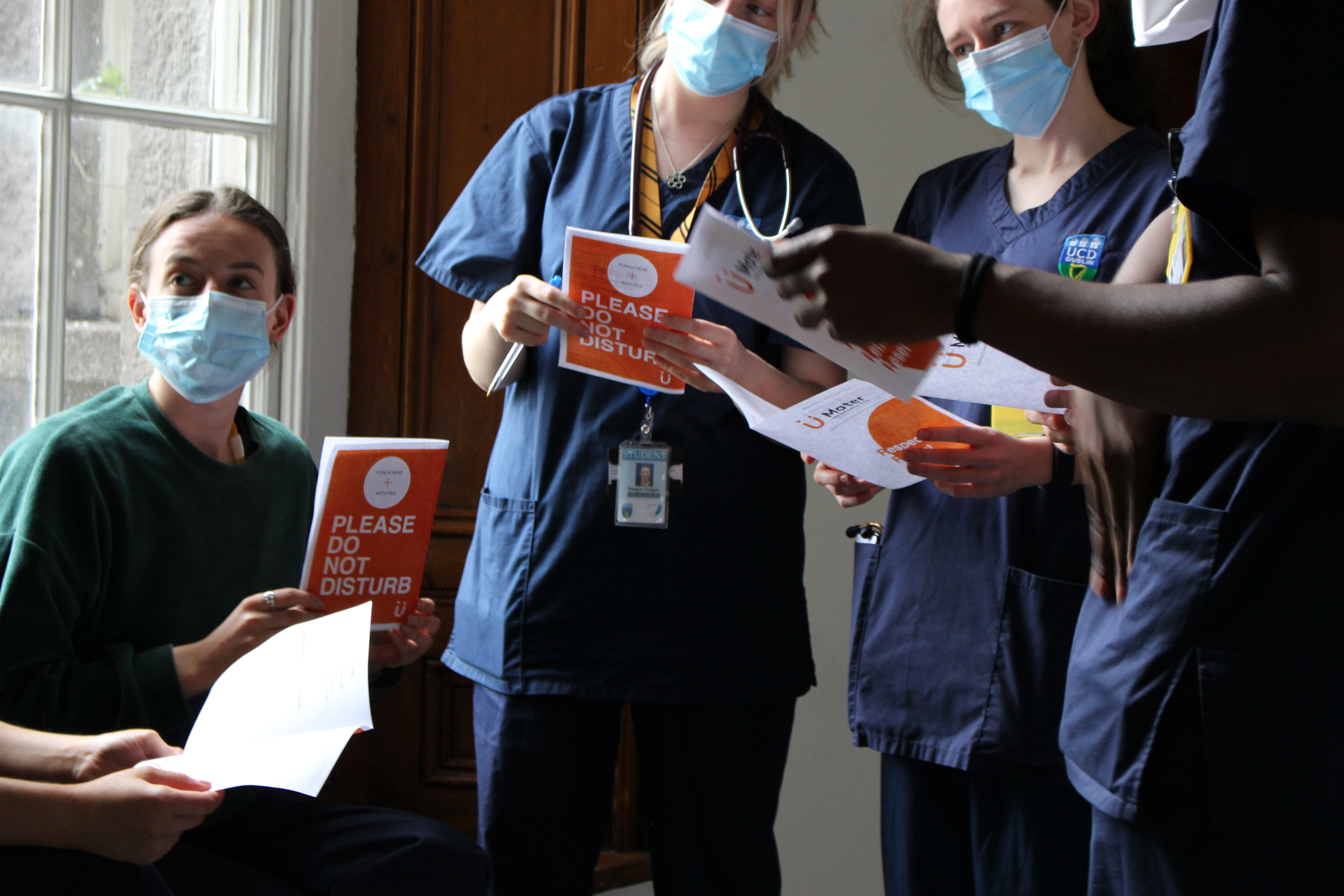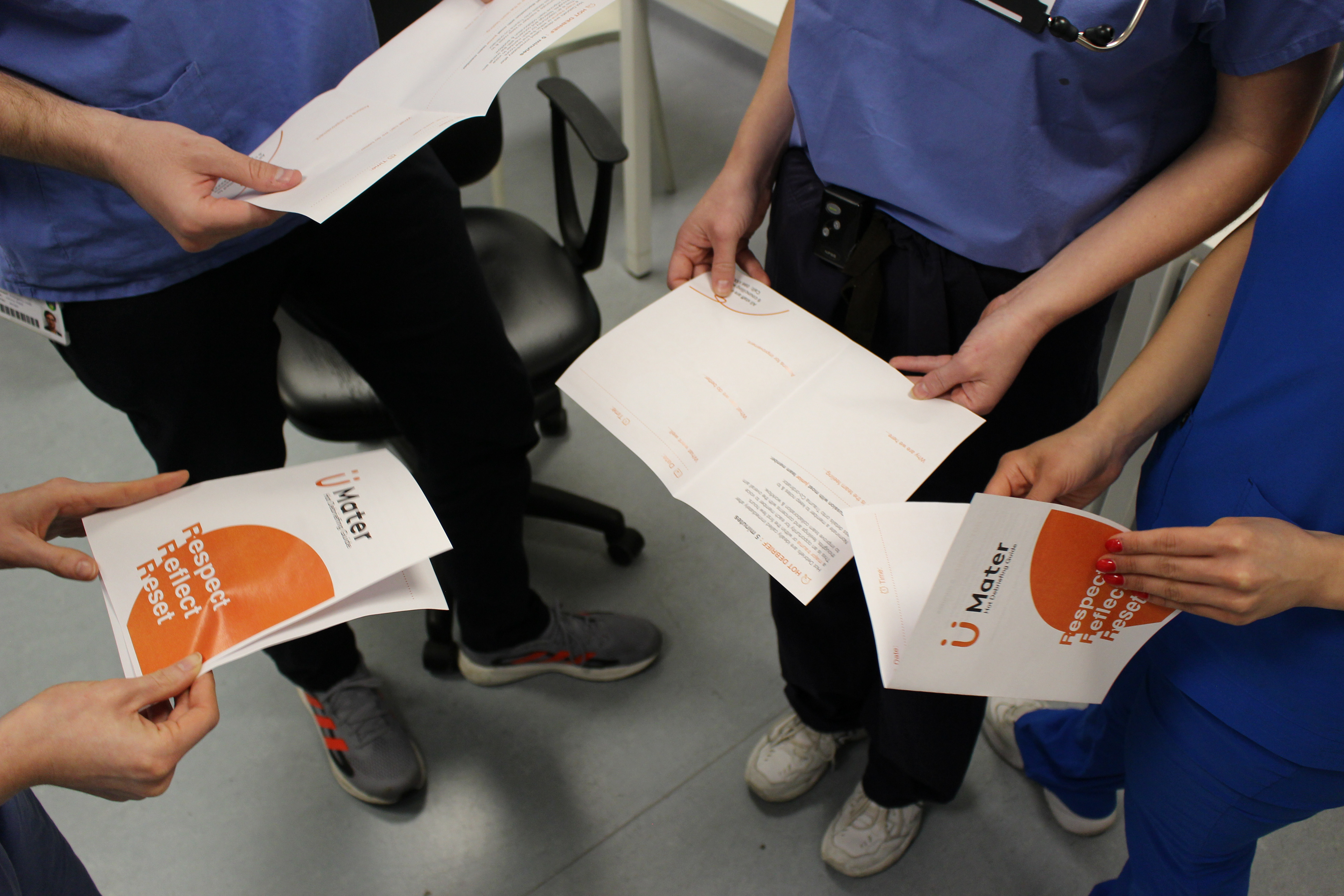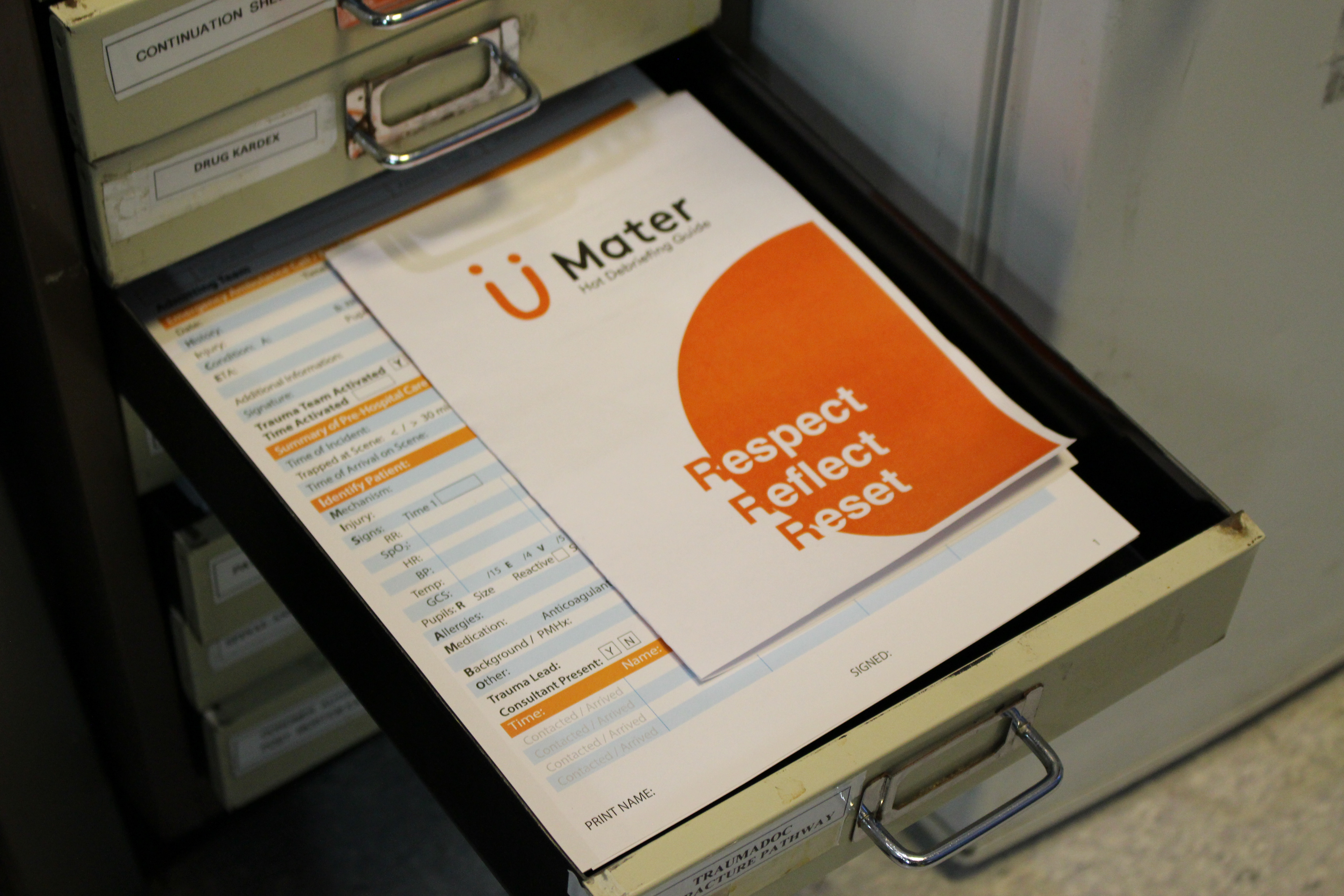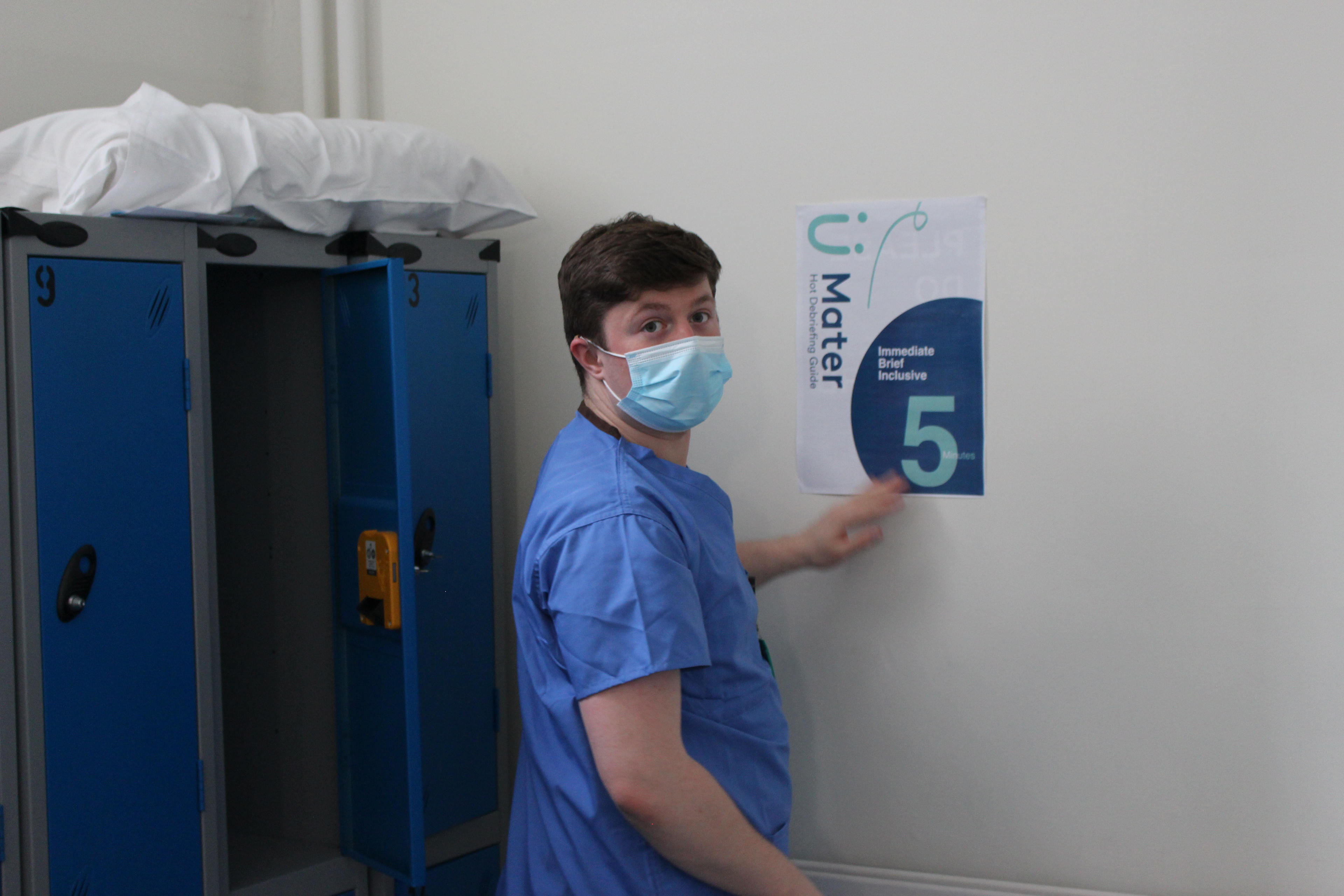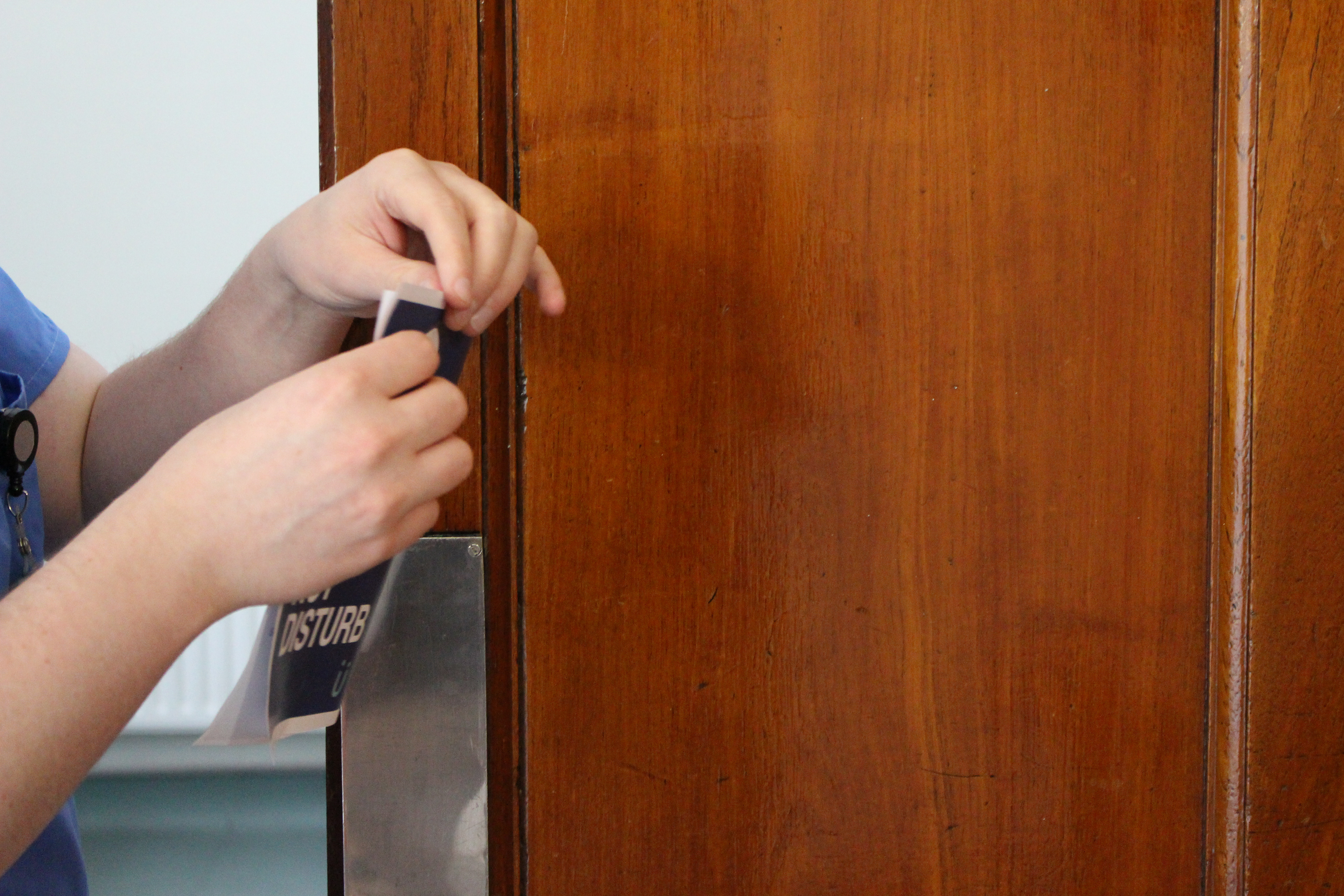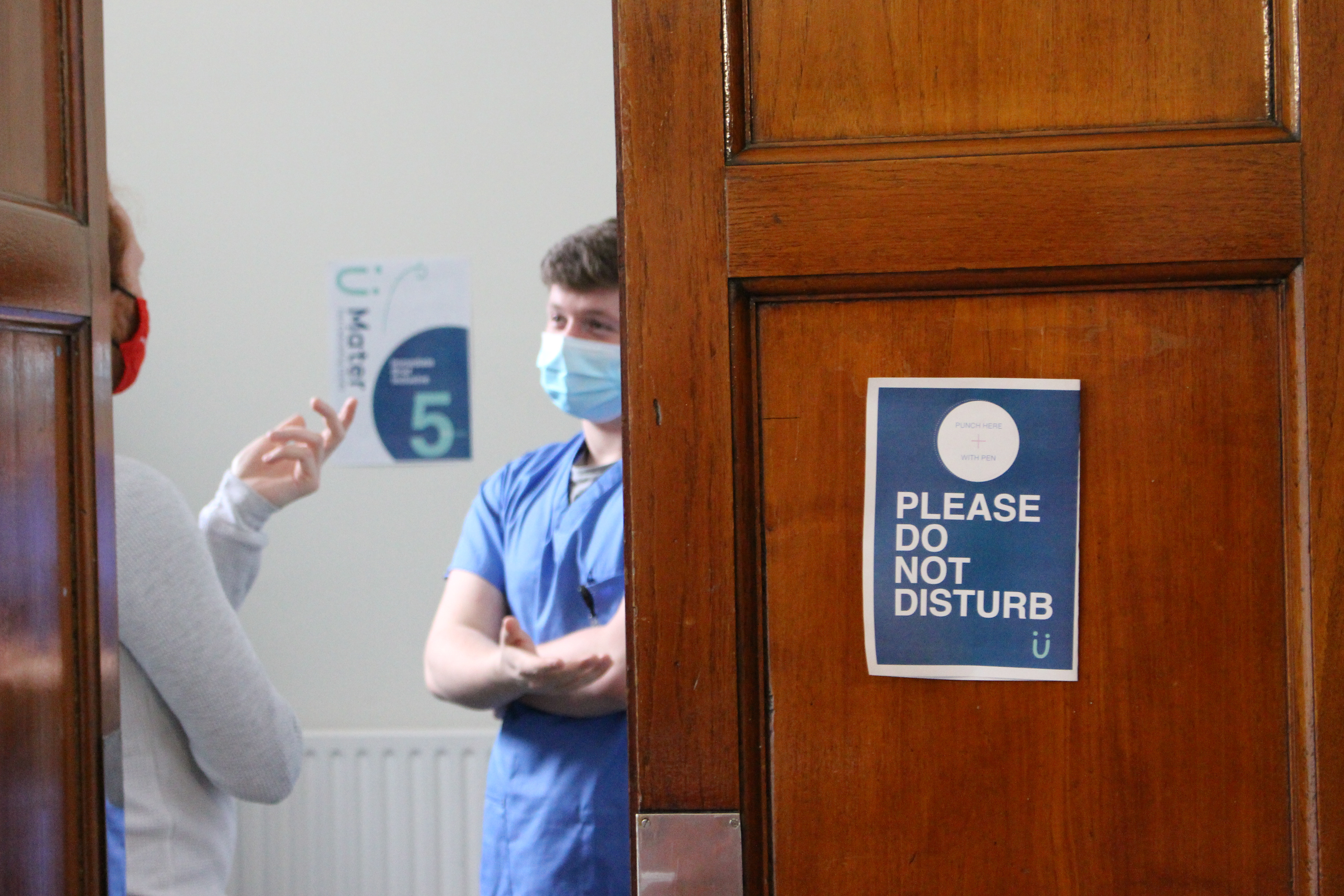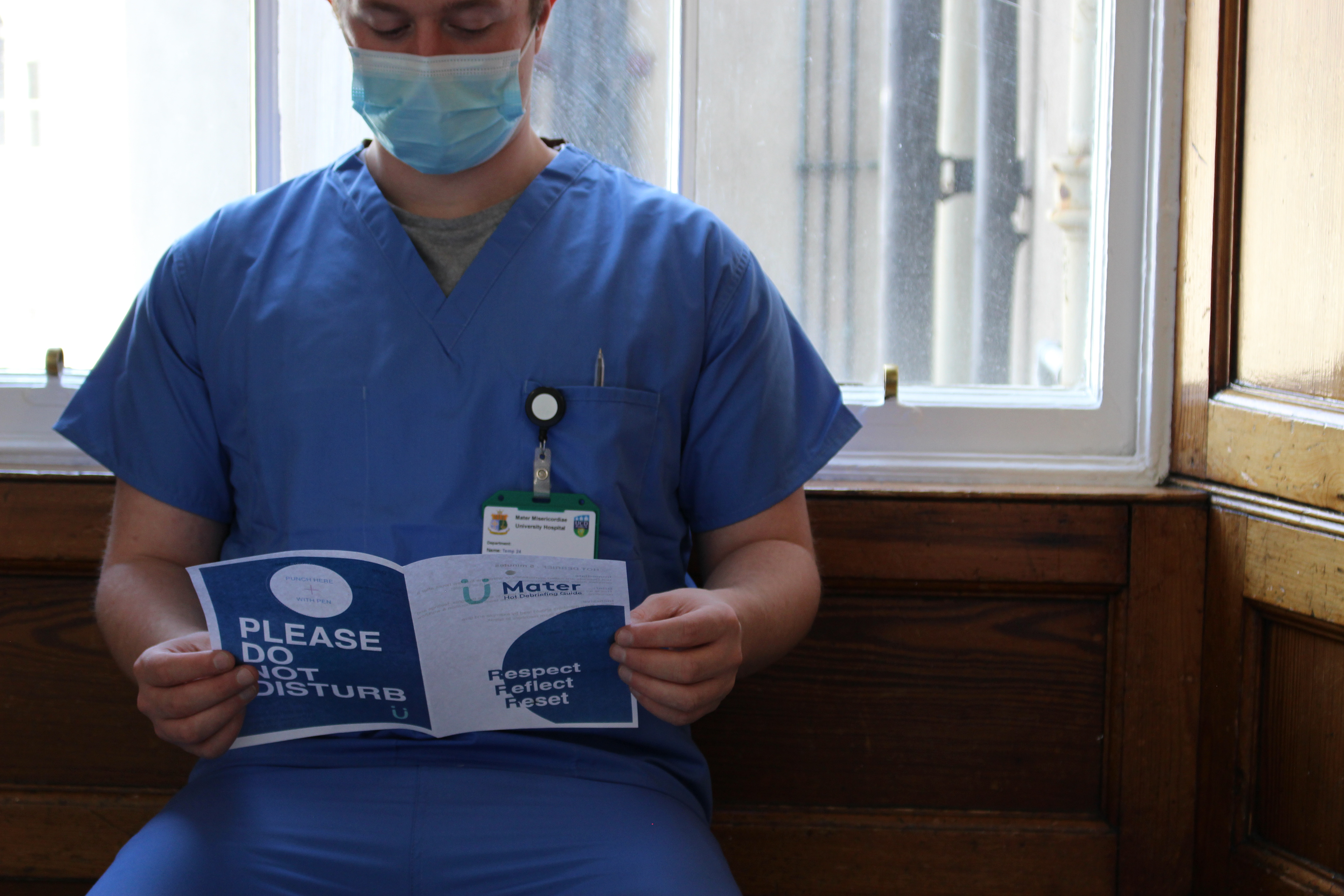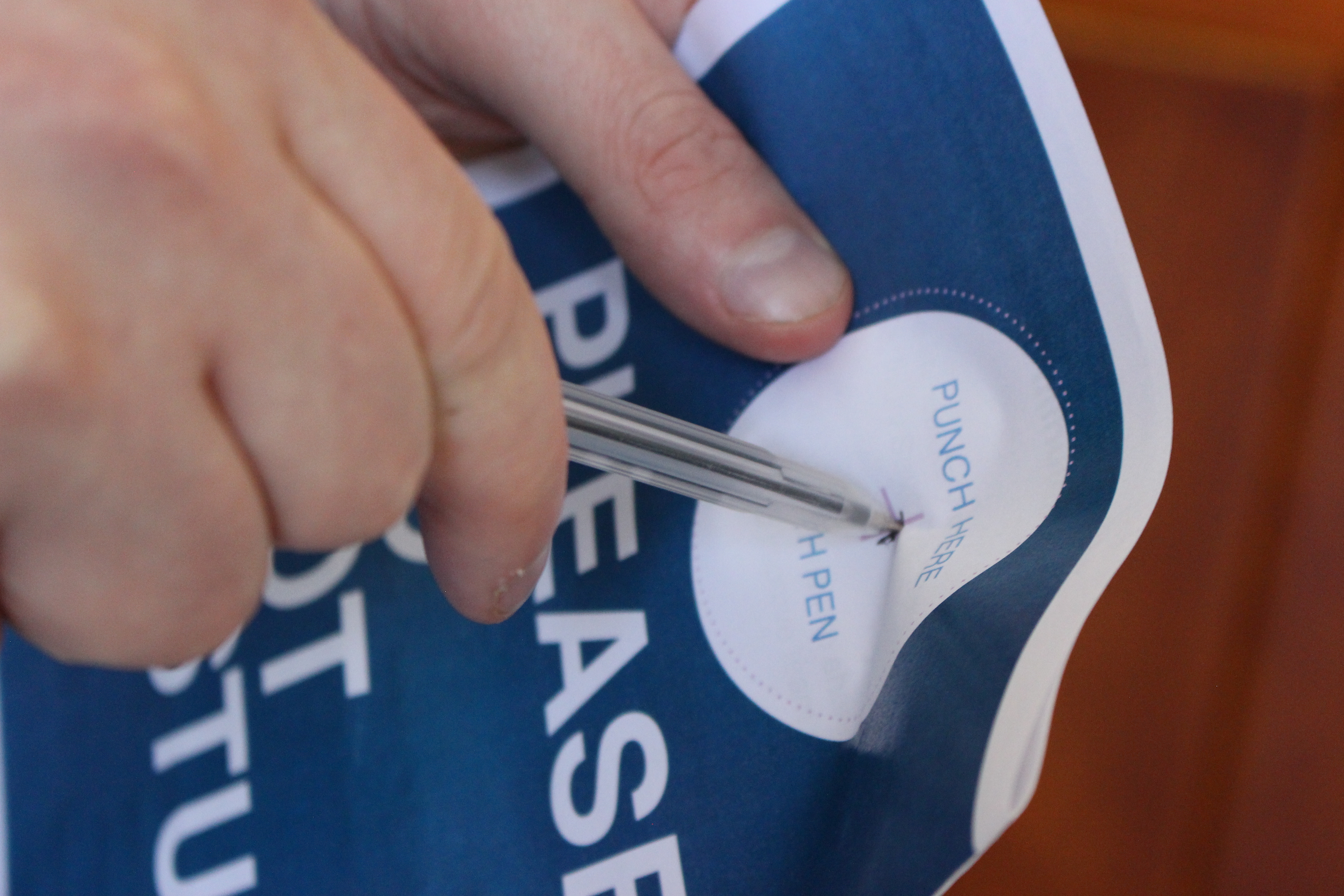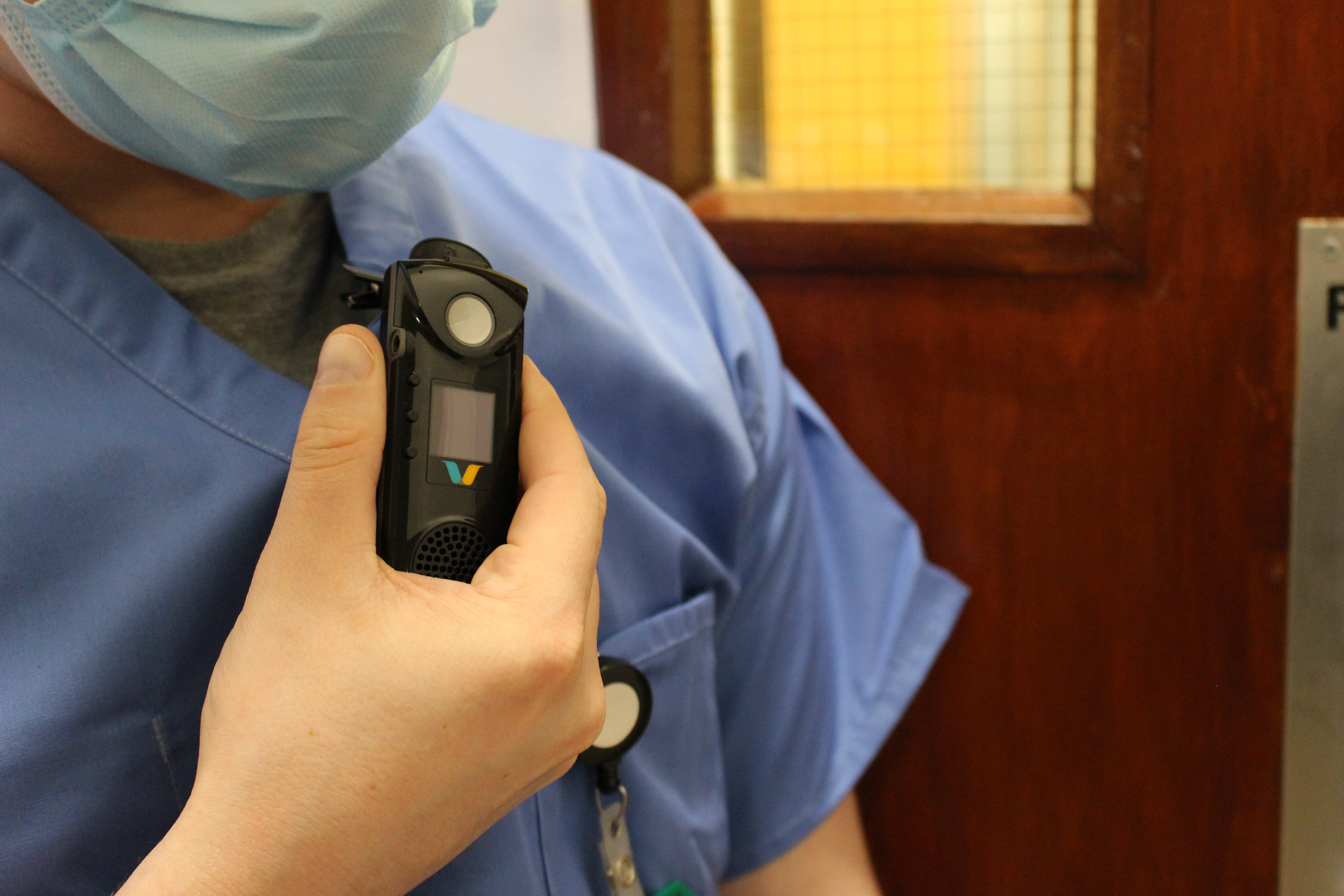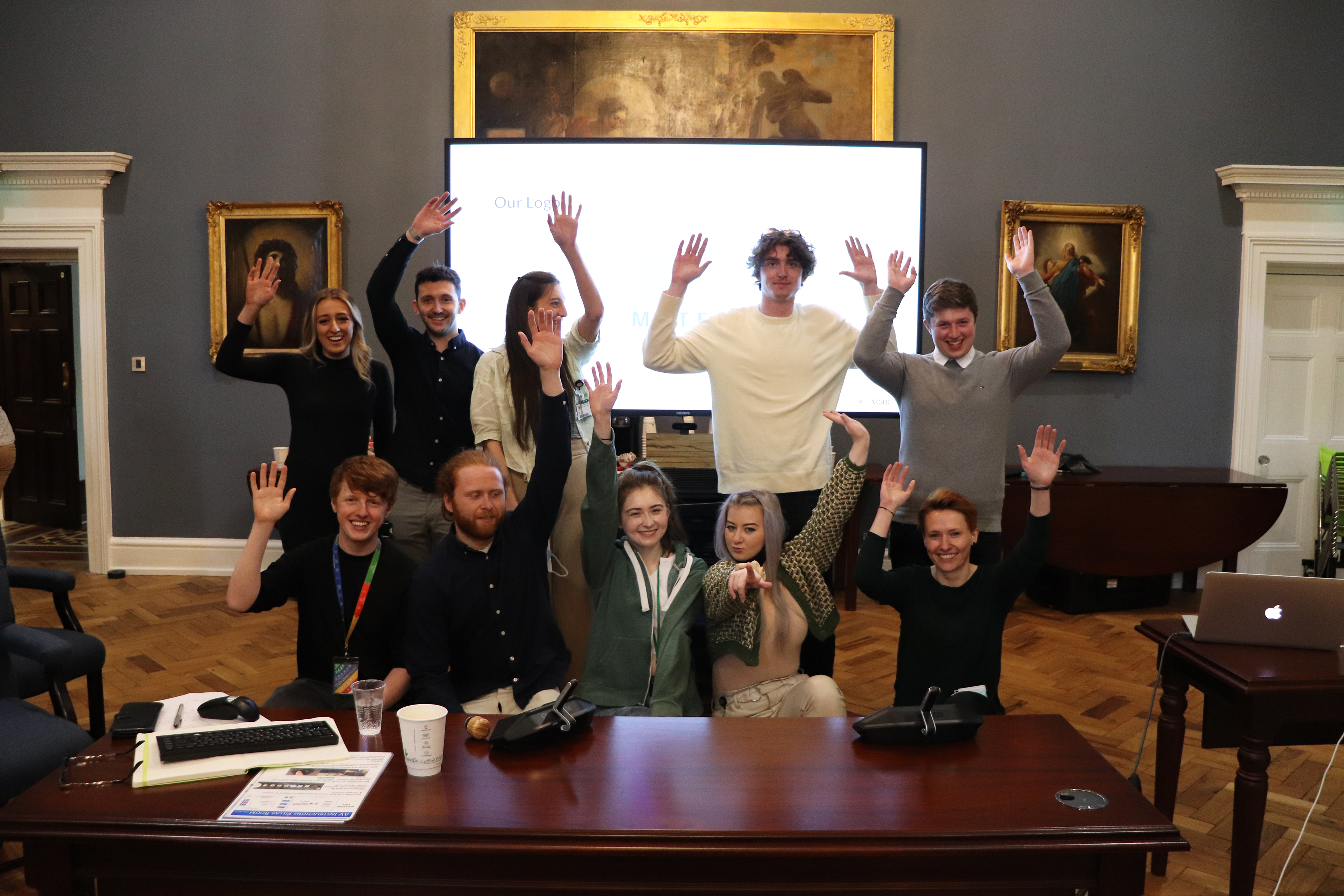Overview
Type:Service | Duration:9 mos | Client:HSE/Mater Hospital
Role: Service/Communication Designer. My role encompassed workshop facilitation, data analysis/synthesis/visualisation, persona creation, service blueprinting, communication design.
________________________________________
The Irish government designated the Mater Hospital as one of the two major centres for the provision of trauma care in the State. It required a new care pathway to be integrated within the hospital infrastructure. This is a large systemic change to the status quo.
Service design is proving to be an impactful approach to catalyse cultural and organisational change in the sector and I was happy to be employed as the first service designer by the HSE to work on such a complex and vital healthcare service.
Challenge
The hospital's job was to consider and foresee the implications of an increased specialised patient footfall on each stage of the system (roadside, pre-hospital care, acute hospital care, rehabilitation and supported discharge) and resolve the clinical algorithm needed to facilitate the new demand.
The complex issue of power dynamics within healthcare is a prevailing obstacle for change management, especially within the public sector. Service design helps rebalance power in order to realise changes in the culture, processes and structure of healthcare organisations.
Approach
In collaboration with the hospital's Transformation Office, our team(Strategic Projects Office) was tasked with facilitating and progressing the many conversations and individuals implicitly involved in creating a clinical algorithm catering to a catchment area of over 3 million people. This required effective change management, resourcing, reconfiguration, leadership and subsequent ongoing review.
______________________________________________________
Mapping
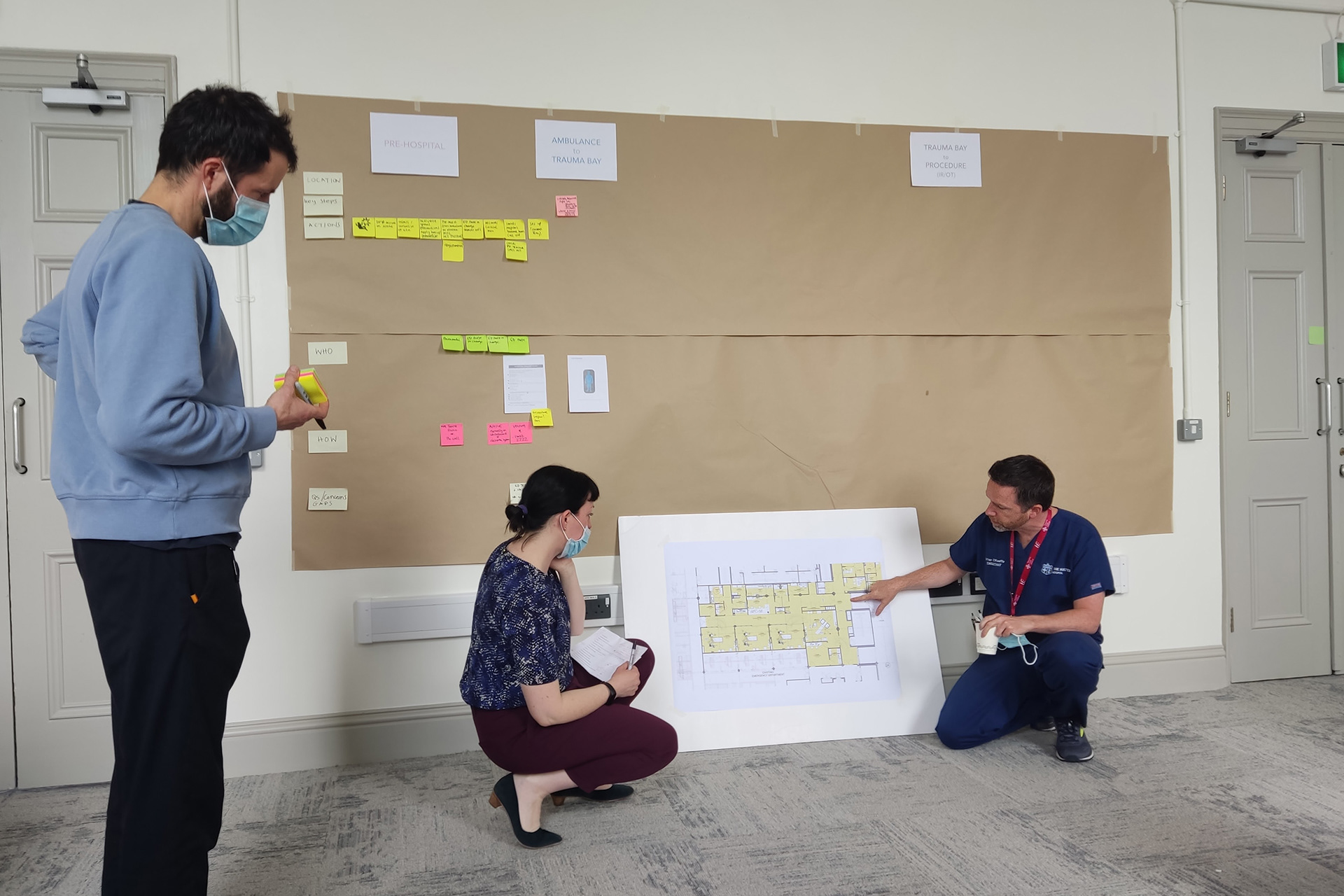
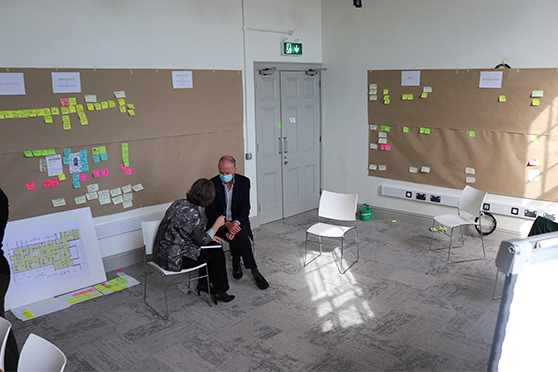
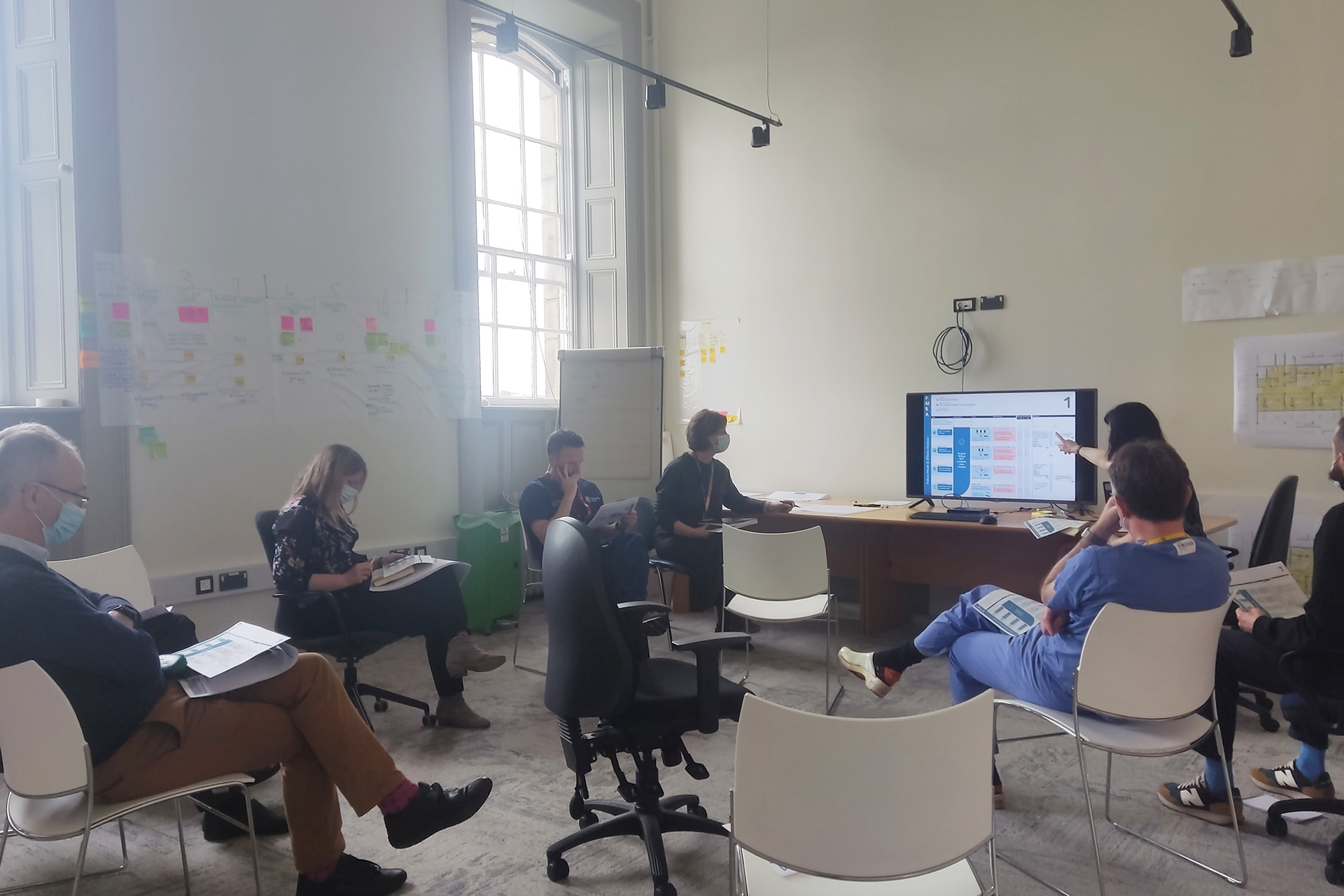
Patient pathway mapping workshops happened regularly throughout the project and provided deep insights into the demands and needs of the patient on the hospital infrastructure and resources. FMEA's (Failure mode and effects analyses) assisted in further analysis of these pain points and helped us co-develop solutions with hospital clinicians.
Analysis & Synthesis
Analysis and synthesis of workshop data collection was aided by a digital workspace called Miro. Key data was transferred from the physical working service blueprint to Miro after every workshop. Data was then synthesised. As new data was collected through these on-going workshops, this pathway developed to ensure all stakeholders are represented accurately. Miro was a great tool both, for presenting the data in a digital format to a wider audience and a place to further analyse and synthesise the data outside of the workshop sessions.
Workshop Facilitation
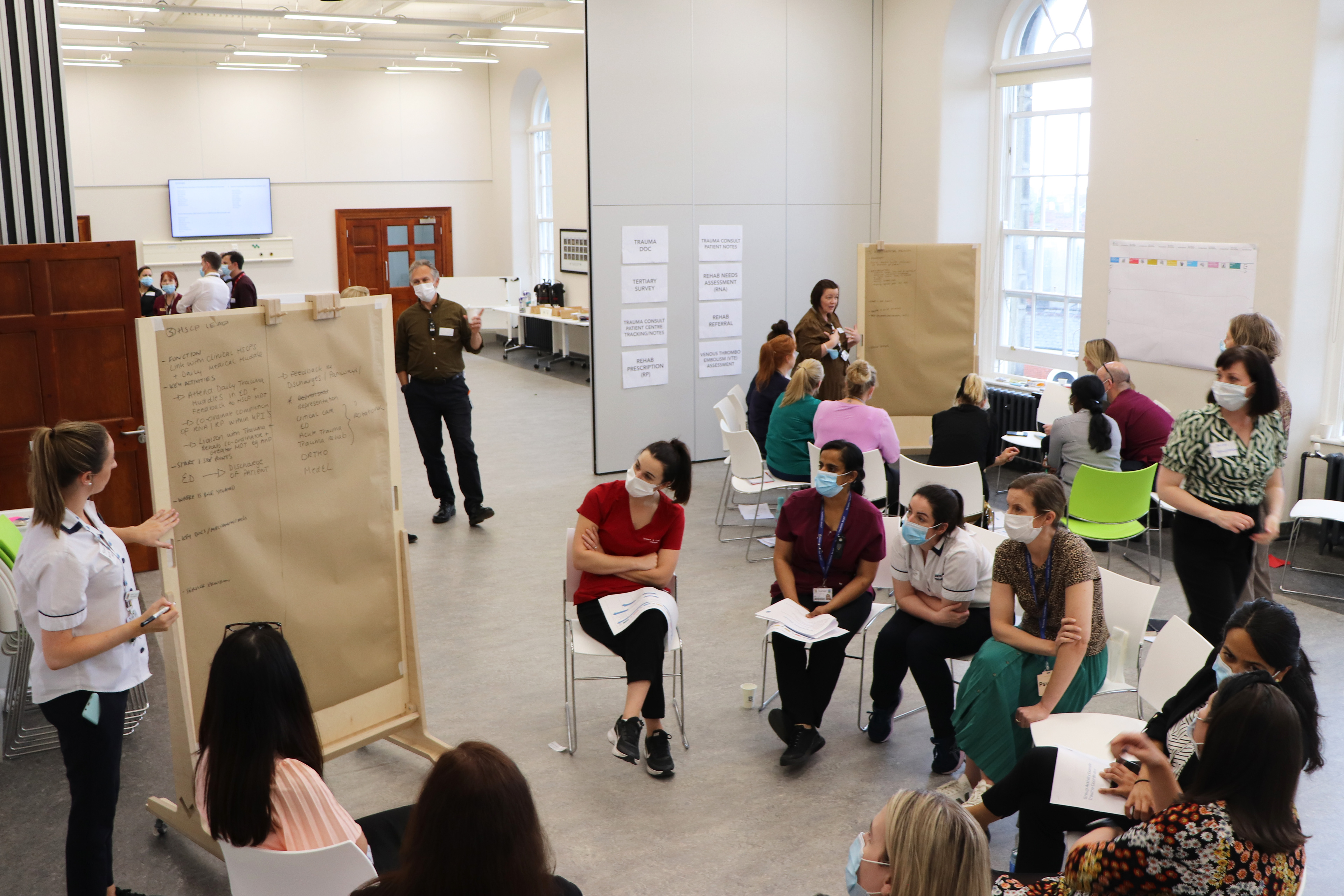
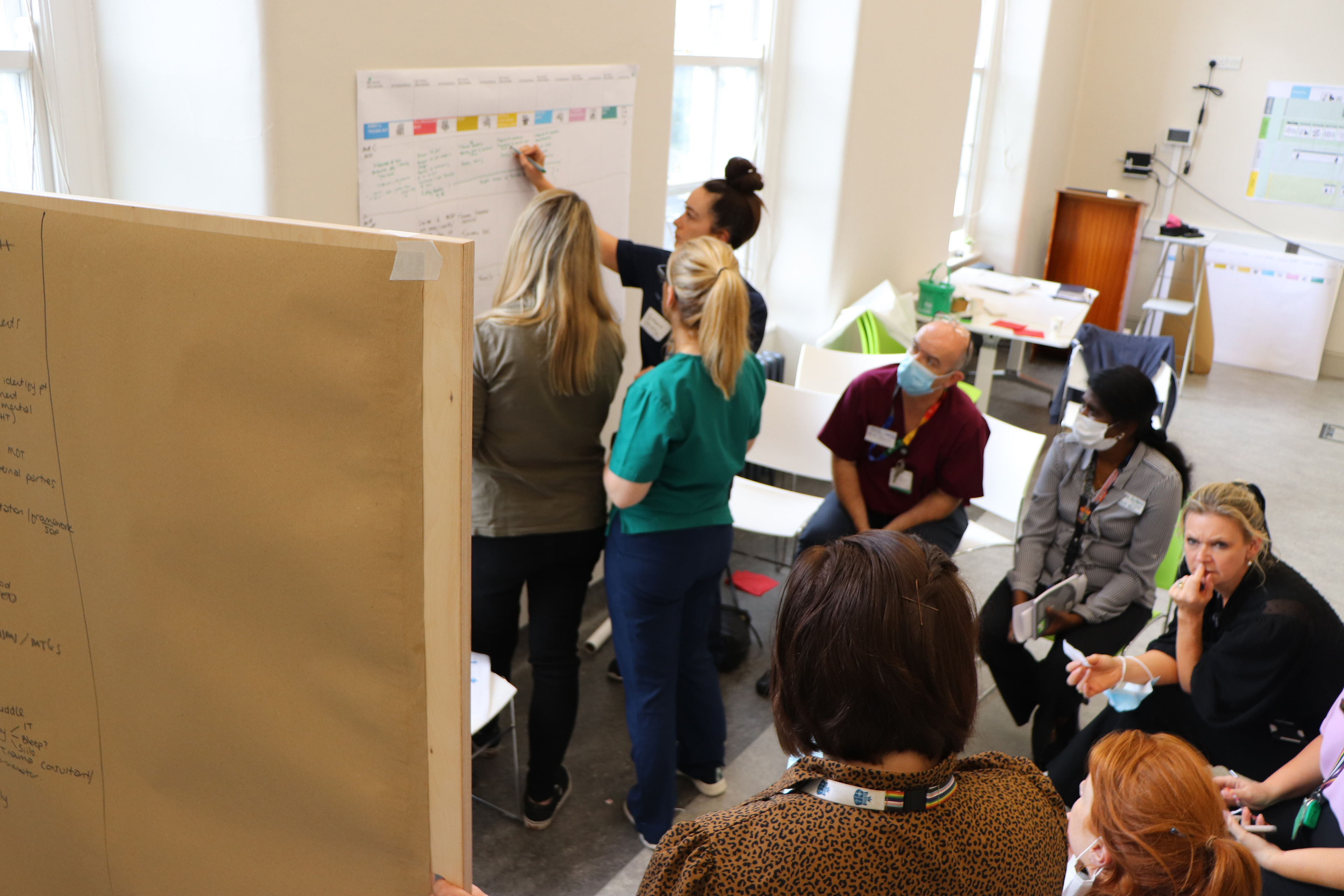


We facilitated workshops that we designed to be run by the new trauma service staff members themselves. They proved to be every successful and a totally new way of flattening the hierarchy that often stifles progress in institutions like hospitals.
Persona Creation
Multiple personas that critically represented our future trauma patients were used as reference tools throughout the process
Data Visualisation
Succinct, visually represented data was a helpful tool for easily opening up discussions in workshops scenarios. Also, by disseminating this data to time poor stakeholders, in a very visual format, who are used to receiving data by excel/word documents, boosted future engagement of this ongoing project.
Service Blueprint
Service journey map
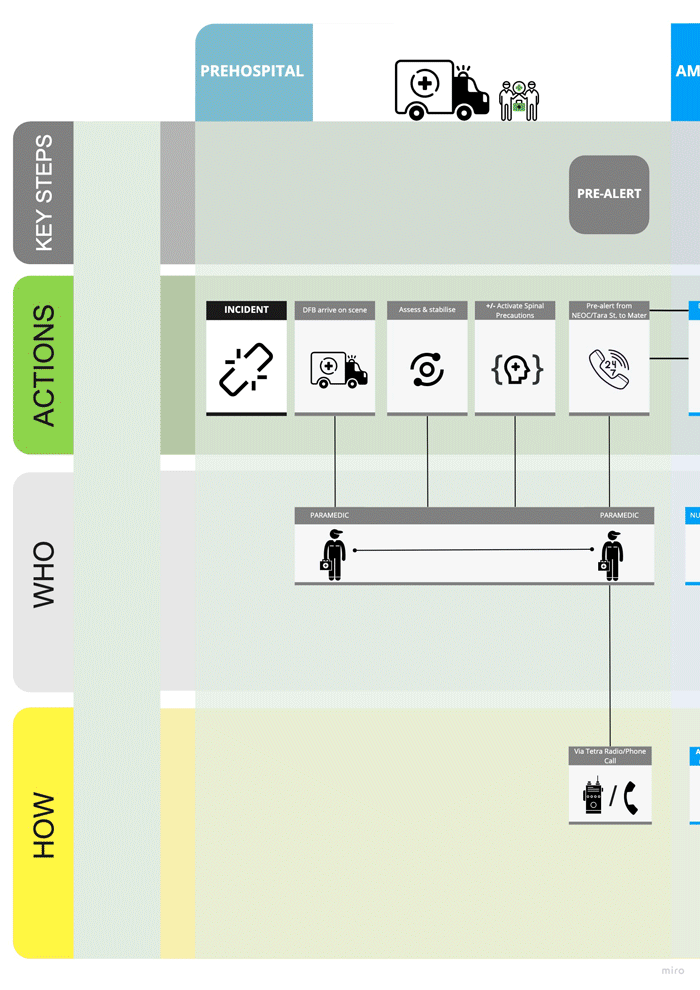

Funding
Pitched and secured seed funding to finance digitisation of critical information transfer from paramedics to trauma bay emergency staff at the beginning of the trauma patient journey.
Communication Design
Messaging and communicating ideas and direction were fundamental to changing hearts & minds throughout the project. An important part of my role was presenting up-to-date information and progress to all the relevant stakeholders, including the executive board on a regular basis.
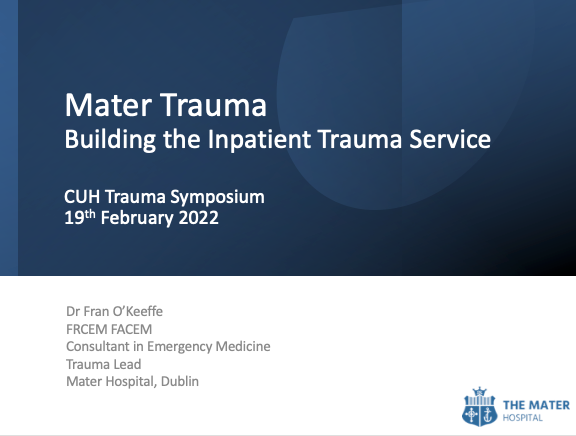
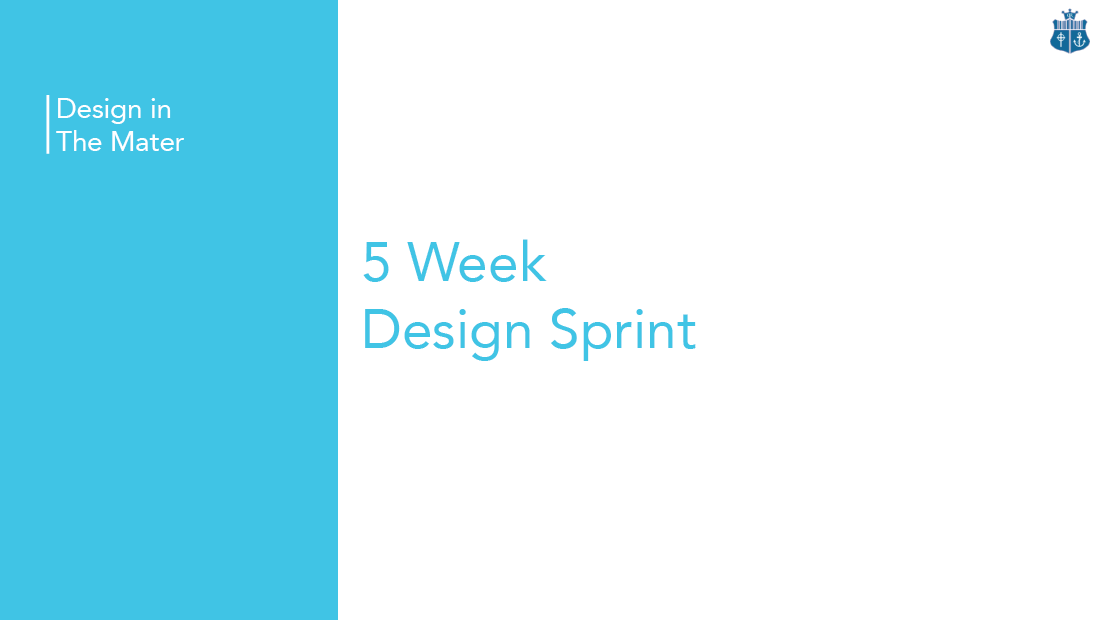
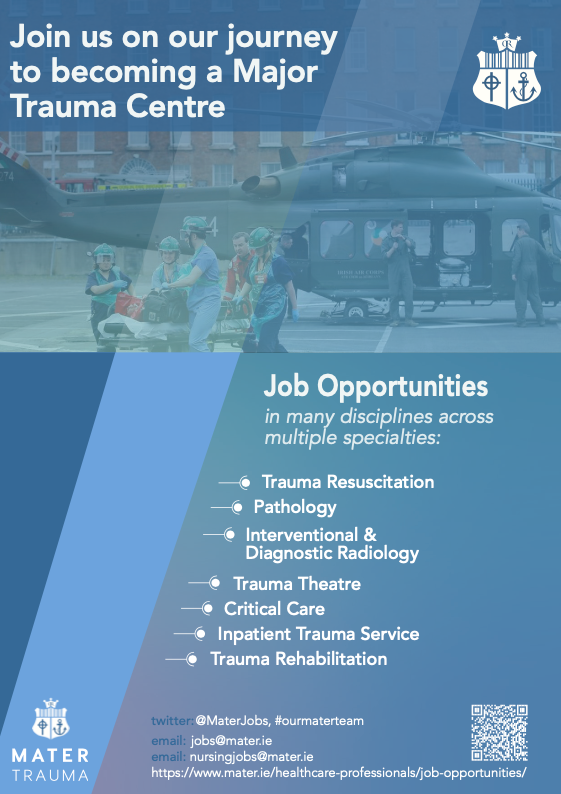
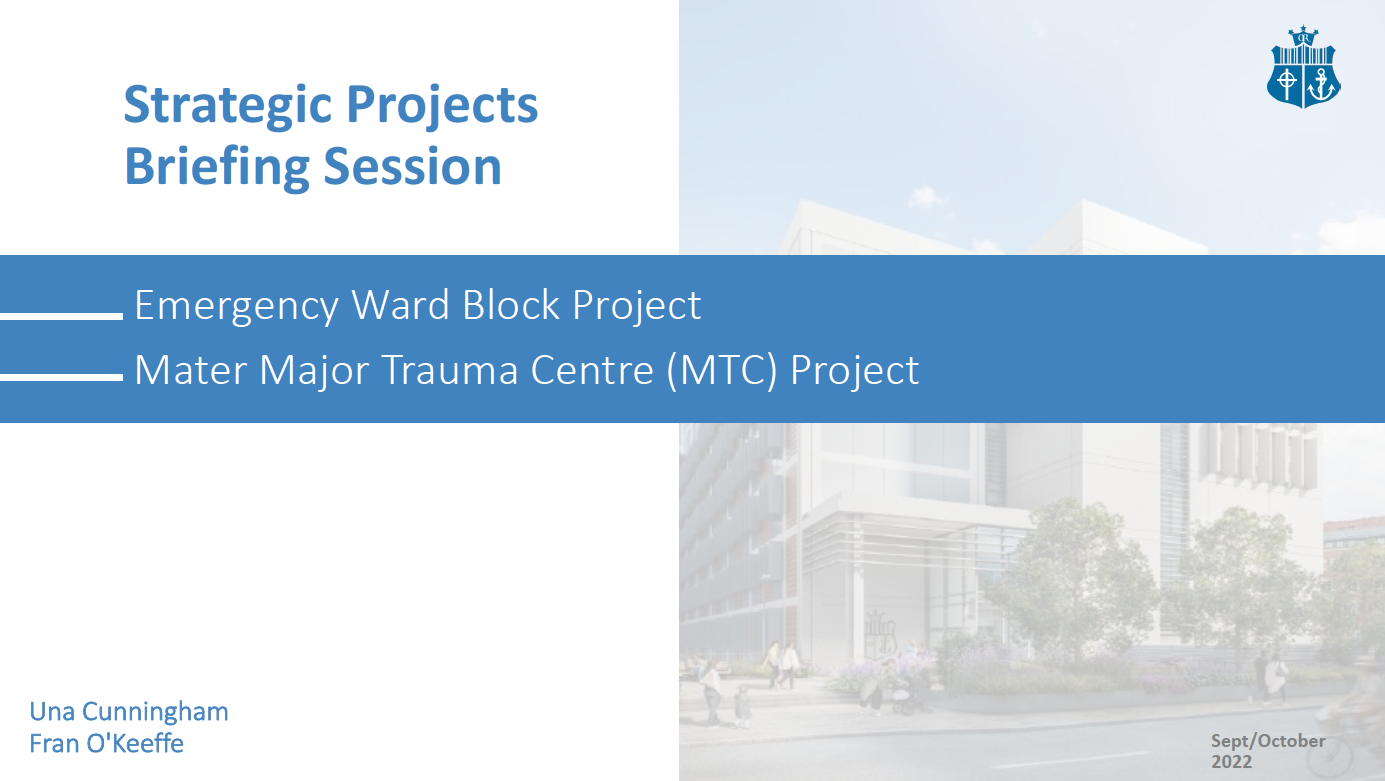
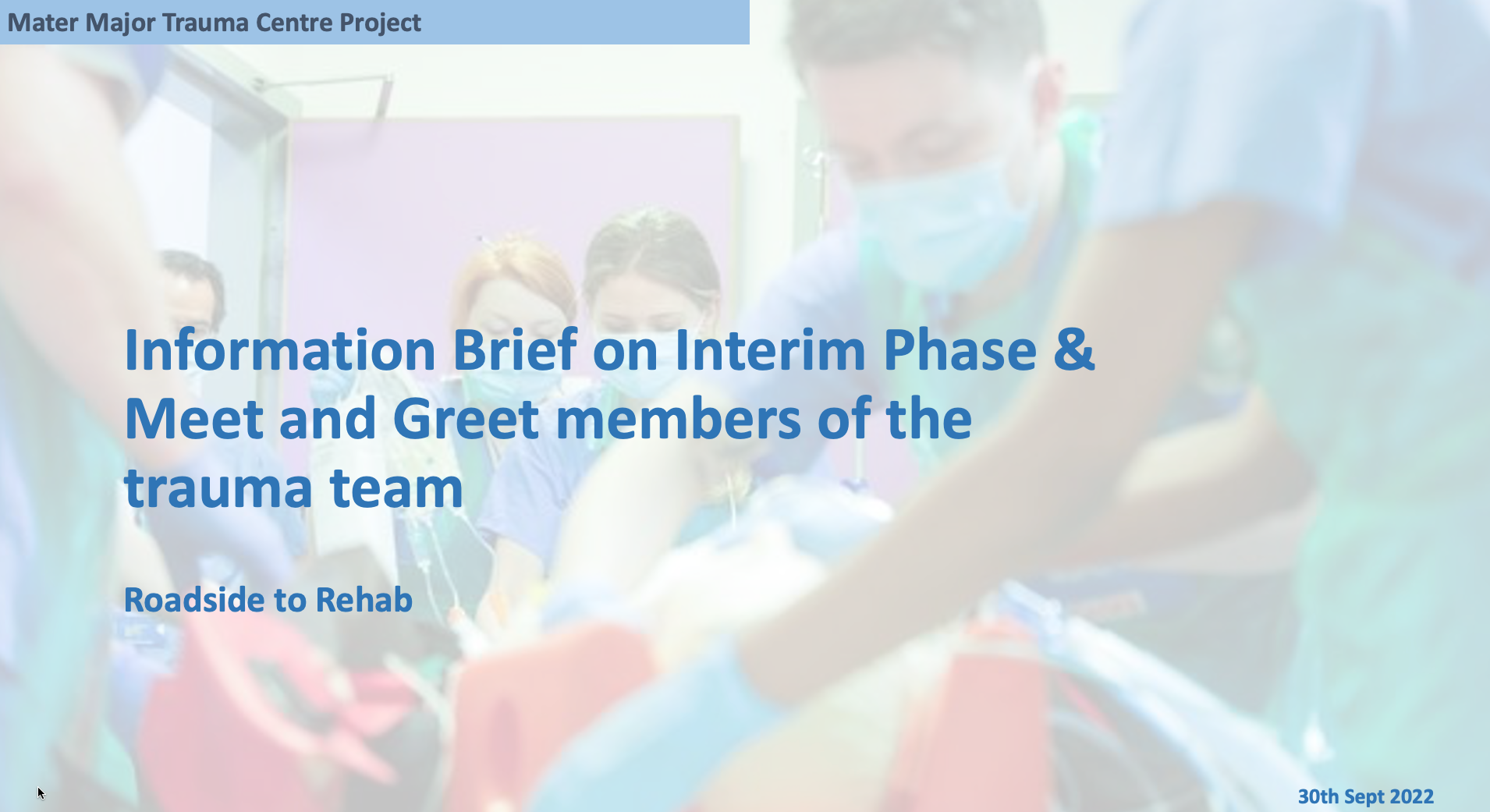
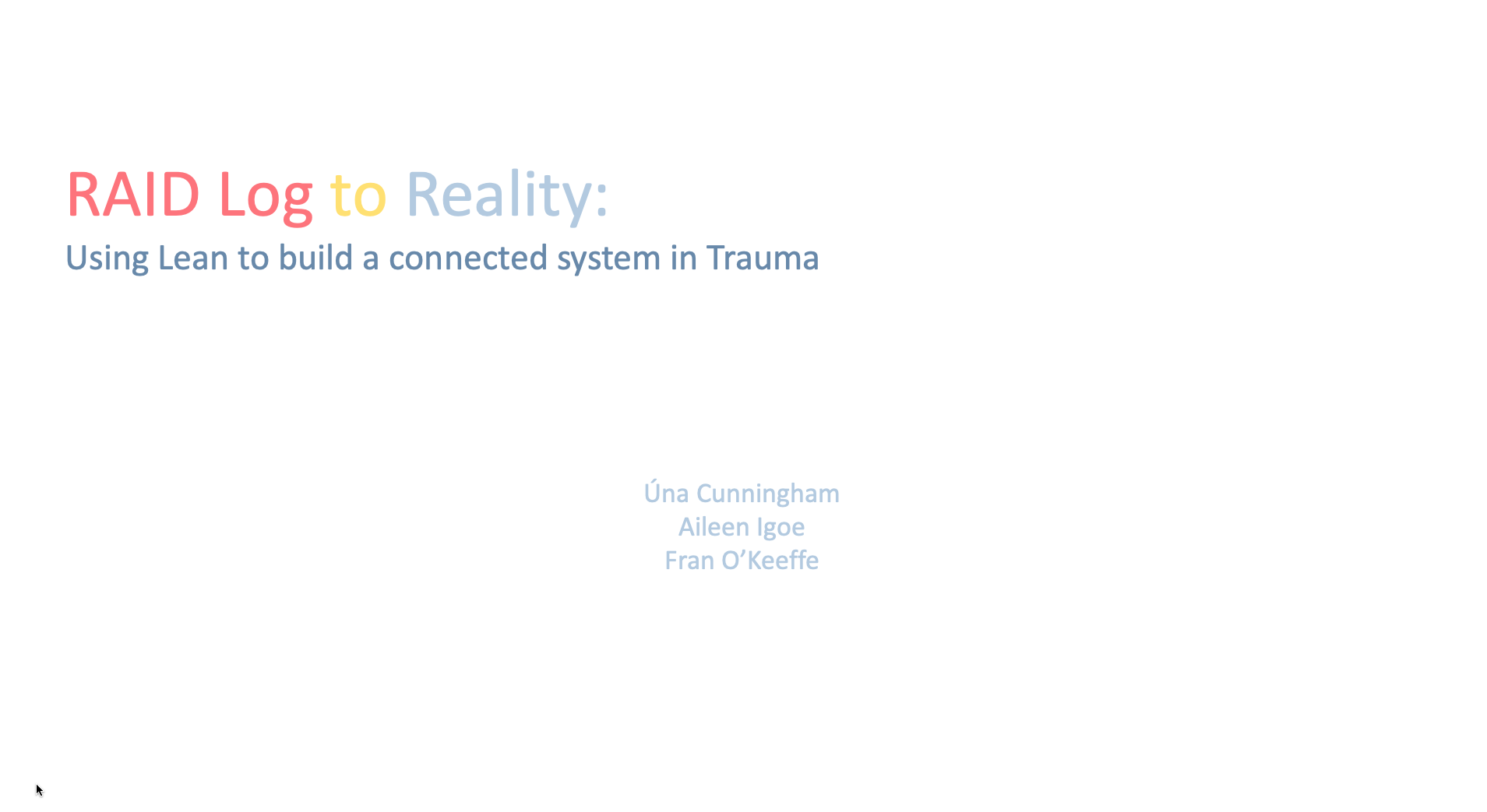
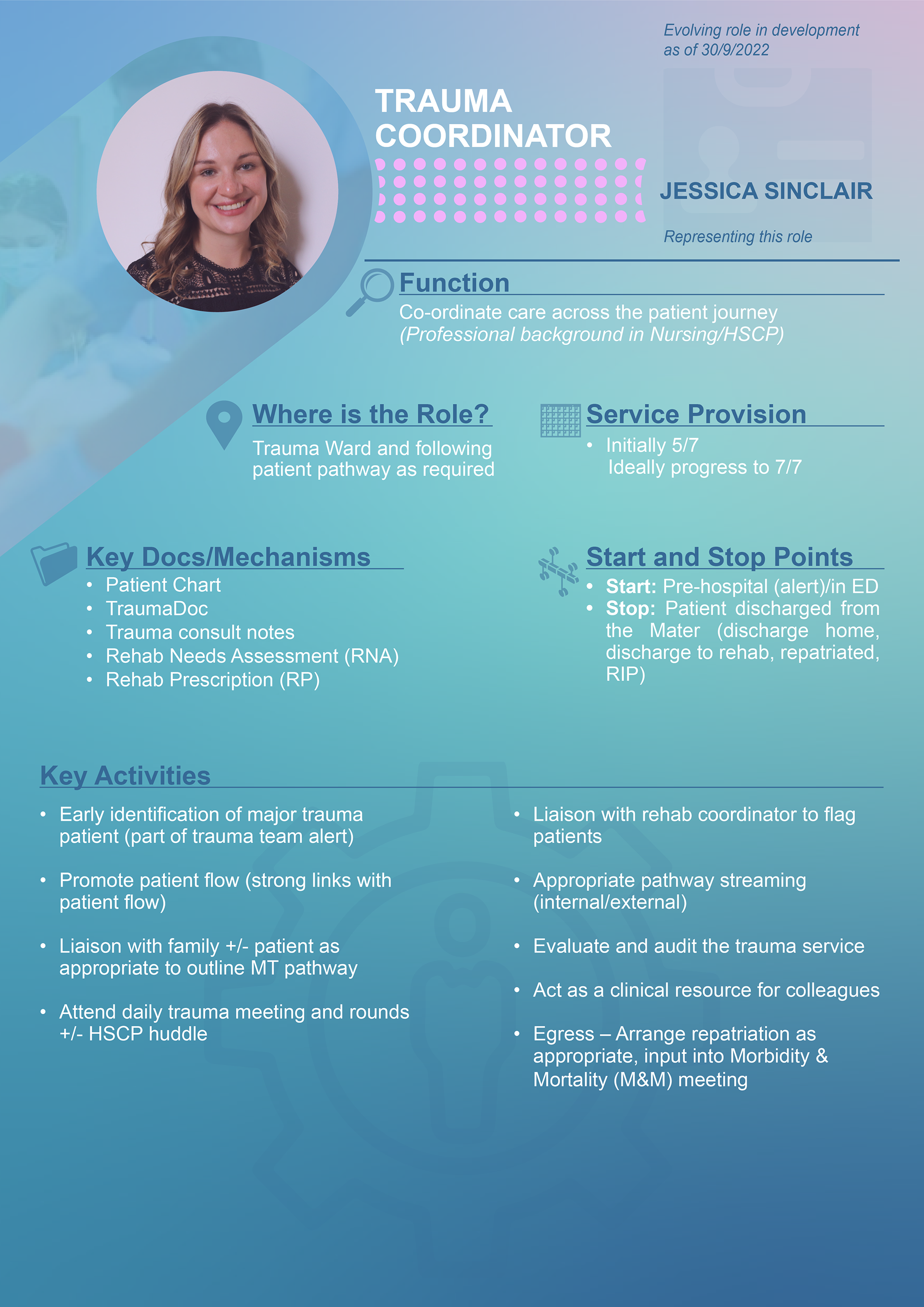
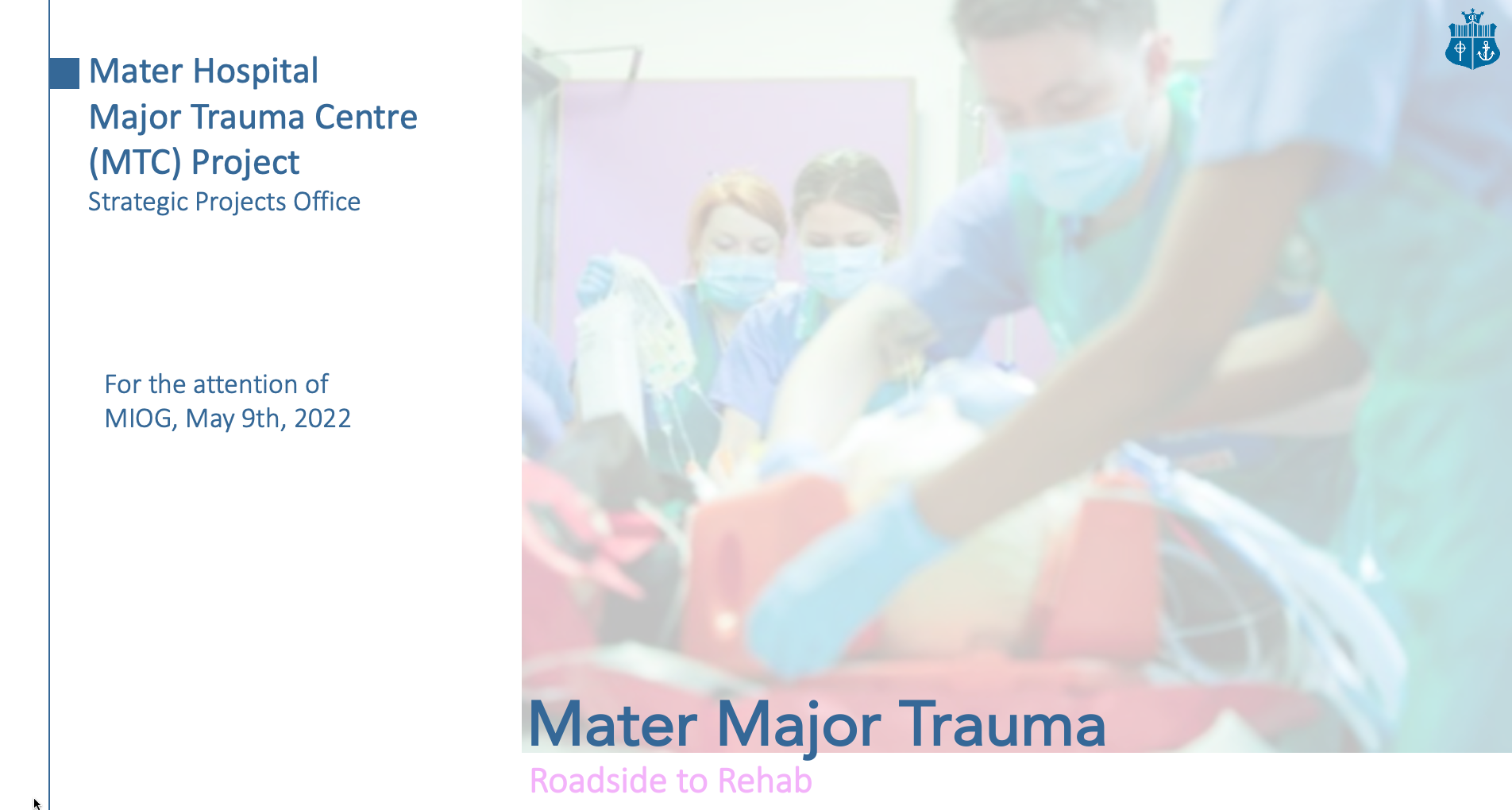
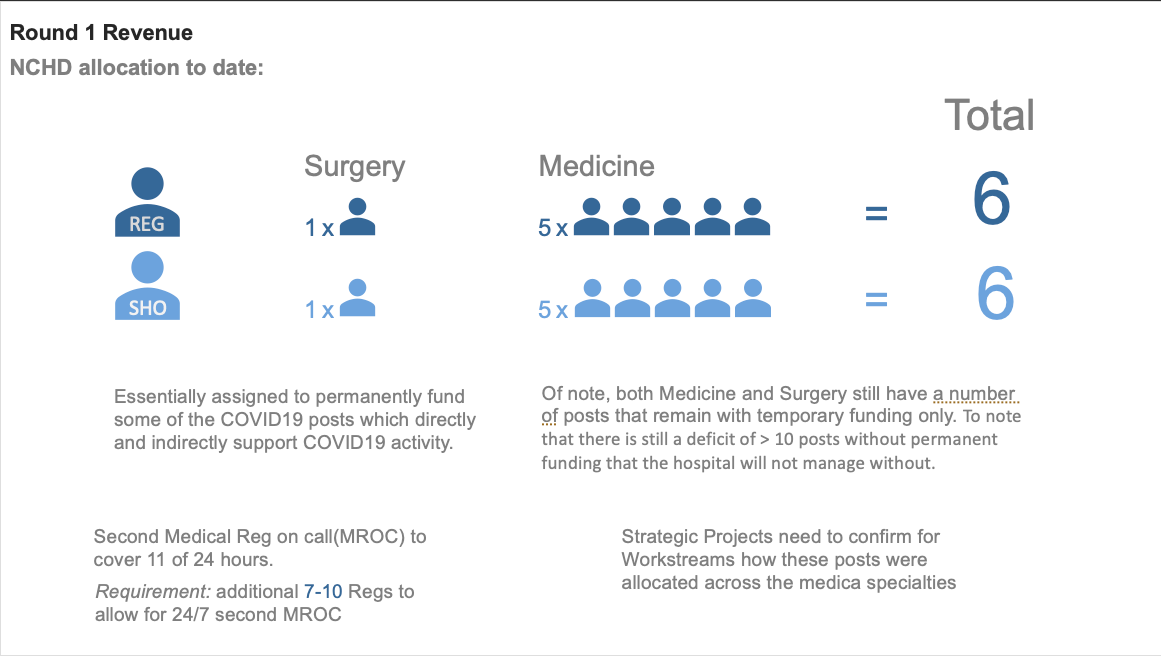
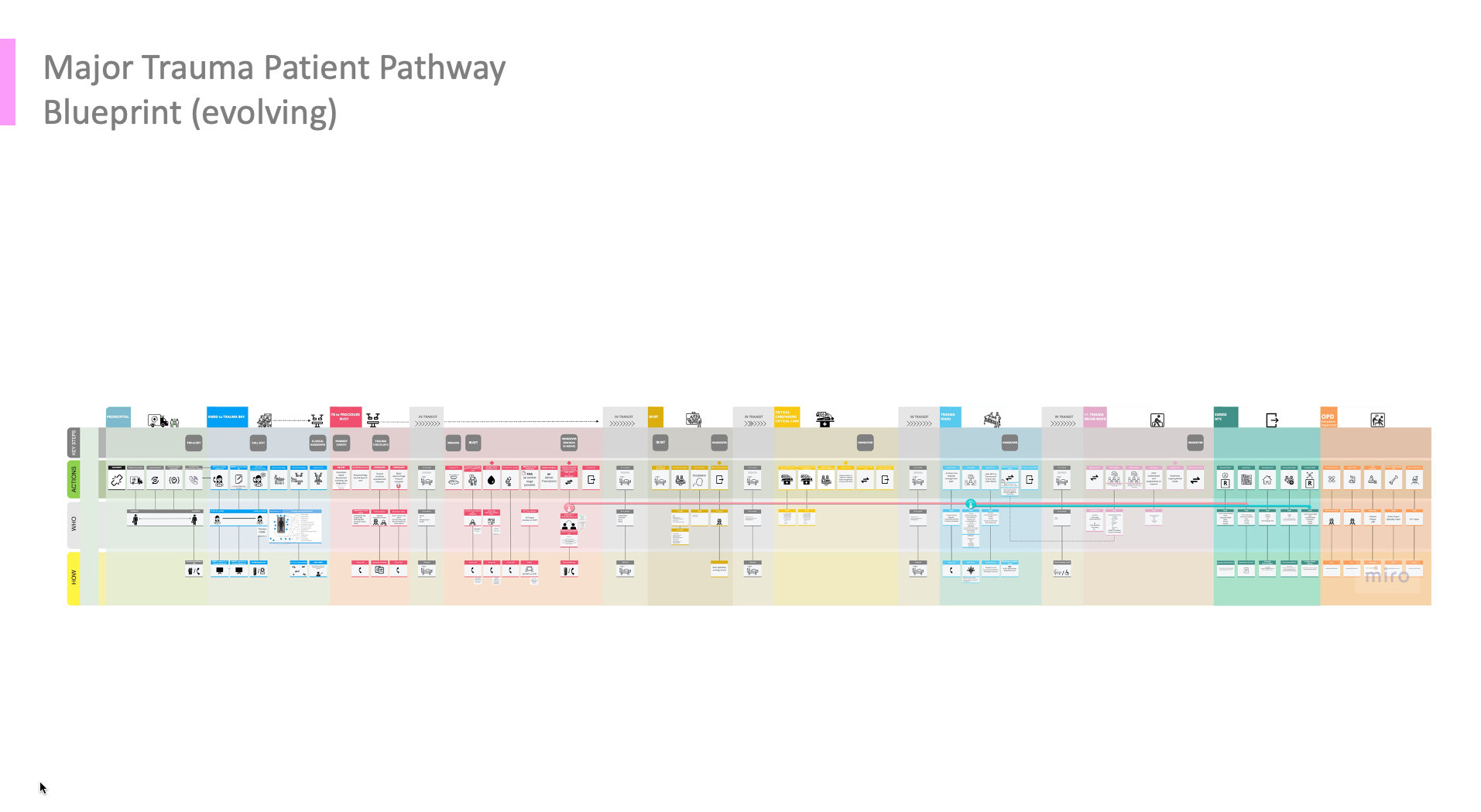
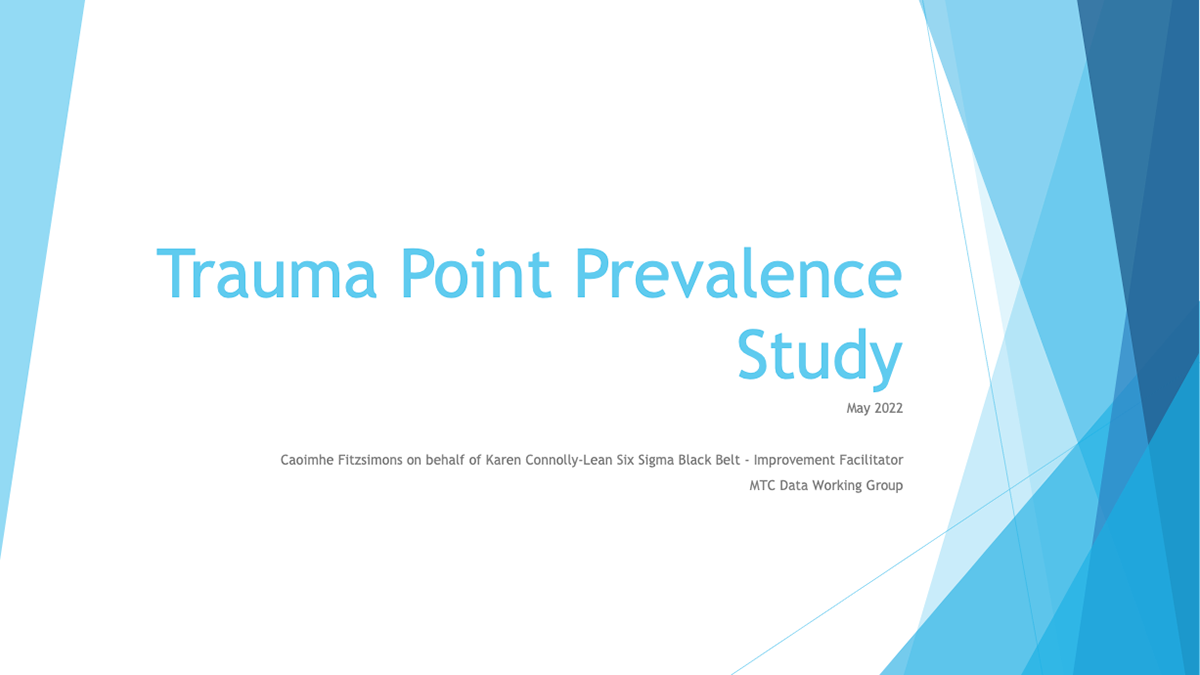
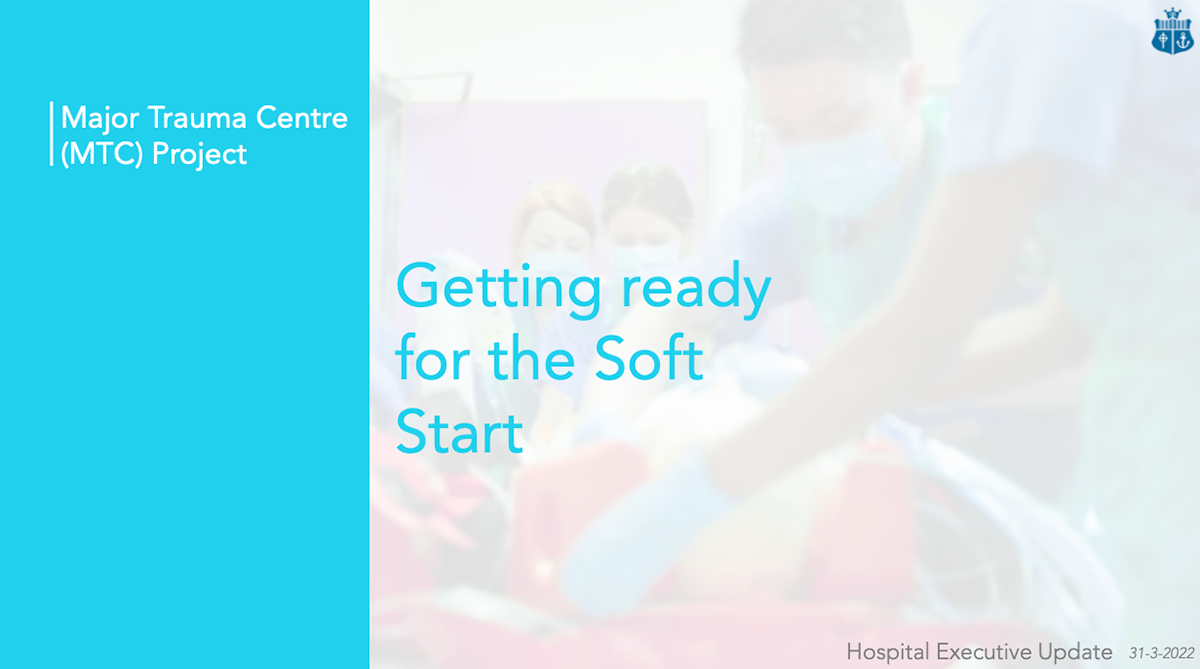
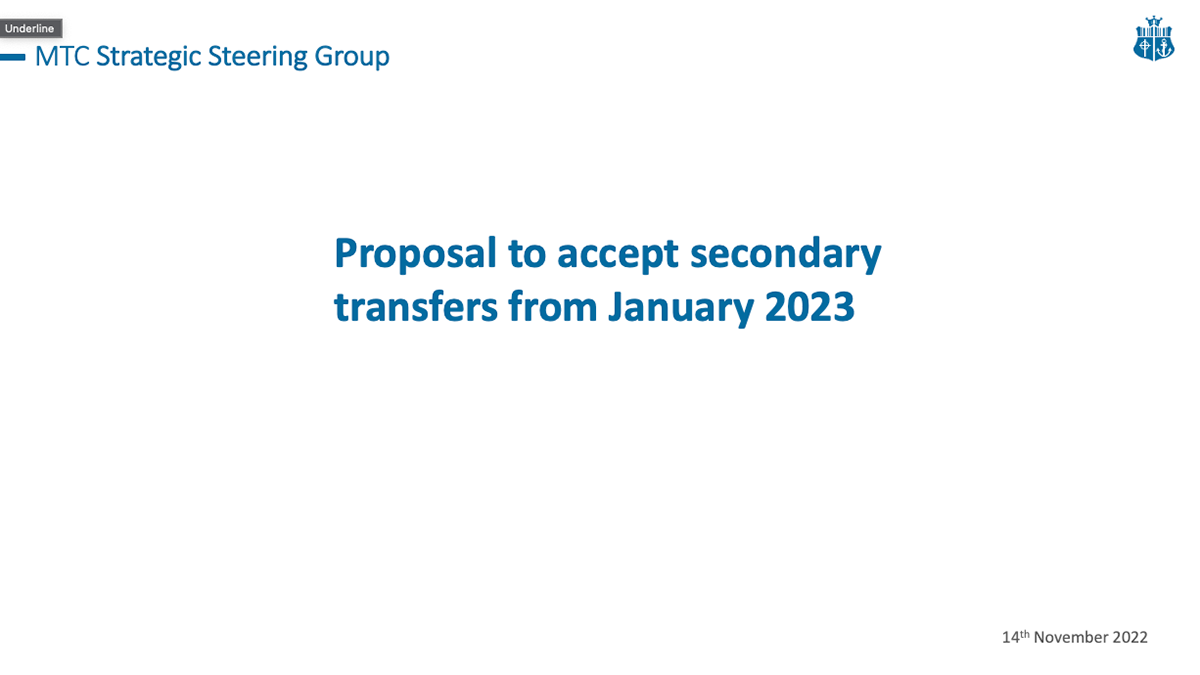
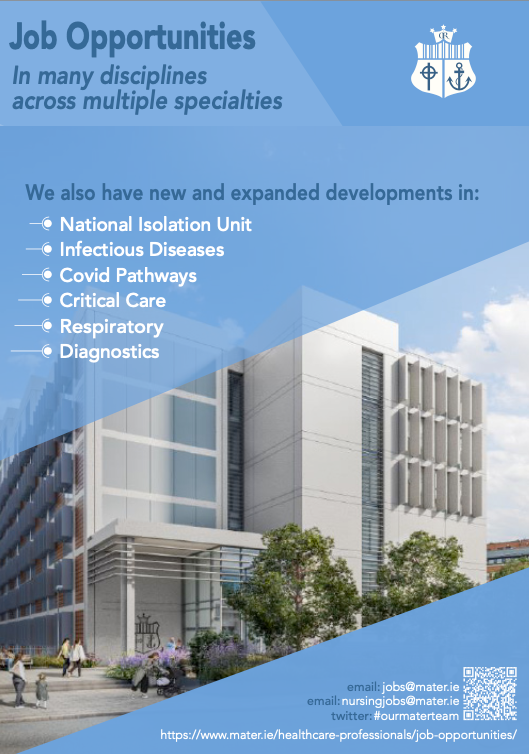
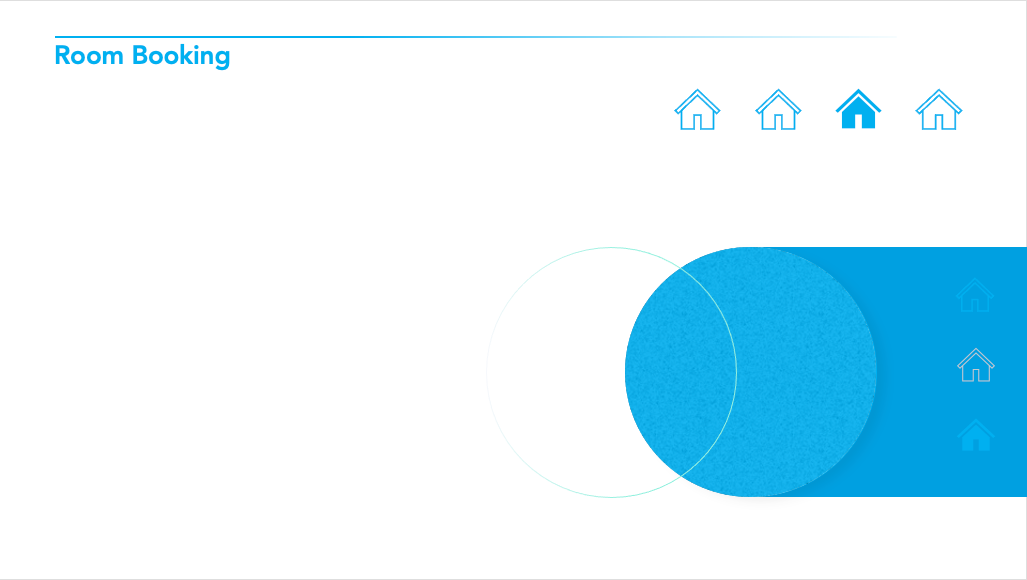
______________________________________________________
______________________________________________________
Design Sprint
Overview
Type:Project Management | Duration:5 Weeks | Client:HSE/Mater Hospital
Role: Project Manager/Senior Designer
During the Major Trauma project I co-led 12 masters students through a 5-week design sprint. This involved project managing their timeline within the 5 week period. During all phases of the sprint I provided feedback, guidance and coordinated access to staff and patients.
Image diary of our 5-week Design Sprint
